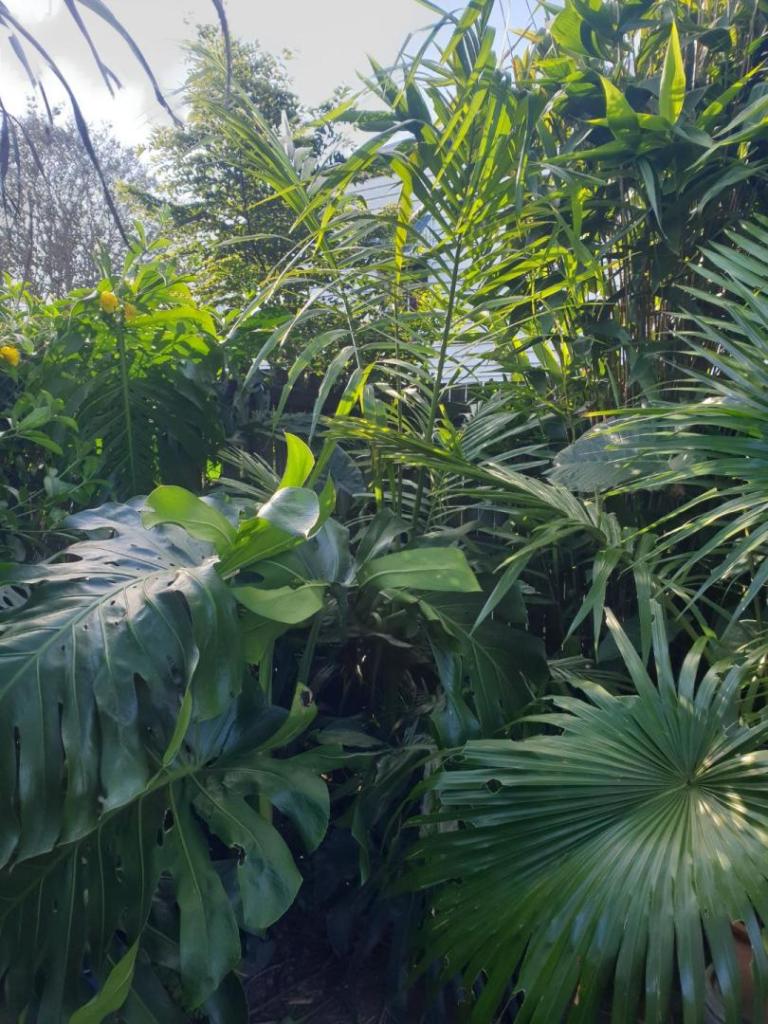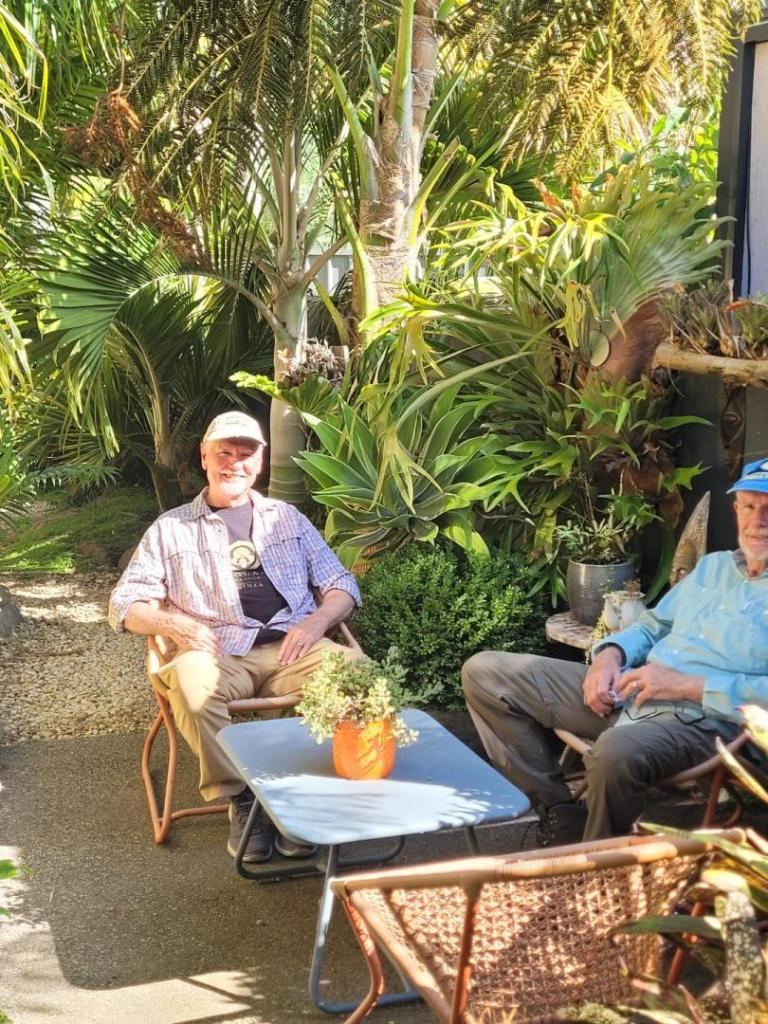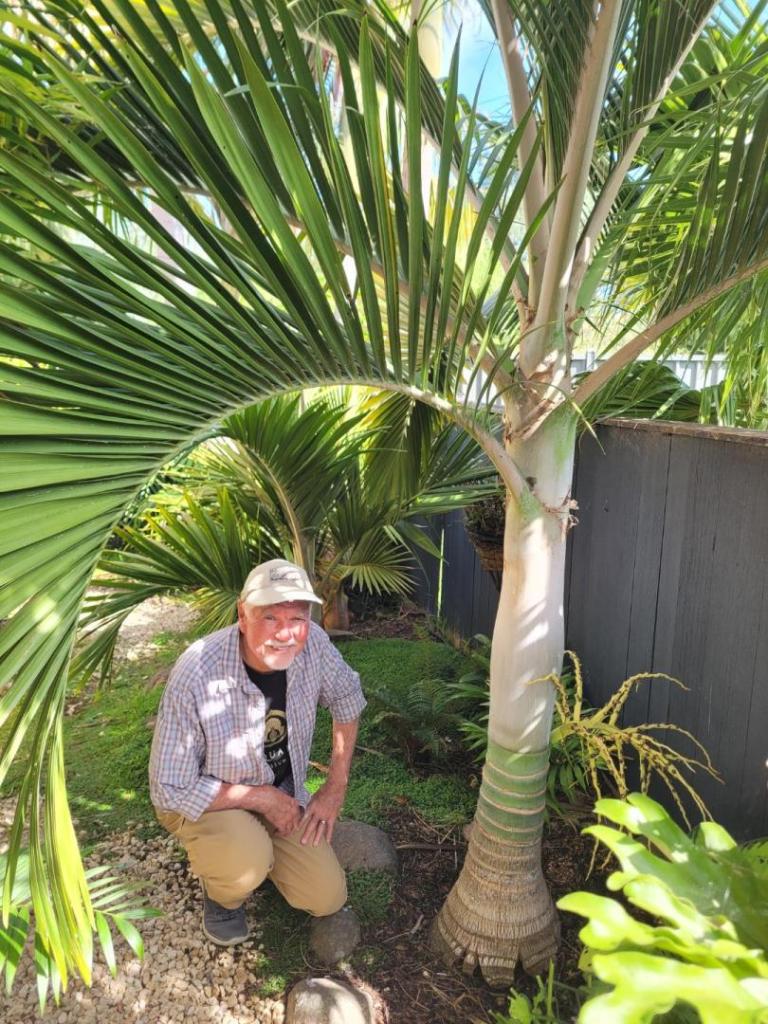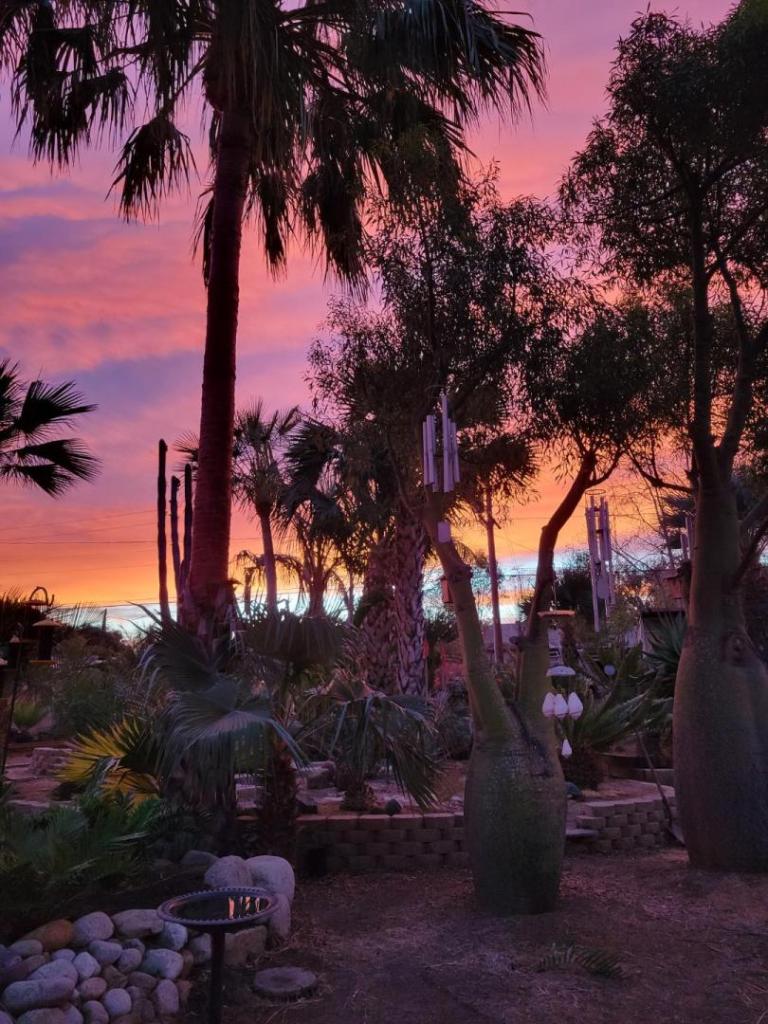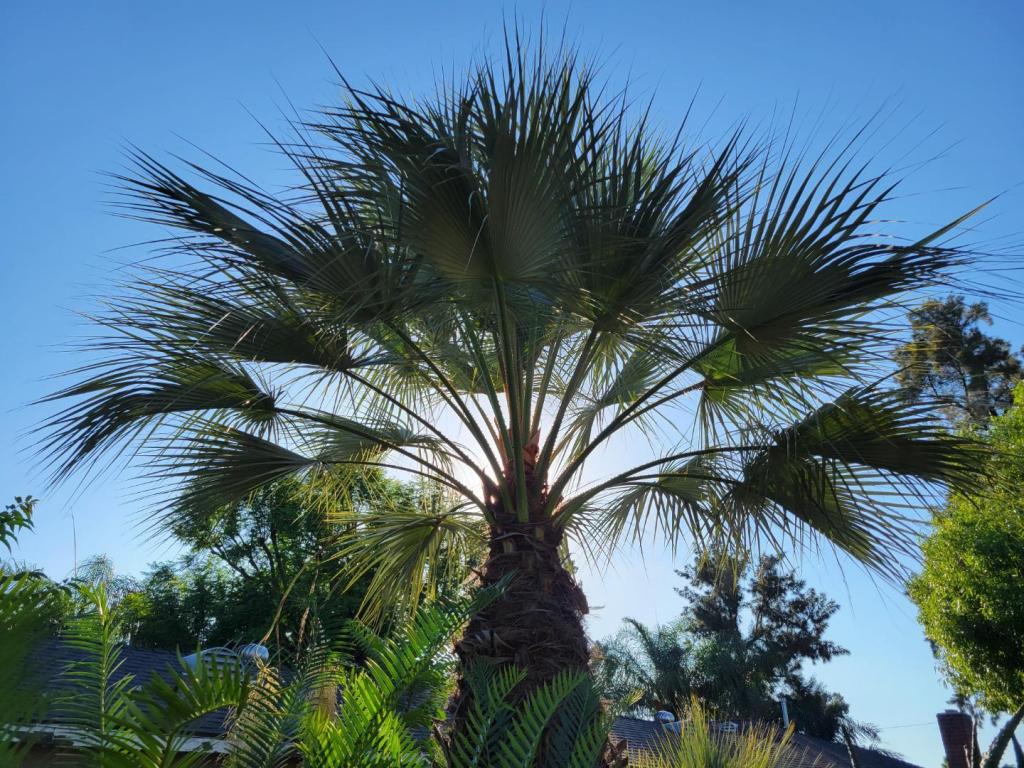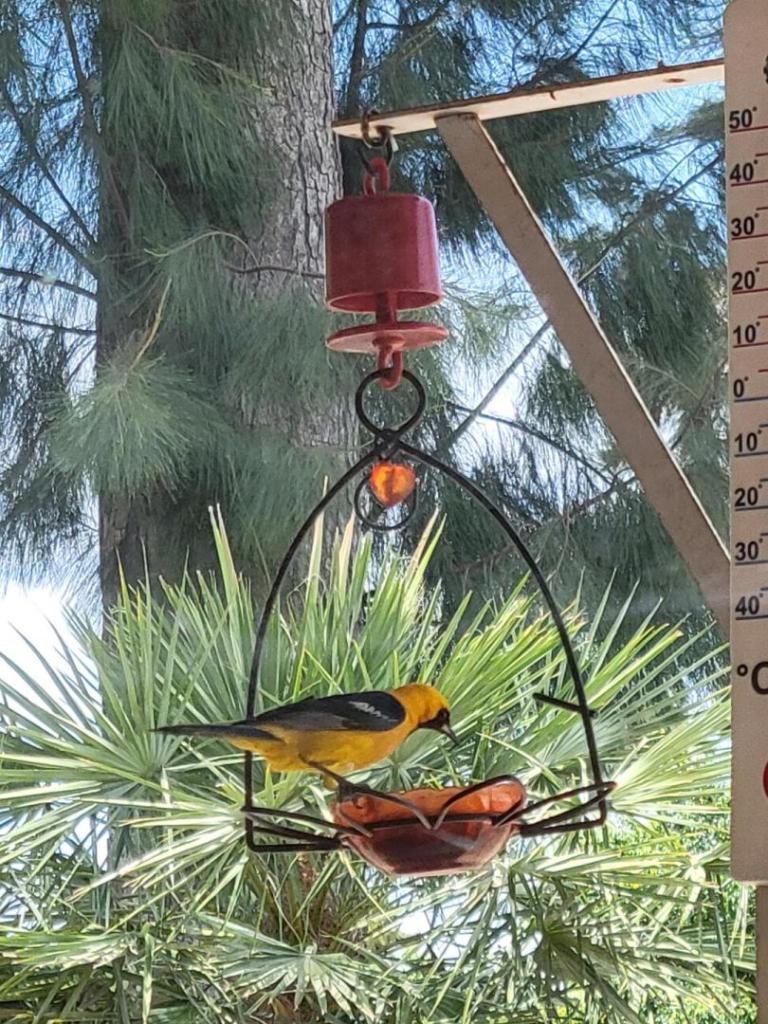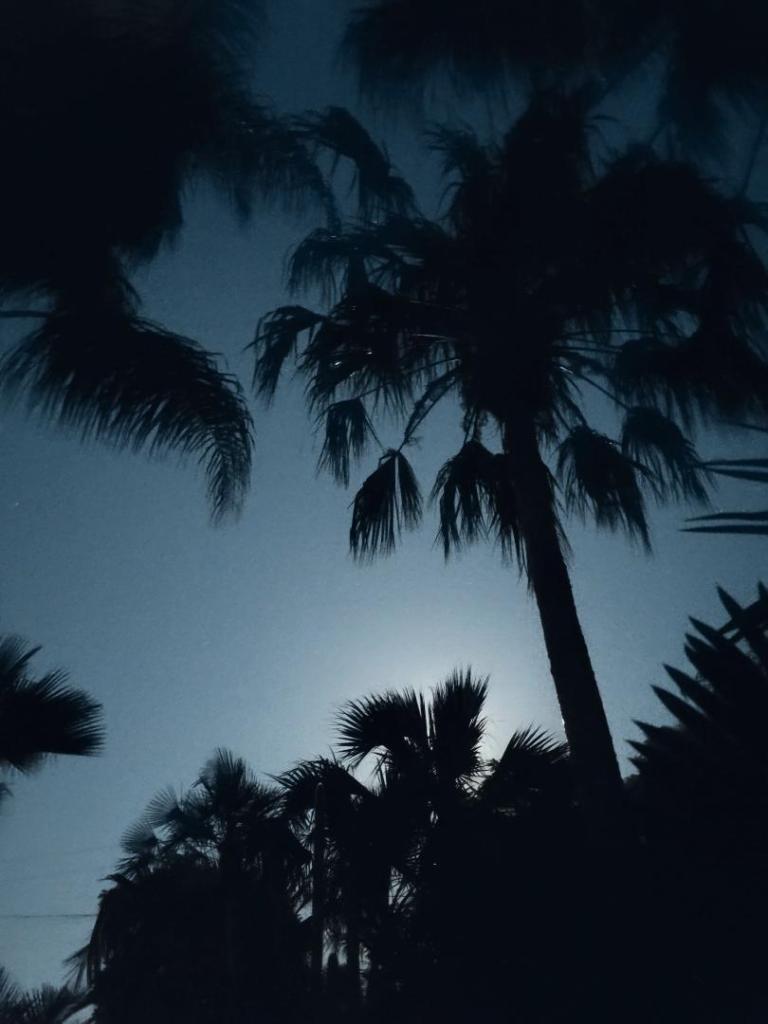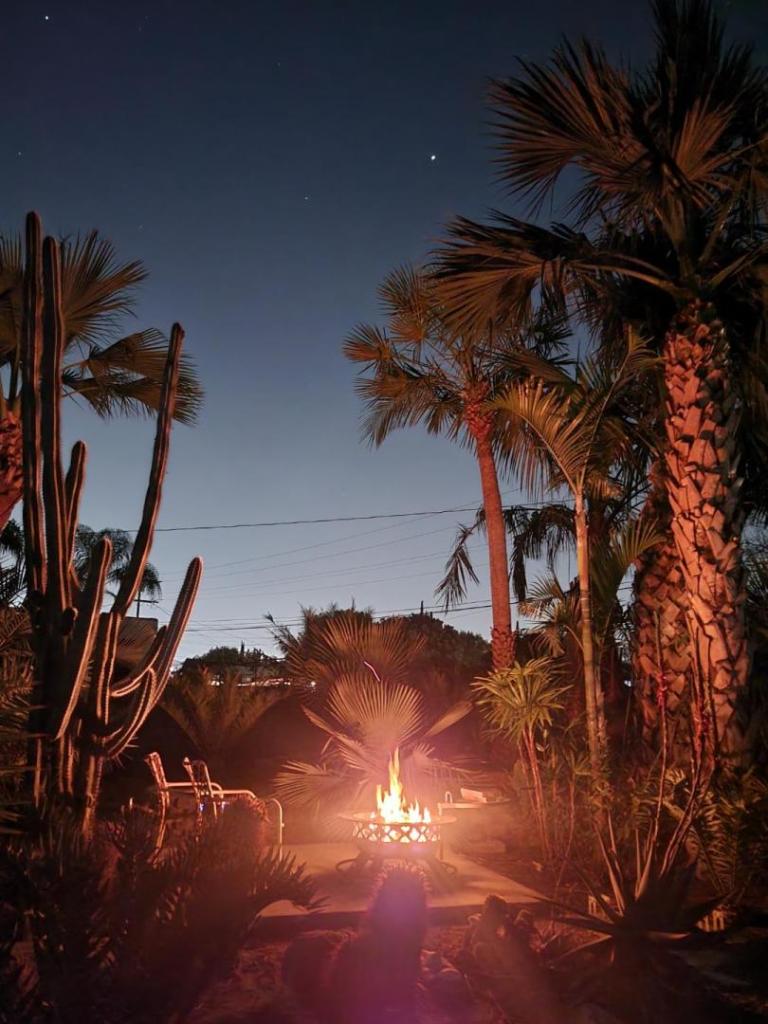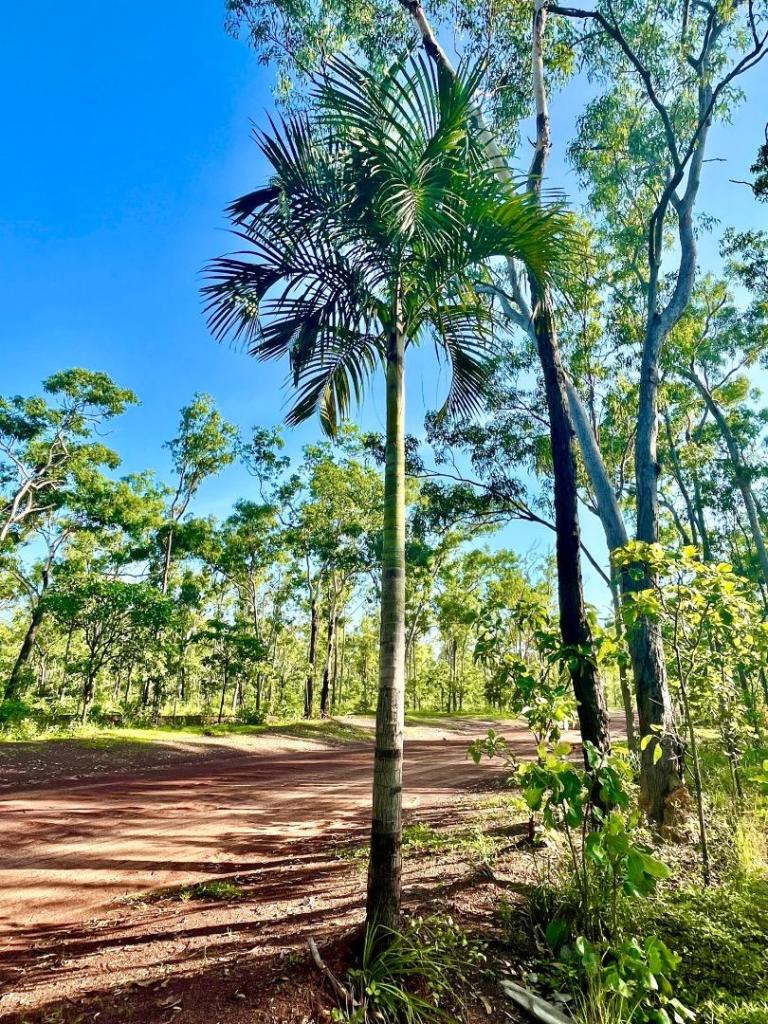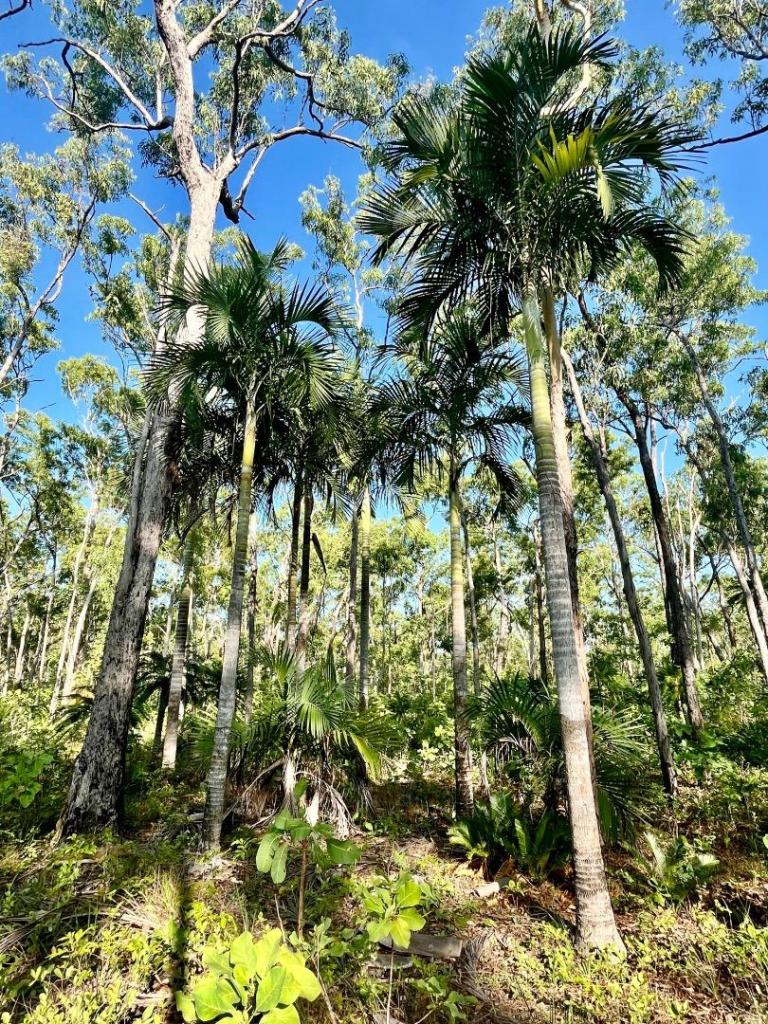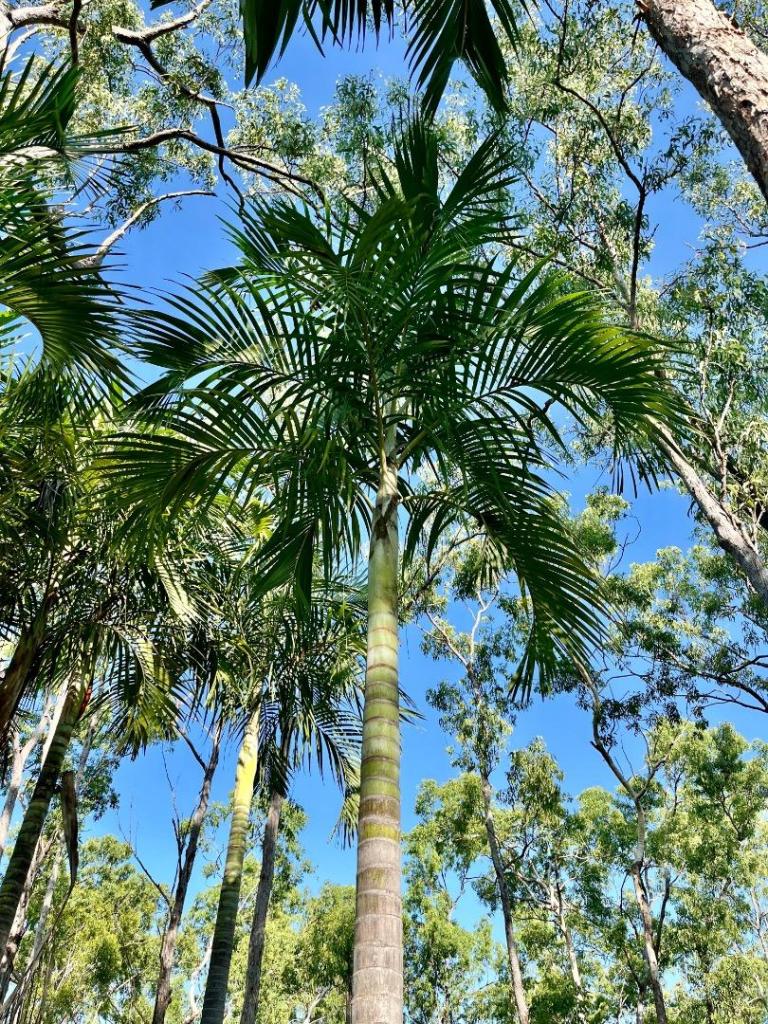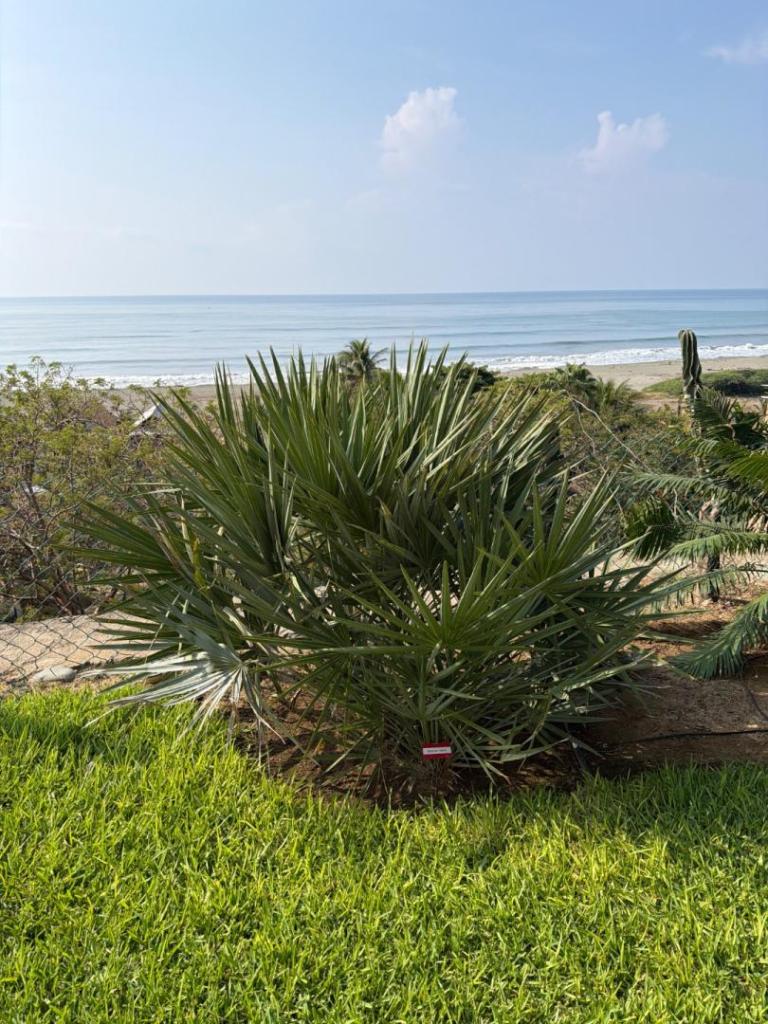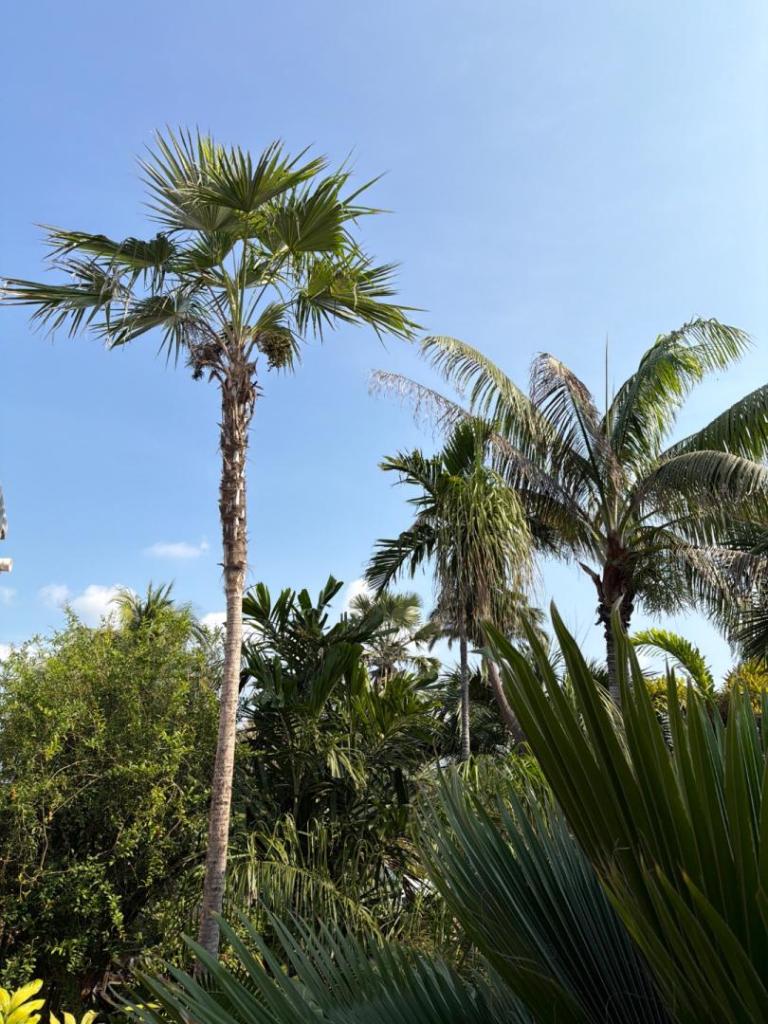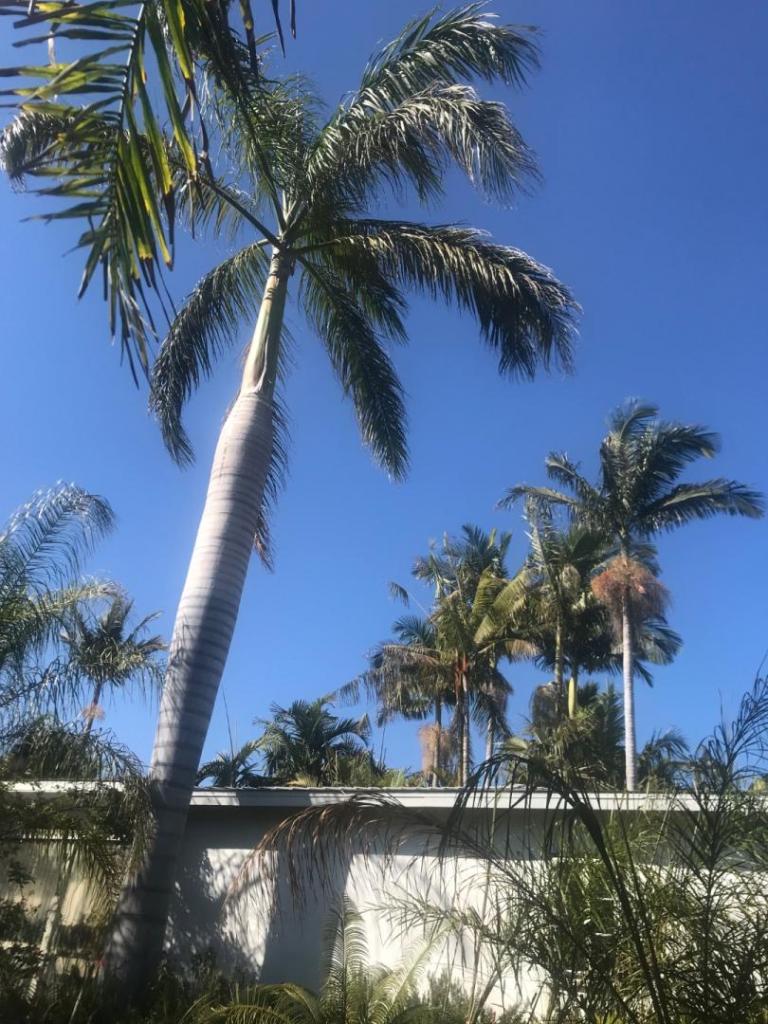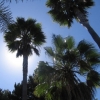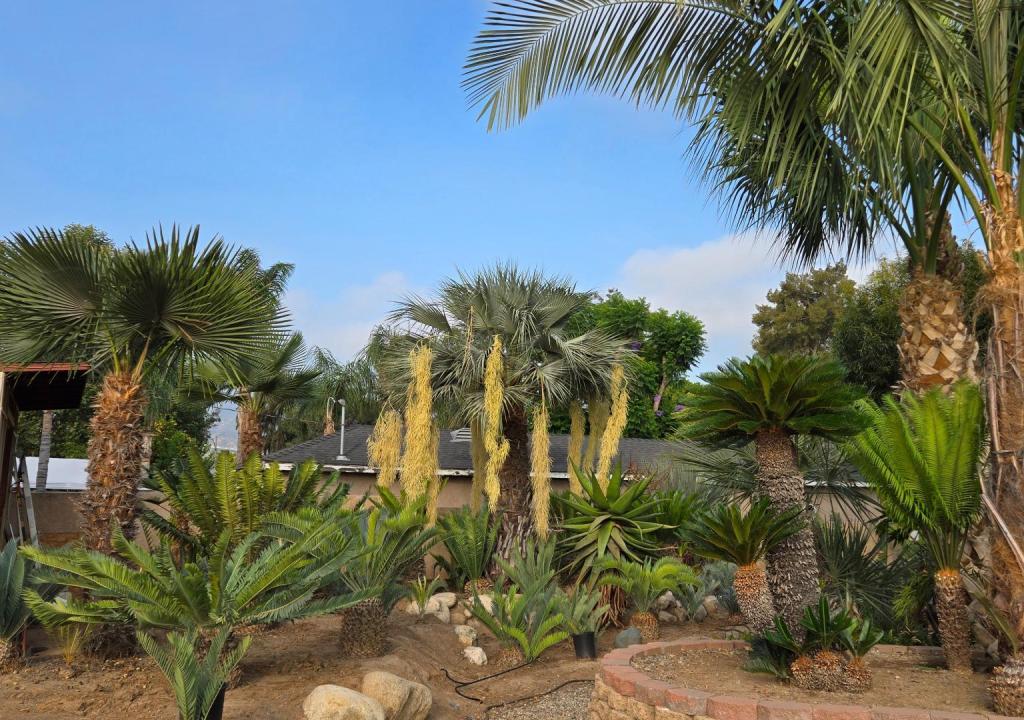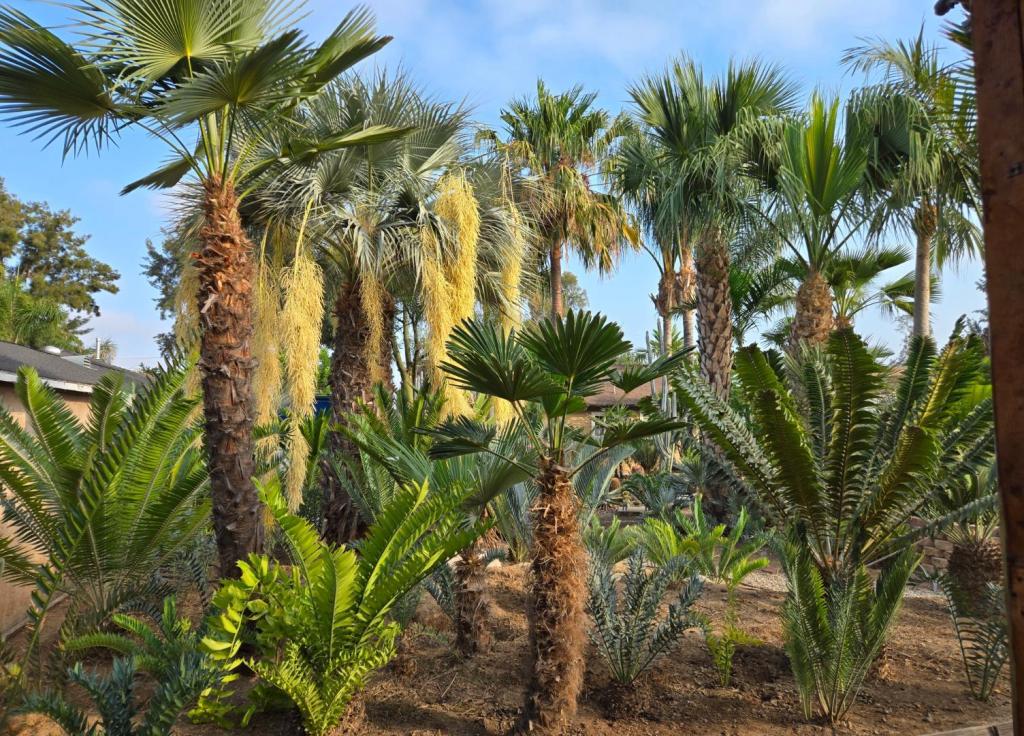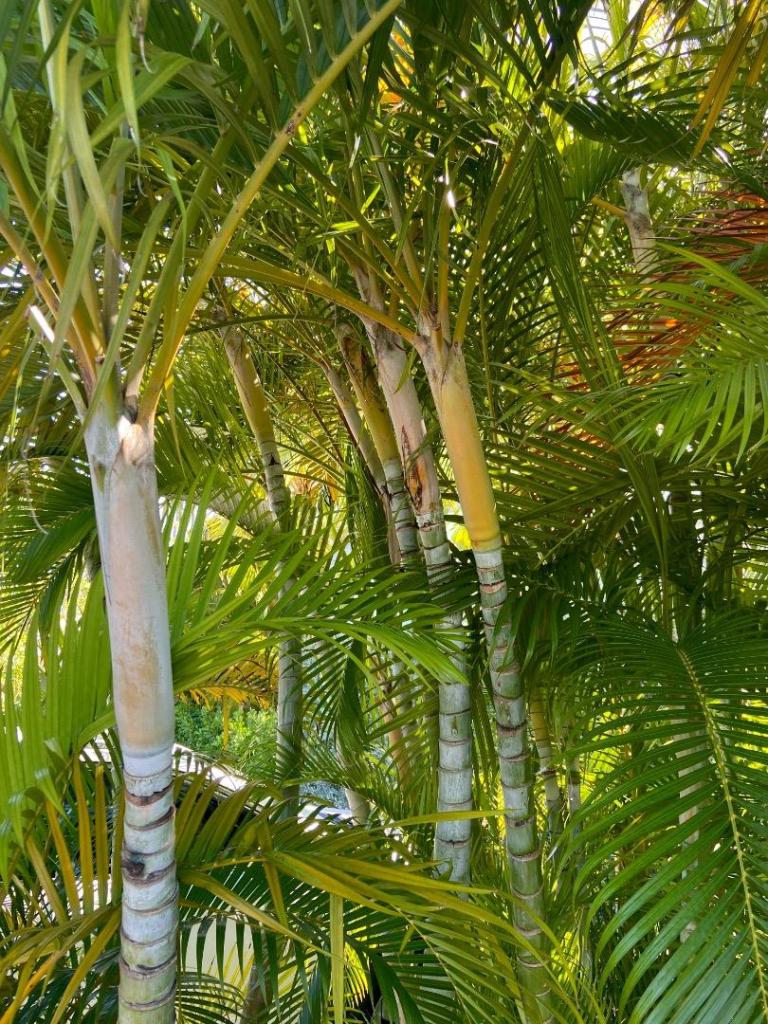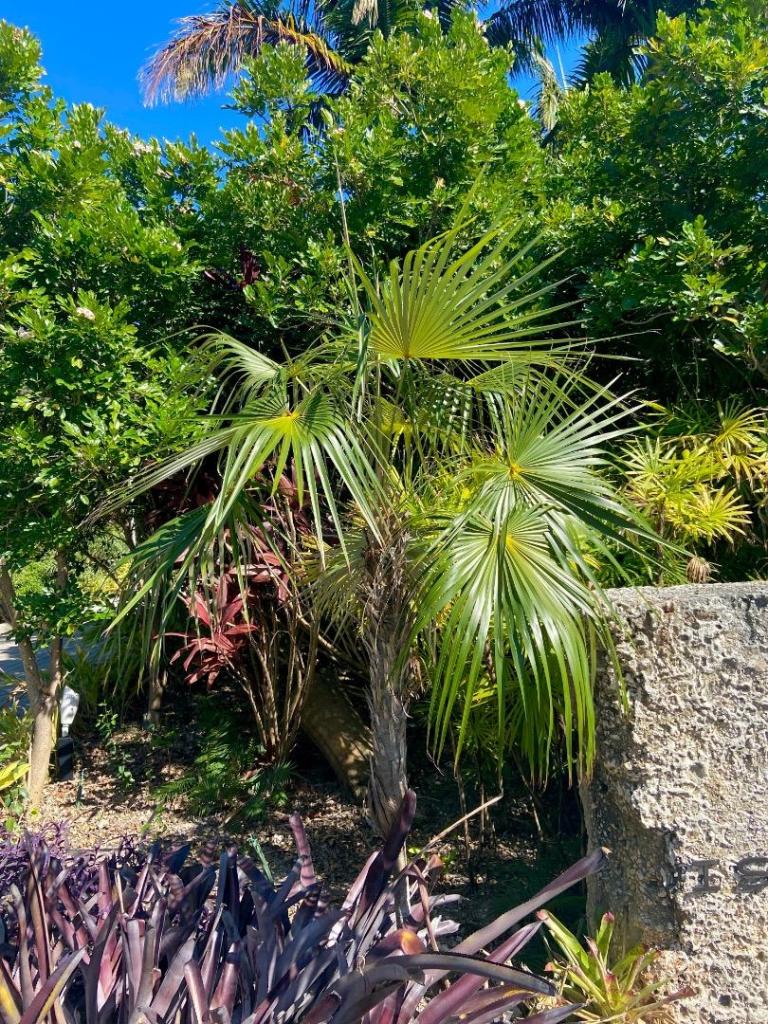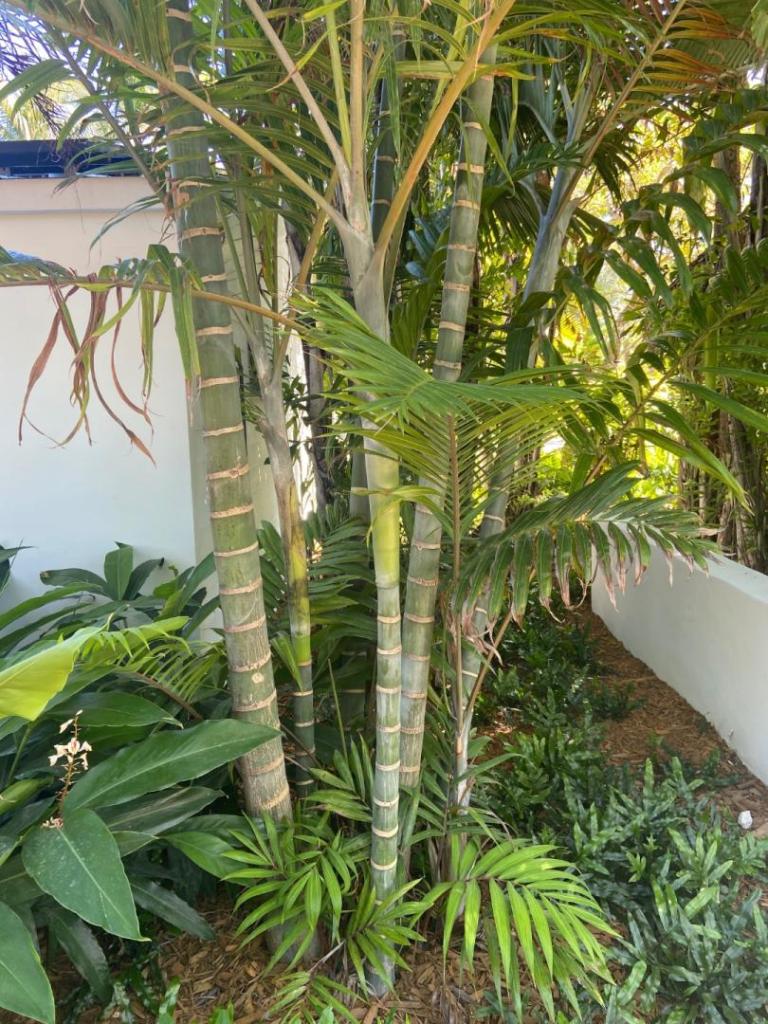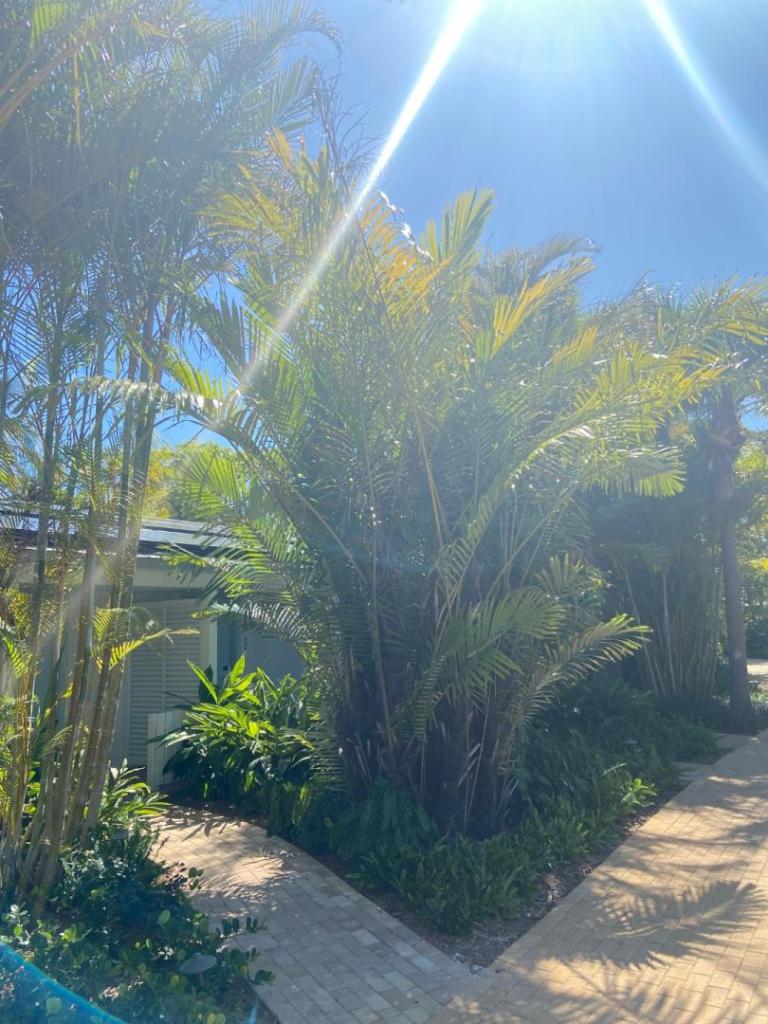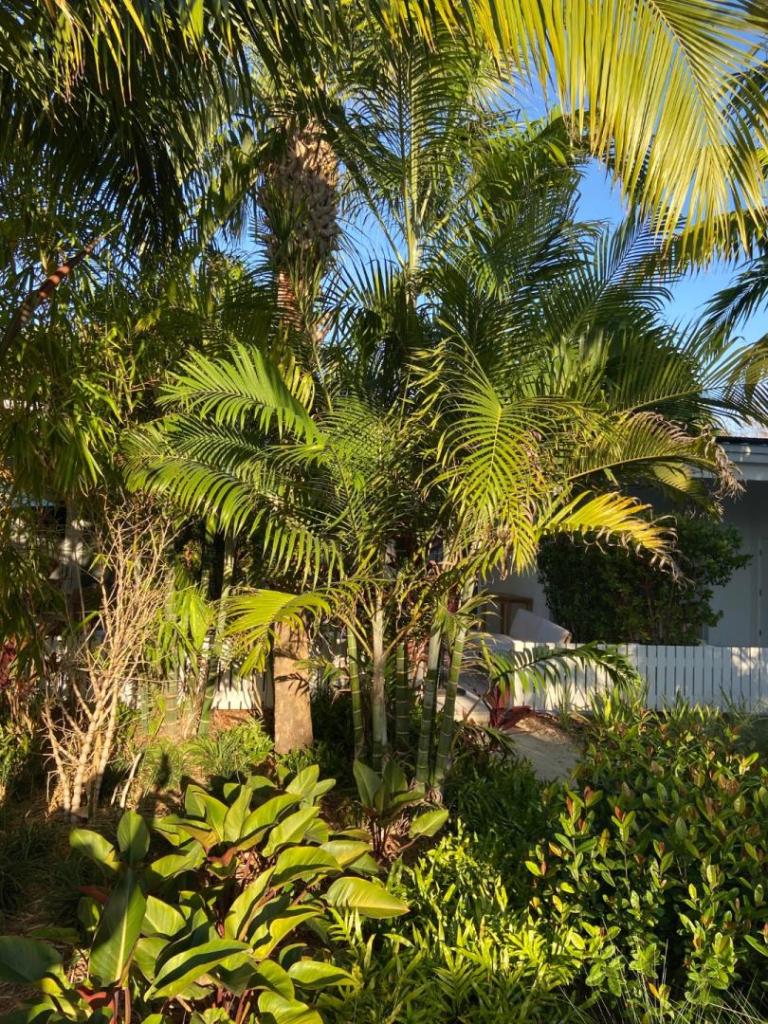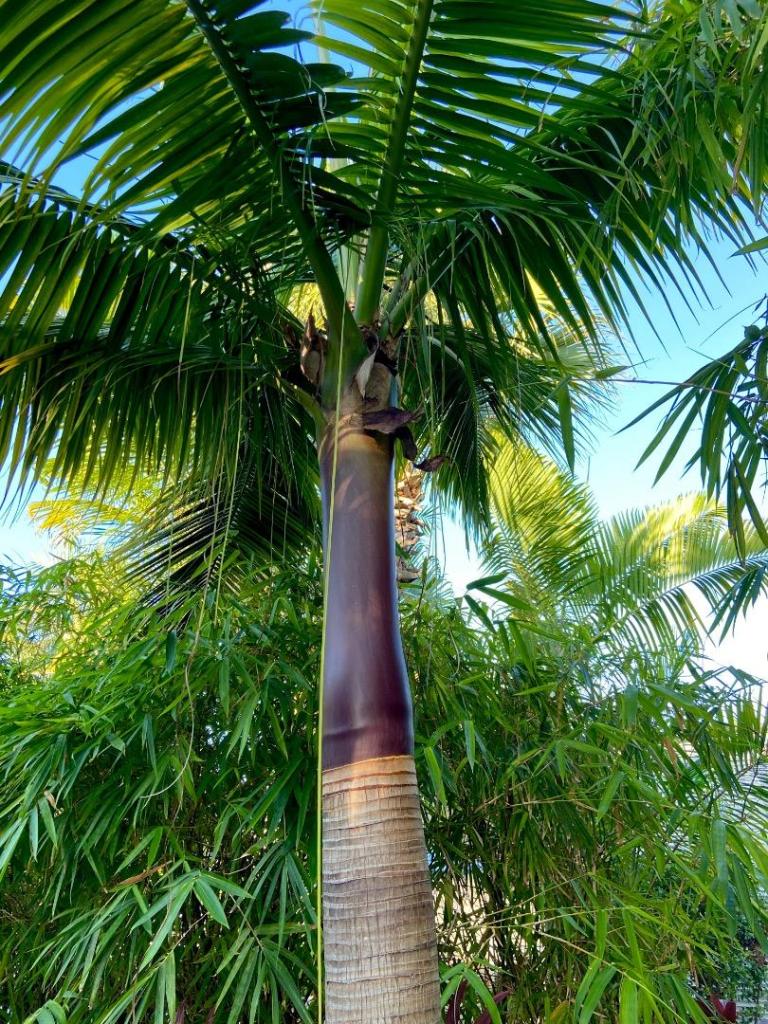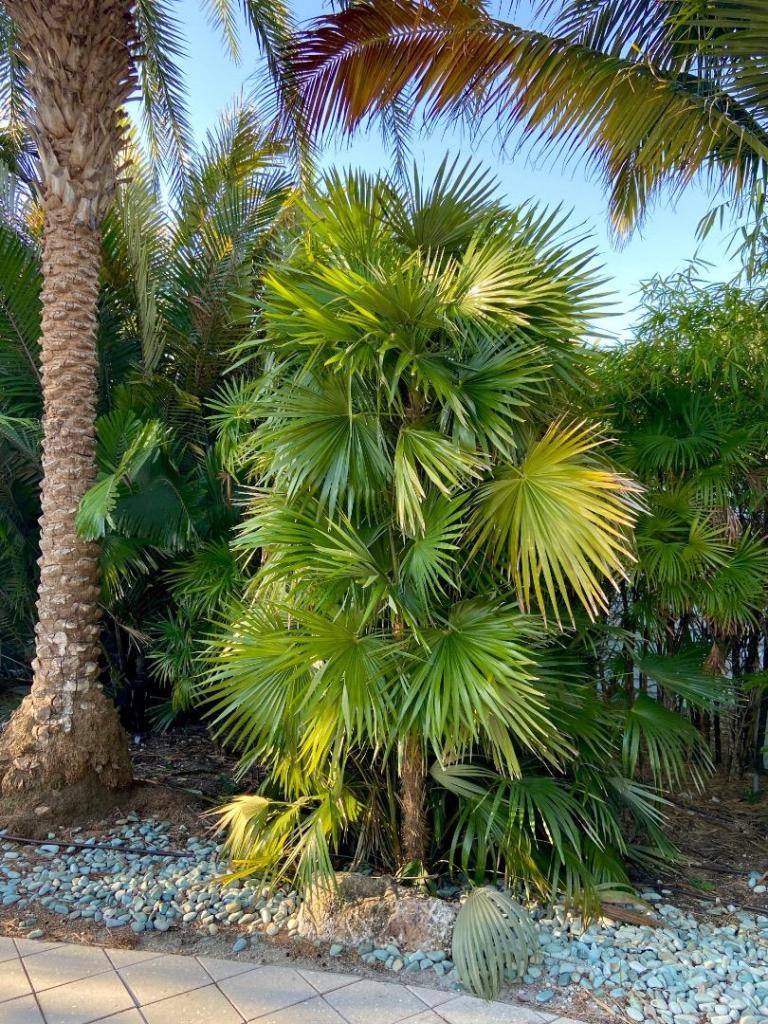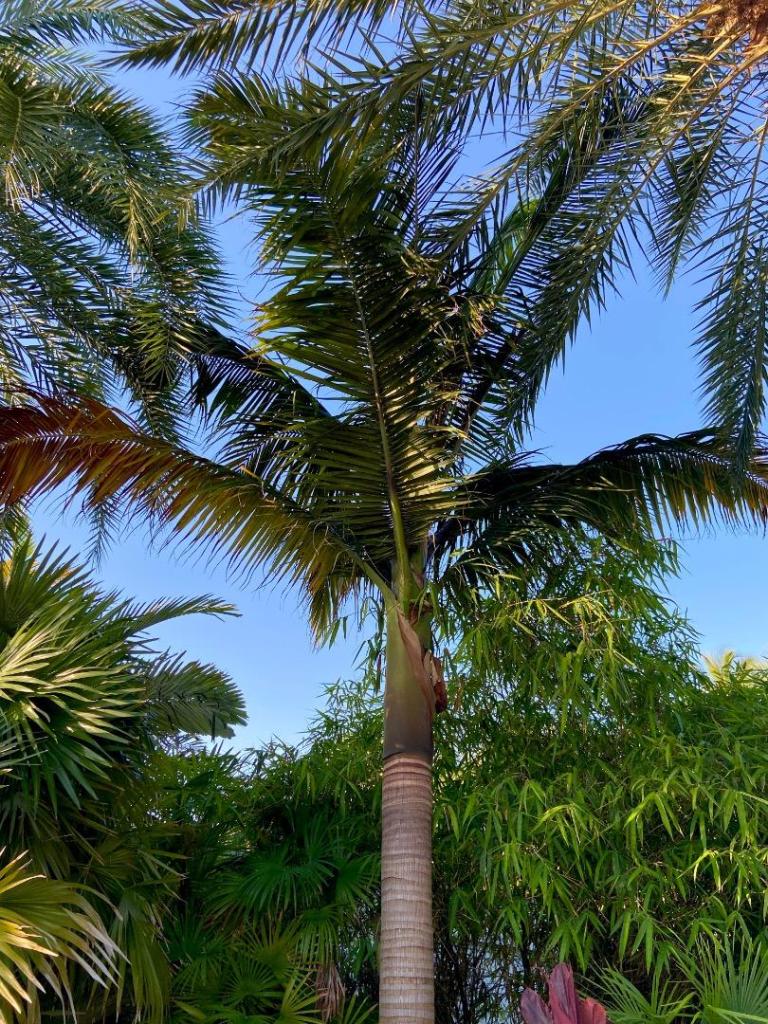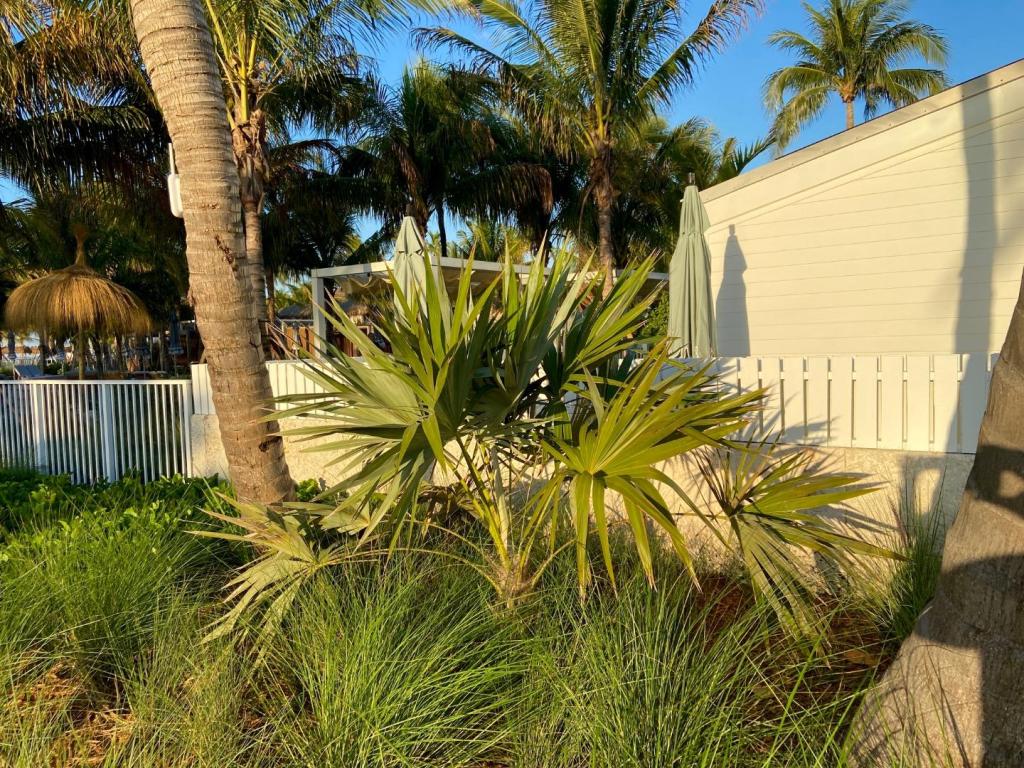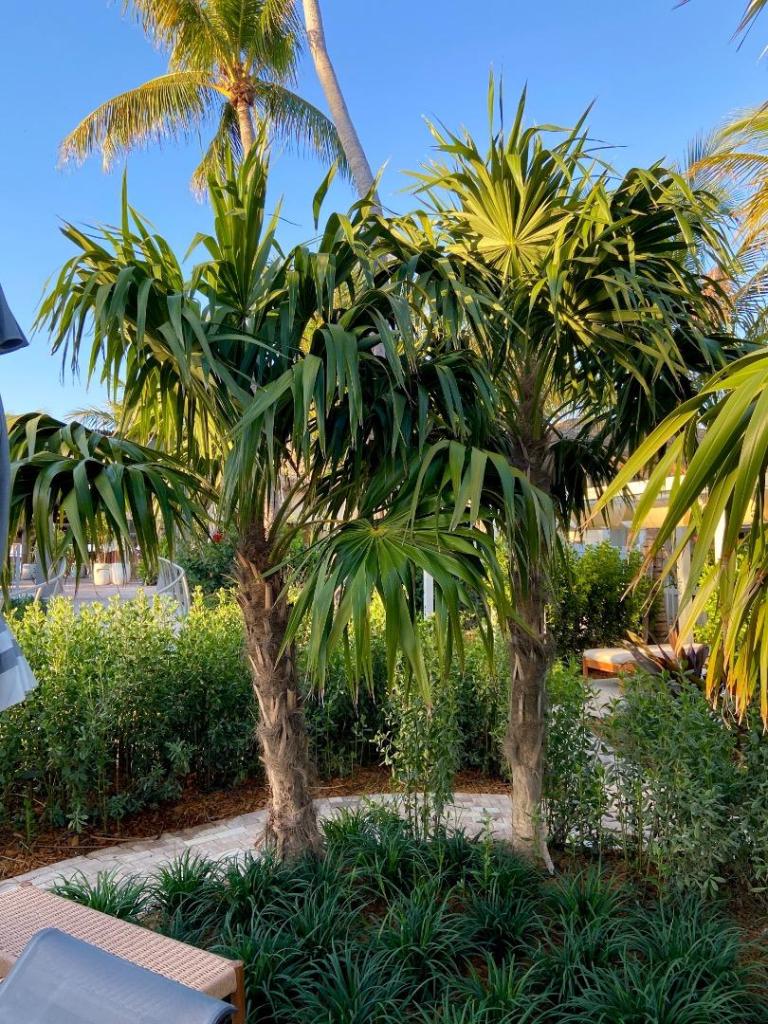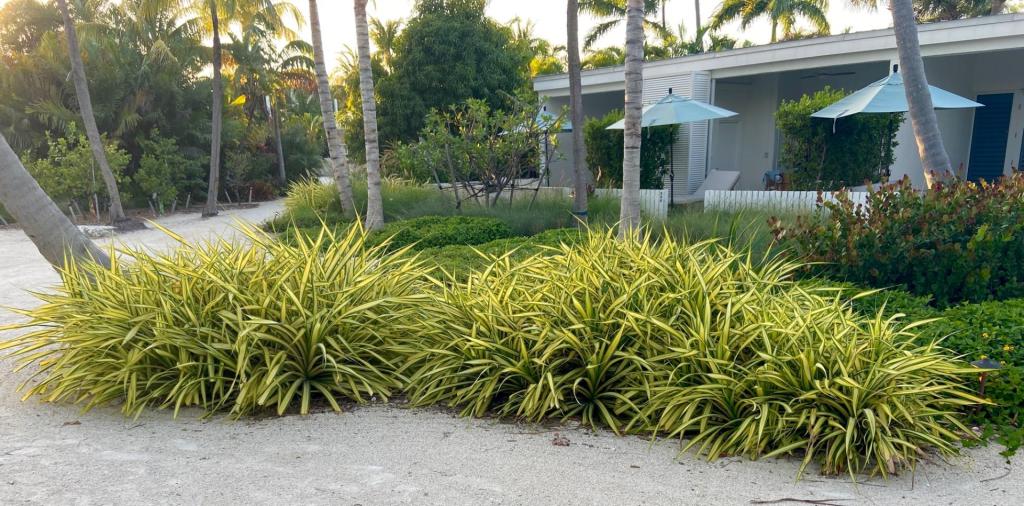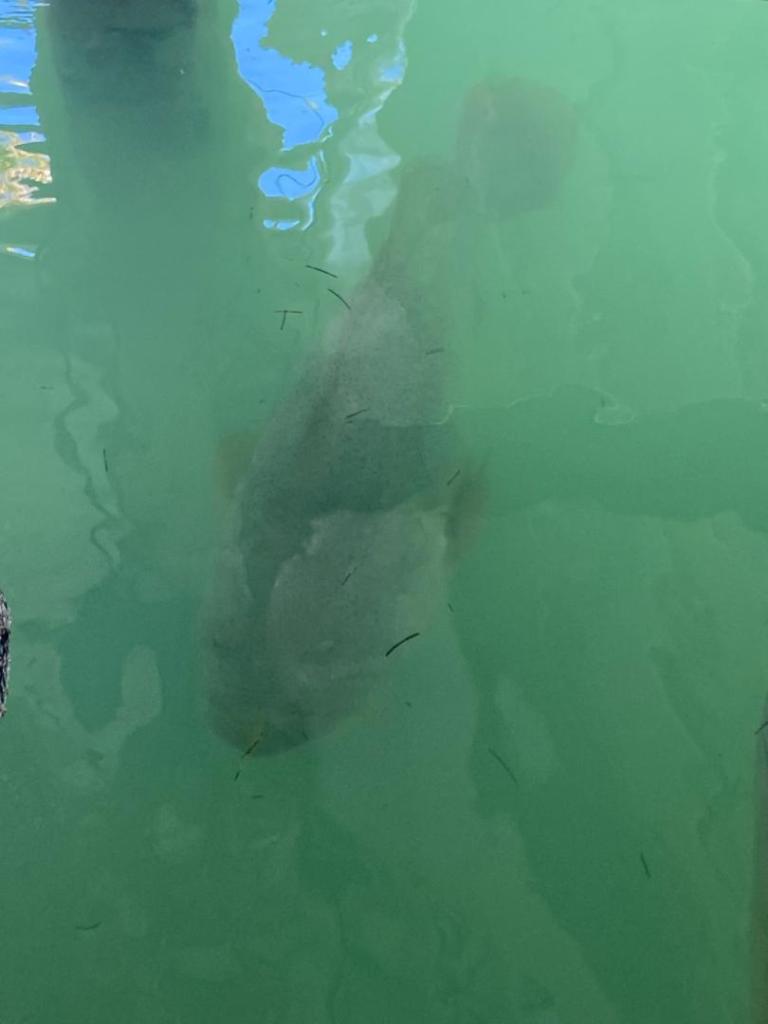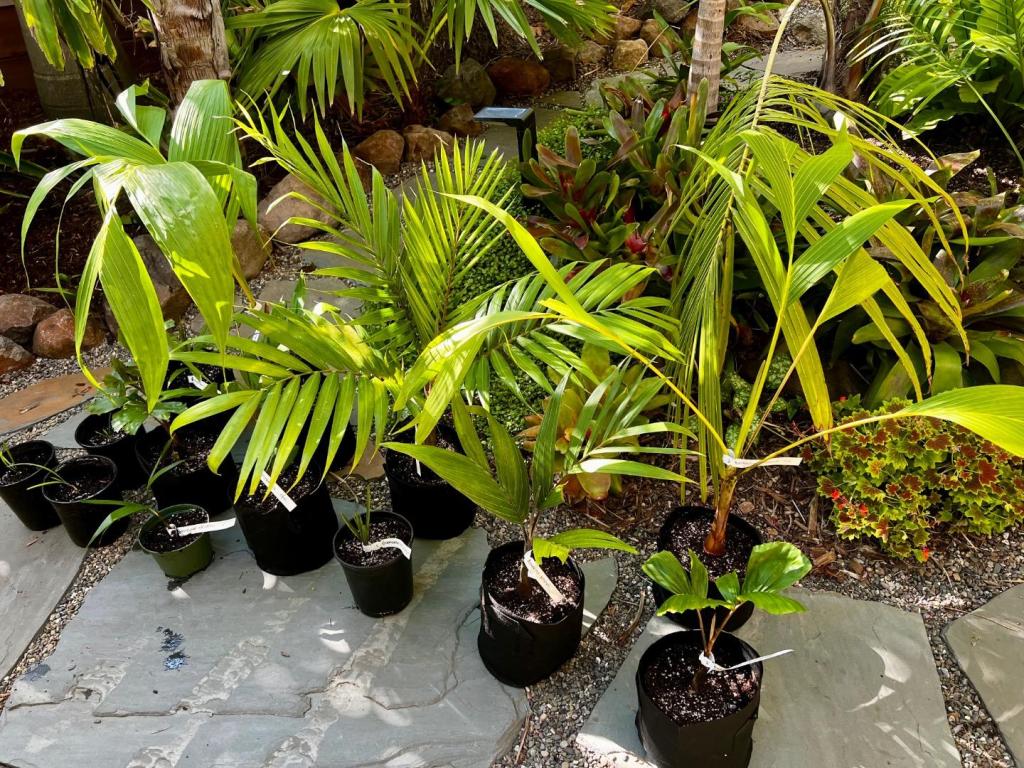Leaderboard
Popular Content
Showing content with the highest reputation since 12/10/2024 in all areas
-
Here is an update on my Ceroxylon quindiuense. The seed collection was in Columbia, 1978, by my late palm mentor, Garrin Fullington. I ground planted it in the spring of 1983. It is a sibling from the same seed batch as the two plants in San Francisco Botanic Garden. I have not found aborted flowers on the ground yet, so the gender is unknown.54 points
-
35 points
-
35 points
-
35 points
-
This has been a fun palm to watch grow. I planted it in 2012 as a solid dark green 1 gallon. Slowly it became more and more silver on the bottom of the leaves and then started to turn silver on the tops. Now I have to climb on the roof to shoot a pic of the tops of the leaves and they are solid silver only loosing some their color as the leaf ages. Sorry for the Bigfoot quality photo on the first shot.34 points
-
34 points
-
34 points
-
This will likely be the last time I'll get to post about this tremendous success story of growing Satakentia liukiuensis in California. Unfortunately, our home owners insurance has issued us a cancellation notice unless we're able to comply with basically removing all of the palms in close proximity to my home despite all of them being healthy, well watered, and none of them carry a skirt of dead leaves; basically zero risk of catching fire. We've searched around and no other insurance company will cover us as they're all trying desperately to exit the market. The insurance market in CA is a disaster, but that's a story for another day. I figured I'd post pics one last time of this palm that has yet to flower/fruit, but is thriving none the less. It currently stands at 15' tall overall w/ 5' of clear trunk.33 points
-
33 points
-
33 points
-
33 points
-
32 points
-
29 points
-
29 points
-
28 points
-
28 points
-
Admittedly I have been woefully absent on this forum for a while. But I was walking around downtown Oceanside today with an old friend that bought me ice cream for my Birthday today. We opted to walk some of it off after and opted to walk by some of the old city of Oceanside buildings where they had some Rhopalostylis palms... I was very surprised to see a TWO-HEADED one! It looks very much like a sapida I think? Forgive if posted before... but I was thinking it may be the first "rareish" palm I've seen with 2 heads!!27 points
-
27 points
-
Seems like PalmTalk has been a bit slow lately and since I don’t post that much I figured now is probably a good time to post more. So here are a few photos of some palms in my garden. We just came out of the rainy season so most look pretty good at this time. First up is C lanceolata and S yapa to the right. A group of H lagenicaulis Another group but of H verschaffeltii This Pritchardia beccariana got planted last year and replaced a coco palm that got hit by lightning. You can still see the cut off truck of the lightning victim.26 points
-
I’ll be 75 next June and immigrated from the Netherlands in 1956 at 5yrs old. Been into surfing all over the world, road racing bicycles on and off until 65 years old. Been a Palm society member since 1977, and now I’m on my second go round with my 13 years old garden in the hills of Vista/ Bonsall area of San Diego. I just finished spreading 36 cubic yards of mulch this week myself. I’m growing cycads, aloes, agaves, plumerias, protea, boojums, and of course palms. The world keeps on changing but I’m still the same cantankerous beast that I’ve always been 😎26 points
-
Lemurophoenix halleuxii is probably the rarest palm I have and it’s also the most expensive I’ve ever bought. Purchased from Mark Daish in Babinda, North Queensland. He only had 3 left, 1 was already promised to another, and he wanted the remaining 2 for himself. I kept asking and increasing my price until he caved, or he played me from the start 🤣. Didn’t care either way, just had to have it. I think there’s only around 300 left in Madagascar and one doesn’t come across them often in cultivation (outside of Hawaii that is), although Queensland is blessed with a few. Tahina spectabilis appears slightly less rare with circa 700 individuals in habitat, but far more than that it seems in cultivation. Mine was a gift from Michael Green, which I’ll forever be grateful for.26 points
-
26 points
-
Well, I'm moving and leaving my garden behind. The amount of work I put into this yard is amazing to look back on, but life happens and you know how that goes. There is a silver lining though, my new home is only a short distance away, but due to cold air drainage, I'm getting a nice boost in my climate zone. I'll be upgrading from a solid 9b to a high 10a / low 10b. I had to consider if it would be better to just leave my palms in place, to hopefully drive by and see them thriving one day, or to attempt the dreaded transplant... Well, I had the pleasure of hosting @Darold Petty last weekend and we talked about the true reality that the next owner is unlikely to know or care to take care of a rare palm tree in the landscape... And that the chance is always worth taking; dig it up. So today I was busy! Attached are pictures of my yard in it's prime and the palms I dug up today (Chrysalidocarpus Decipiens, Brahea Decumbens & Brahea Super Silver)26 points
-
26 points
-
There is a an undocumented population of Braheas located just 40 miles south of Douglas, Arizona near the town of Esqueda, Sonora. These palms seem to be a variation of the Brahea Calcarea but with a taller trunk and fuller crown. I would also like to mention that these specimens of Brahea are very likely to be more hardy than Brahea Armata considering they are growing in elevations of 4000 or more where winters are extremely more cold than that of the Brahea Armata range. They palms are located in a ranch named Rancho Los Baños - Tierra Chamahua EcoAdventures which appears to have recently closed and has virtually no public access. There are dozens of pictures of the palms in the TripAdvisor page of the ranch online. I thought yall would enjoy knowing of these groves as they might have the potential of being the MOST hardy Brahea of all the genus. Getting seeds from these plants would be amazing but the location is very remote and a known area of high cartel activity.25 points
-
24 points
-
For a complete collection of photos with IDs, please click here Here are some photos I've taken over the last few days in San Diego, CA! Borassus madagascariensis Jubaea chilensis Chambeyronia hookeri and Ptychococcus lepidotus Coccothrinax macroglossa Dictyosperma album Oraniopsis appendiculata Ptychosperma elegans Syagrus amara Caryota gigas24 points
-
24 points
-
There will be more “palm portraits” with Latin names, but too busy today. Many head home this morning but I am lucky enough to head to Cajamarca with a small group. Yesterday orchids in bloom and dormant were numerous along the road so we happily took a break from the long bus rides. There were many plants which we were happy to even get to the family level of identification. I was told this strikingly yellow plant was some form of mistlestoe. And all ages of Dictyocaryum surrounded us. This baby was low enough that I could reverse the leaf to show off the silver underside. Look at that crownshaft color. Note stilt roots on the left. So many Dictyocaryum palms!!24 points
-
24 points
-
This is published due to the efforts of Dr. Donald Hodel. Effusive gratitude to him ! I have hand pollinated this plant and distributed the offspring as Anthurium sp. 'Loja'. so now the lucky recipients has a true name for the plant. Please don't ask about availability. I have none, however I do plan to hand pollinate again, and the resultant offspring will be ready in 5 or 6 years ! https://ucanr.edu/sites/default/files/2025-11/New Anthurium sp Loja Ecuador Croat and Hodel PALMARBOR September 2025.pdf23 points
-
23 points
-
A couple days ago we took photos of some of our palms catching up on some last minute growing while the early fall weather is still warm. We started in the back yard facing south and overlooking the Isabelle Canal. We've been blessed by a lack of hurricanes and tropical storms compared the the past few years so what wasn't killed by the likes of Ian has had a chance to recover. Allagoptera caudescens Dictyosperma album Livistona jenkinsiana Livistona drudei Kerridoxa elegans Satakentia liukiuensis Chrysaladocarpus leptocheilos Philodendron Pink Princess Chamaedorea sp Moving west toward our Garden Lot View looking east toward Back Yard Jungle Cocos nucifera Dwarf Red Spicata Twins Sabal causiarium by @sonoranfans after Ian Sabal palmetto variegata Sabal grethereae Chrysaladocarpus decaryi Leucothrinax morrisii Sabal minor Chipola Dwarf Livistona muellerii Coccothrinax sp Borassus flabellifer Syagrus kellyana Pritchardia sp Livistona saribus Pritchardia vuylslekeana23 points
-
I wanted to start this thread to document myself and others’ plants so post if you got em. There wasn’t that many produced but they are out there. The “Lady Luck” Palm is a cross between Wodyetia Bifurcata x Veitchia Winin so the cousin to the well known Foxy Lady hybrid. I got the plant from Seabreeze / @Josh-O as a 1G a few years back and it’s the first time it was produced. Admittedly I did not plant it out for well over a year but this summer it has grown great and seems to be catching up for lost time. Ideal location in morning sun, watered and fed regularly. Here’s a few old pics along its journey as well as a recent. First pic planted out March 2024. Lets see em. -dale23 points
-
23 points
-
I have been waiting most of the year for the seeds at Sullivans garden , yes …those huge Decipiens . A trip over there last week told me it was finally time! There were about 20 seeds that had already fallen but were green. My good friend Terry doesn’t live there any more but keeps a house next door . In the rare chance of running into him I decided to knock. I had already been given permission by he and Sevan both but , didn’t feel right just taking them. Terry was there! I showed what I had picked up and he said that they were ripe! They don’t change color like other palm seeds. After looking at all the fruit on the palm he said they are ready for harvest “ take all you want”. Music to a palm collectors ears. I went today and climbed up the ladder to get a few more . I had already picked up the ones on the ground as I was being pelted on the head with more. I was also given permission to take the seedling volunteers that were sprouting up from last year. They came up easily , seed still attached and not root damage . The soil was very easy to work with and these don’t have much root to them when they are small. Harry The parent palm ( one of two), full of fruit! Seedlings from my first visit. Harry23 points
-
I’ve just been lucky enough to have a free day in Thailand so made the most of it and headed to Nong Nooch. For anyone who hasn’t been, it’s difficult to describe. Everything is in excess, literally thousands of some rare species not often seen elsewhere. Lodoicea line some of the walkways, multiple Tahina spread throughout the gardens, Copernicia, Borassus, Hyphaene and Bismarckia everywhere etc etc. many hybrids and variegated palms too. The only thing I’d say is that it is somewhat overwhelming not just due to the sheer scale of the place, but also that most palms aren’t labelled. I’m pretty cluey with IDs but I’d say about half or more of what I saw I couldn’t ID to species level. The section where over 1000 species of palms are grown is closed to the public so I couldn’t get in. It was a last minute trip but next time maybe I’ll try to organise a visit in there. Here’s some highlights of what I saw: Medemia argun Corypha lecomtei Locoidea maldivica. Every female is caged (there are now many) One of the main avenues lined with many blue palmate palms. Copernicia hospita, Bismarckia, Hyphaene coriacea, Serenoa and friends. Borassus flabellifer and Corypha lecomtei Serenoa repens silver form Sabal uresana Copernicia fallaensis, Tahina spectabilis and Lodoicea maldivica. What a combination! The same Tahina and Lodoicea from another angle with massive Corypha umbraculifera and C utan in the background. The same Tahina. This one could be up there with the largest in cultivation anywhere. Now that it has reached full girth and crown spread, I’d estimate it’s about the same spread as Lodoicea and maybe 10% less in diameter compared with a really well grown Corypha umbraculifera. It’s got at least 20% on fully grown Bismarckia, Copernicia fallaensis and similarly large palms. It might not seem huge in these photos, but only because it’s surrounded by giants in their own right. Borassodendron machadonis Blue Garden Variegated Copernicia A couple of variegated Borassus flabellifer Variegated Collection Chuniophoenix hainanensis Zombia Hyphaene coriacea Dwarf Areca catechu23 points
-
23 points
-
I visited Karen Piercy's place this afternoon under the pretext of picking lychee. Of course, the real reason to visit was to commune with the jaw-dropping collection of massive palms. I posted a photo of this Corypha umbraculifera a few years ago, but it was even more overwhelming on this visit. The trunk has to be over 4 ft in diameter, maybe closer to 5 ft. Growing in deep Hamakua soil at roughly 1200 ft elevation overlooking the Hilo airport. Now you know why you don't often see these growing in suburban landscapes. Certainly gives Tahina competition as the most massive palm out there. It's probably still decades away from blooming. You may remember Karen and her husband, Dean, as the organizers of the 2004 IPS Biennial to Hawaii and helping again with the tour of the former Carlsmith palm collection during the 2022 Biennial. BTW, I filled my 5 gallon bucket with delicious lychee. That didn't make a dent in the fruit still left on the trees. Oh, the hardships of living in Hawaii...23 points
-
23 points
-
23 points
-
Today I had the pleasure of meeting Tim "Realarch " from Hilo area Hawaii visit my garden. On one of my rare 80f plus days I showed Tim and Bob around my cloud forest at sea level garden. Always great to meet palm people from overseas. Thanks Realarch for coming around and enjoy the Tasmanian seafood tonight Troy23 points
-
23 points
-
Here are 2 Allagoptera arenaria planted in the corner of the house. I finally got them to produce seed which are just starting to germinate. P sargentii also producing a bit of seeds. Serenoa repens which replaced another one that got too big and out of control. C proctorii Pinanga javana. This one is too exposed to the sea breeze but is hanging in there. Carpoxylon macrospermum. This one has grown well in this climate.22 points
-
22 points
-
22 points
-
I planted this palm tree in about 2005 from a 15 gallon container. This is its third year to flower. the other two years were far from spectacular. This year's flowering is a little better! I thought I would share. The shots were taken this morning an hour after sunrise. When I went out for my morning walk, while drinking my cup of coffee the palm was screaming at me to go back inside the house and grab your camera before the suns lighting changes!!! Enjoy, Randy PS one shot facing the back of my house, just because!22 points
-
Had to run down to the Keys for a couple of days. Here’s some pics from the hotel. It is hot, bone dry, and sunny this time of year. Desert conditions. Didn’t have any time to run around looking for out of the way stuff, but the hotel did a really great job with the landscaping, so I thought I’d share….. It was a quick trip. Whoever put all this together really knew what they were doing. Great selections for the climate and conditions. Tourist Palmscaping to start…. In place of bottles and spindles for accents, they plugged in a lot of coccothrinax… Random Zombia antillarum… Some Latania for silver accents… Lots of Thrinax Radiata all over for some lower cover and shade… Leucothrinax morisii everywhere down here as accents… way better ones along the roads. These and Thrinax are in every yard, median and parking lot. Chrysalidocarpus Pembana clumps recurring as under tree accents… Typical Areca / Chrysalidocarpus Lutescens all over as screening palms…. Mostly looking ok for down here. Lots of these as screens… blanking on the name right now… that clumping one with the fragment fruit, I think, or maybe Arykury Palms/Syagrus schizophylla. Not sure, favor the first…. Some Vetechia sprinkled in… A Copernicia alba… A few Satakentia…. A random Atela… Lots of Serenoa repans, some stands 8-10 feet tall…. Lots of Allagoptera arenaria… Lots of Chamaerops humilis as accents… a common yard palm down here. Some Acoelrrhaphe wrightii screens…. Looking happy even in dry spots. This random huge palm was not too happy…. (Not sure, but it was a big young boy) Lots of cool understory and ground cover plants around too… all appropriate choices Missing was Pseudophoenix Sargentii and more Copernicia…. Many great Pseudophoenix along the roads and the way down. 300lb Goliath Grouper…. Always watching… always judging… Tarpon of course (off site)22 points
-
22 points

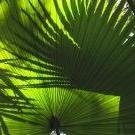

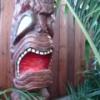
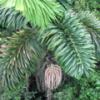


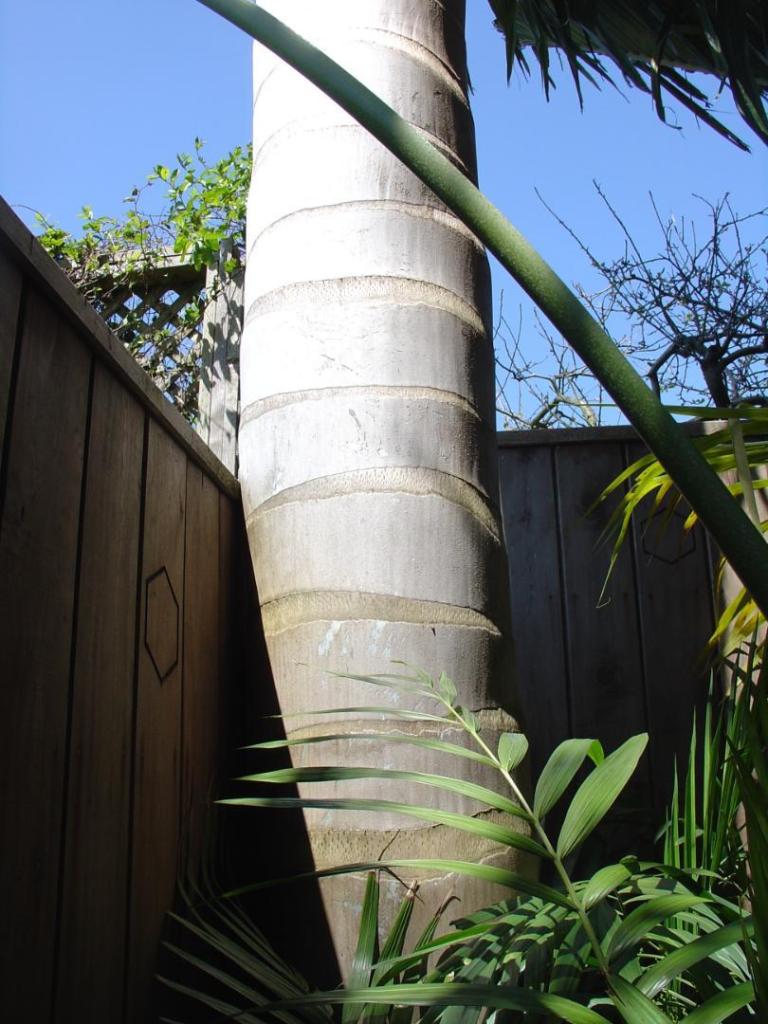

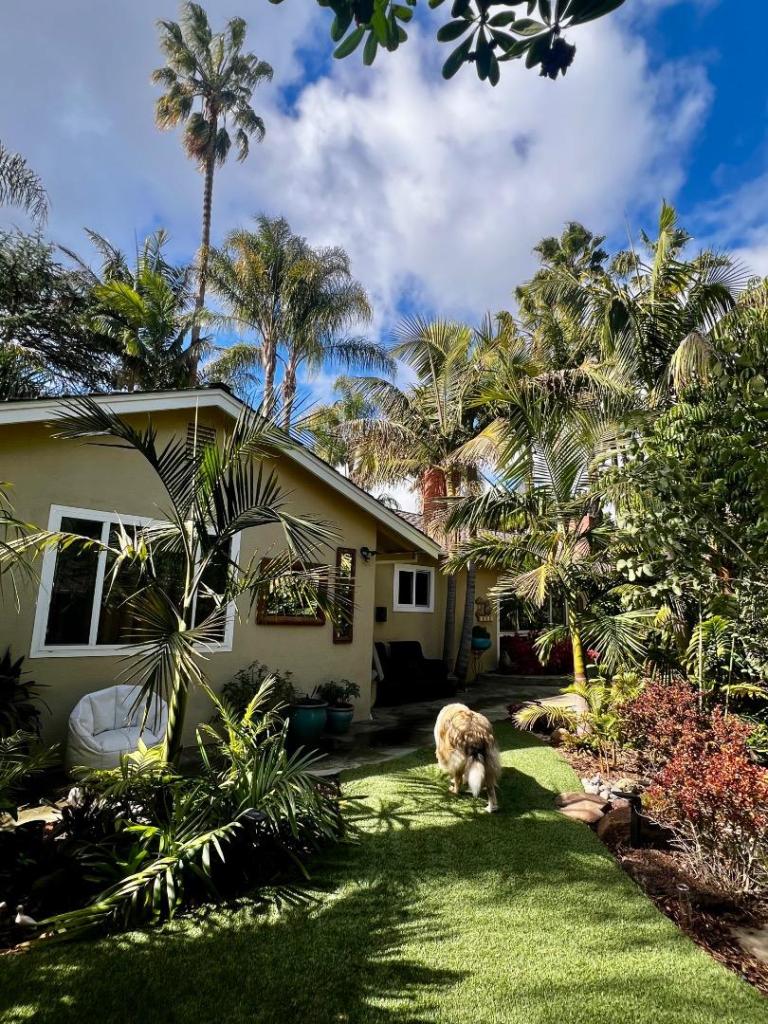
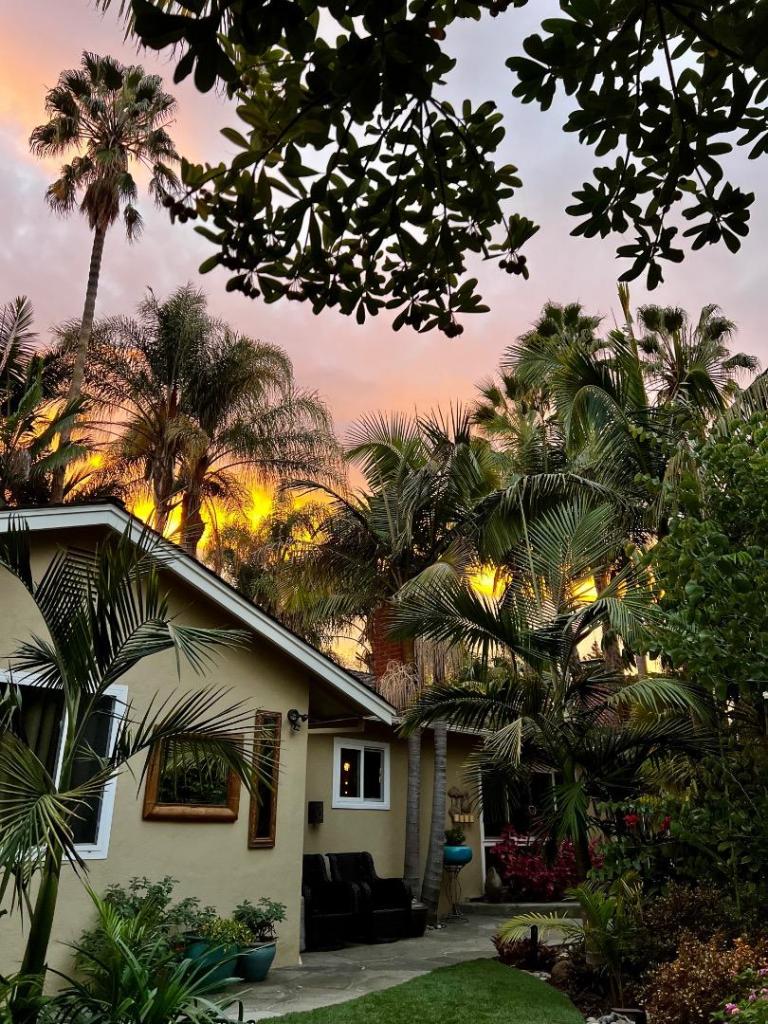
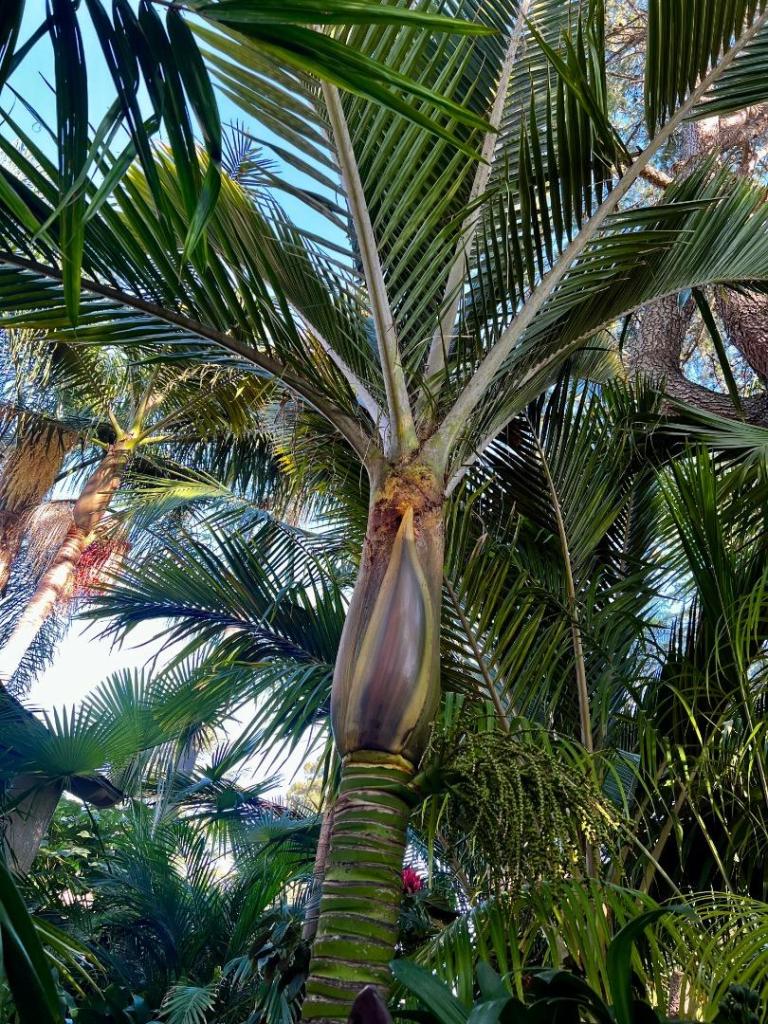
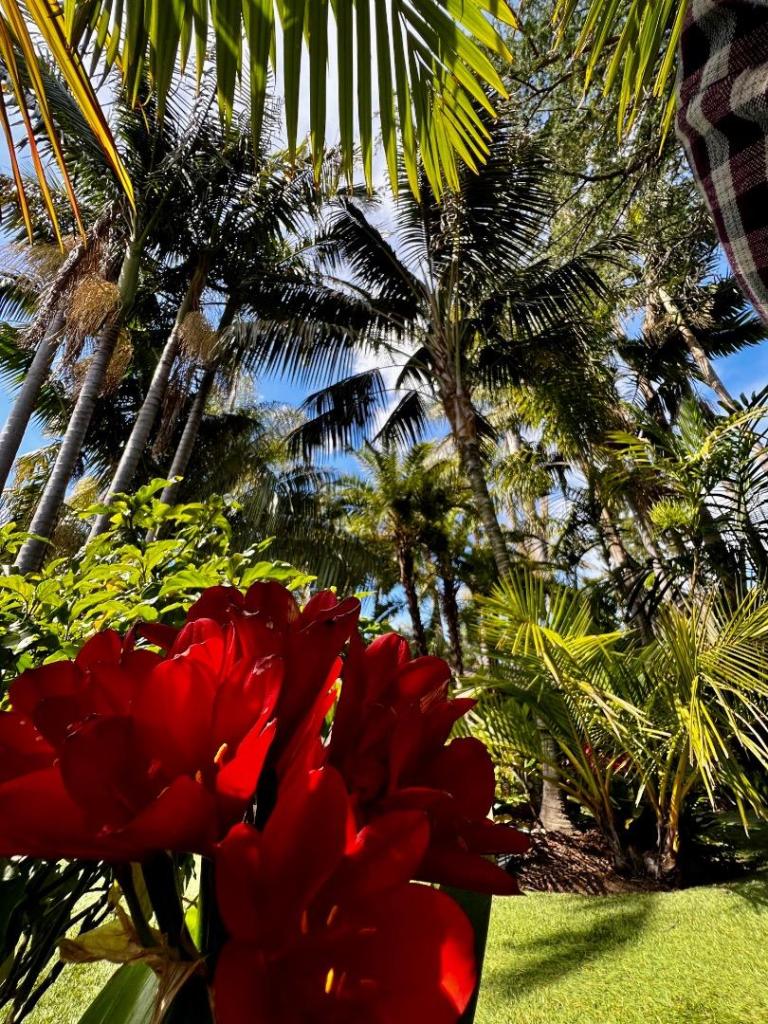
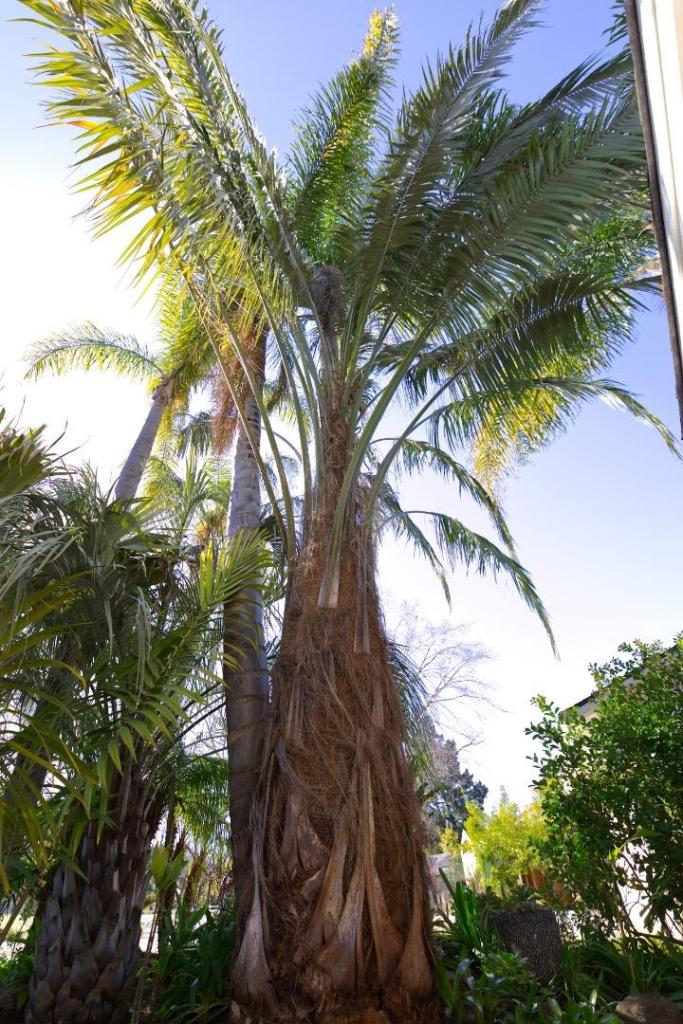
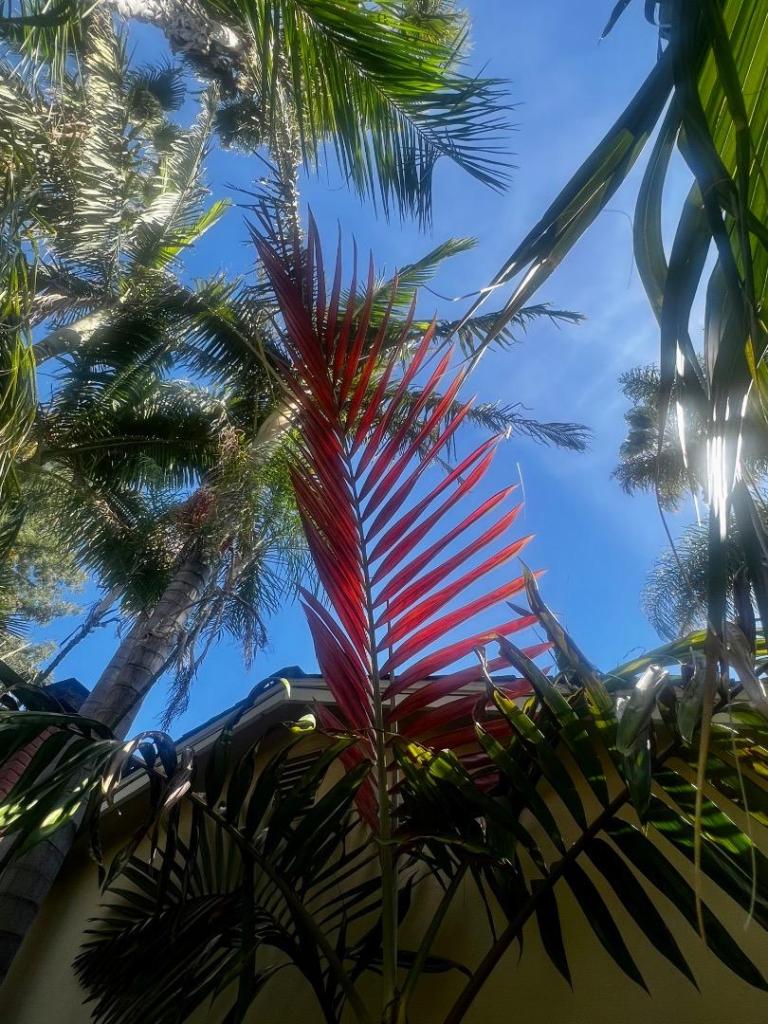
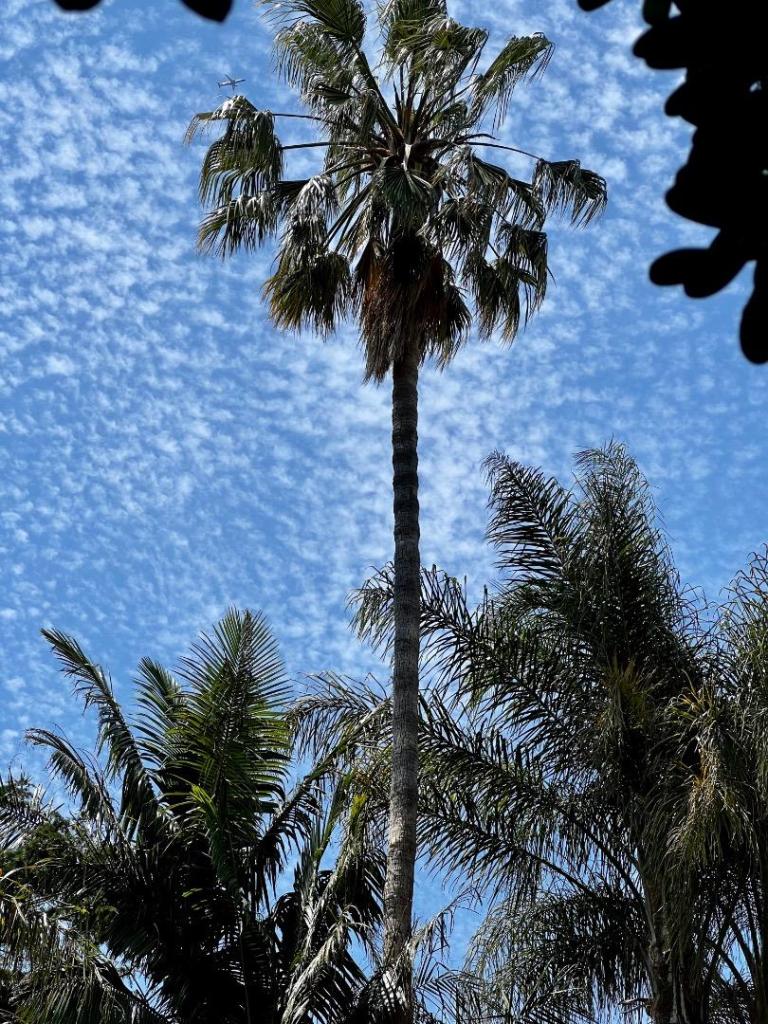
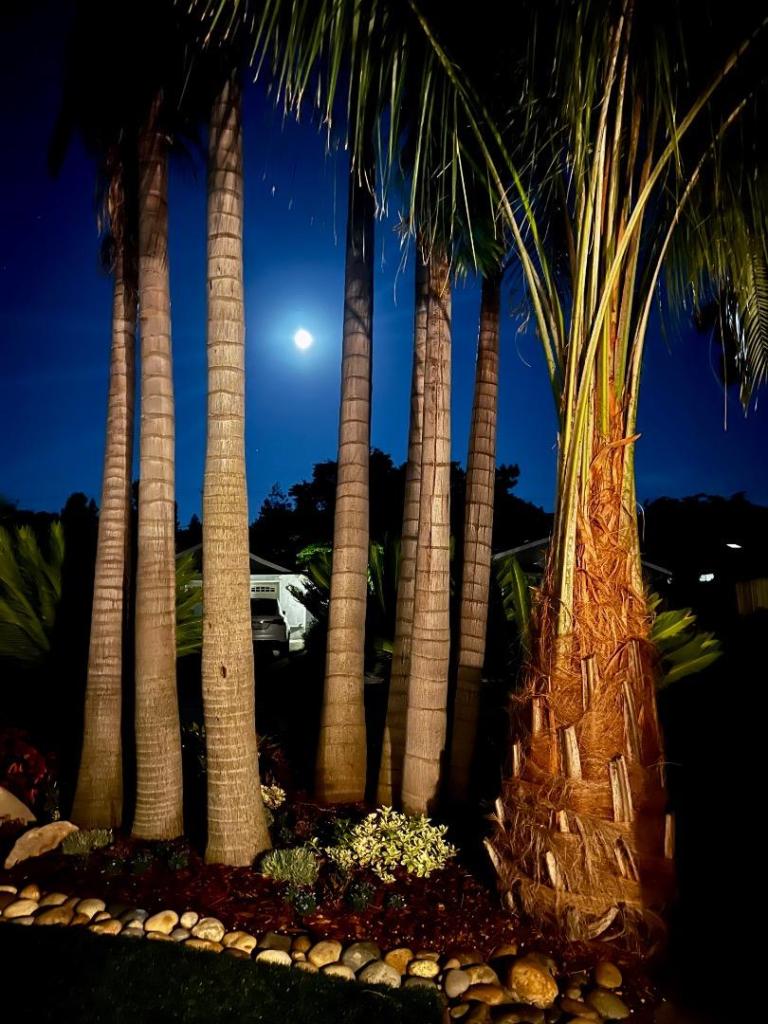
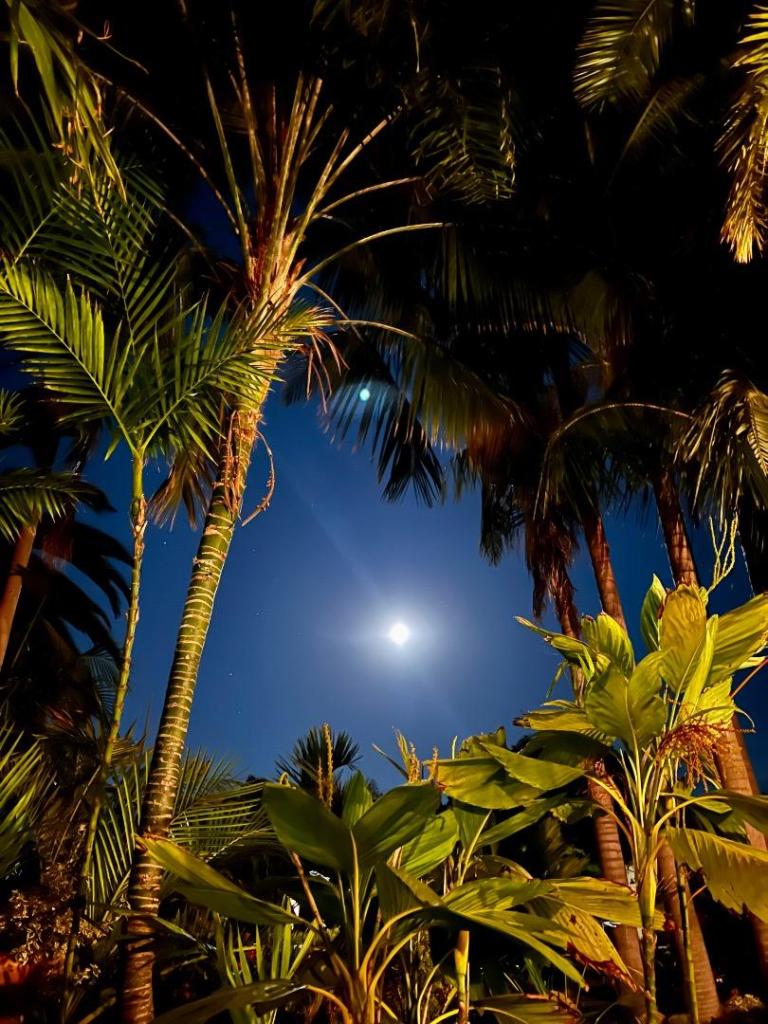
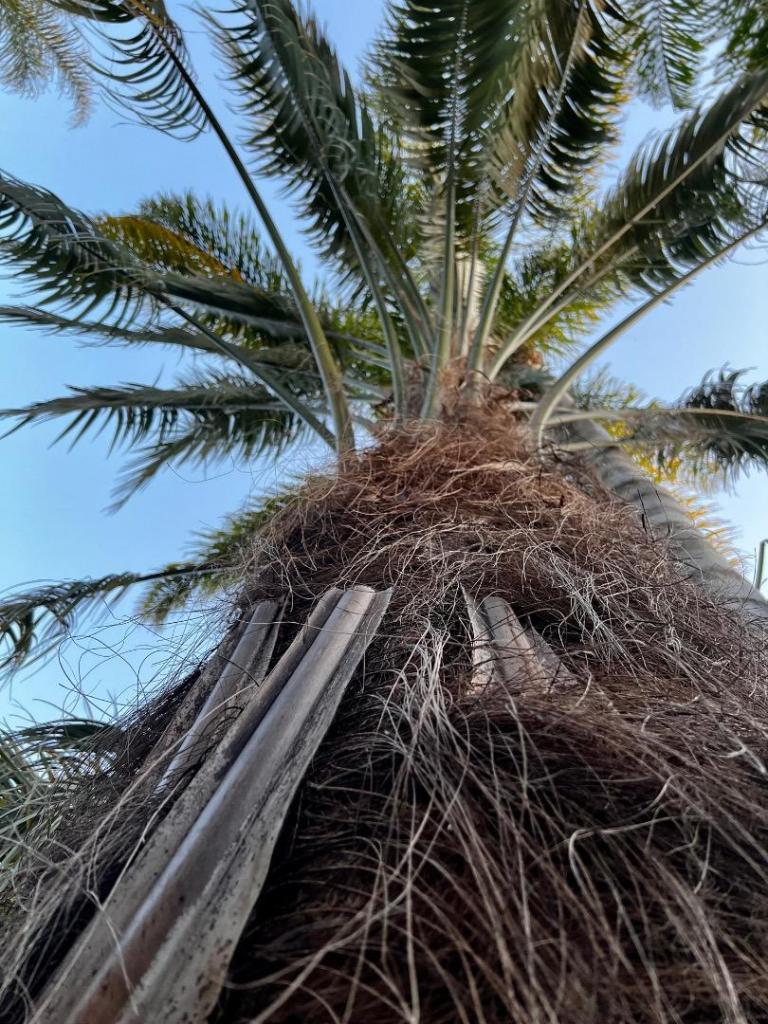
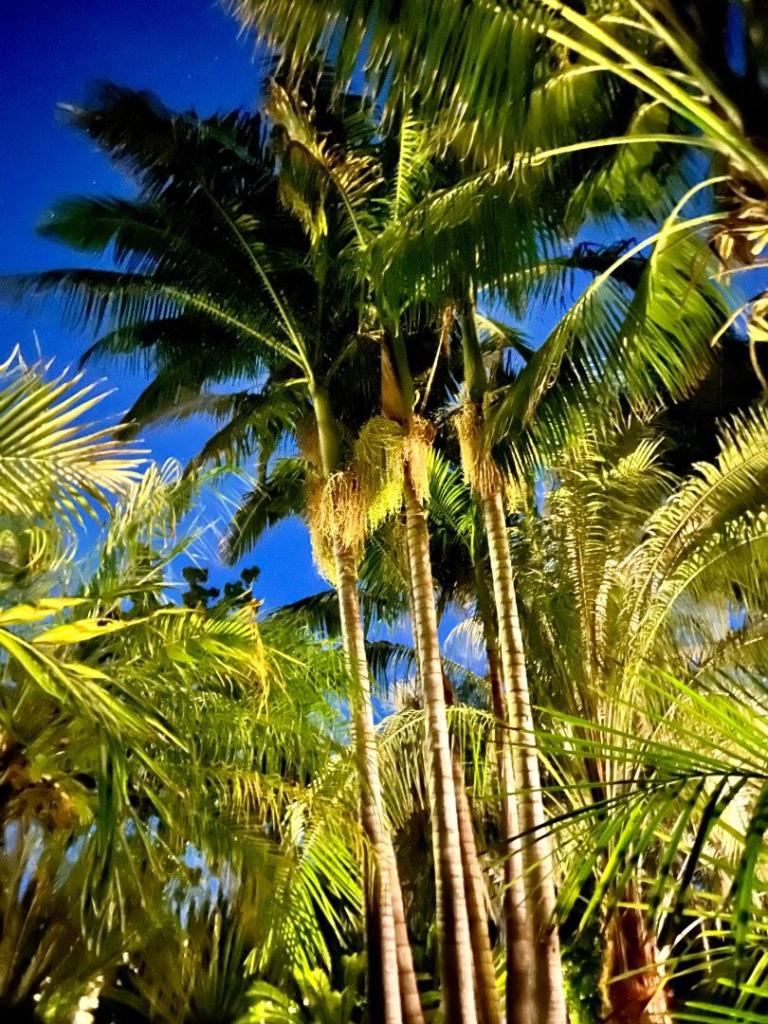
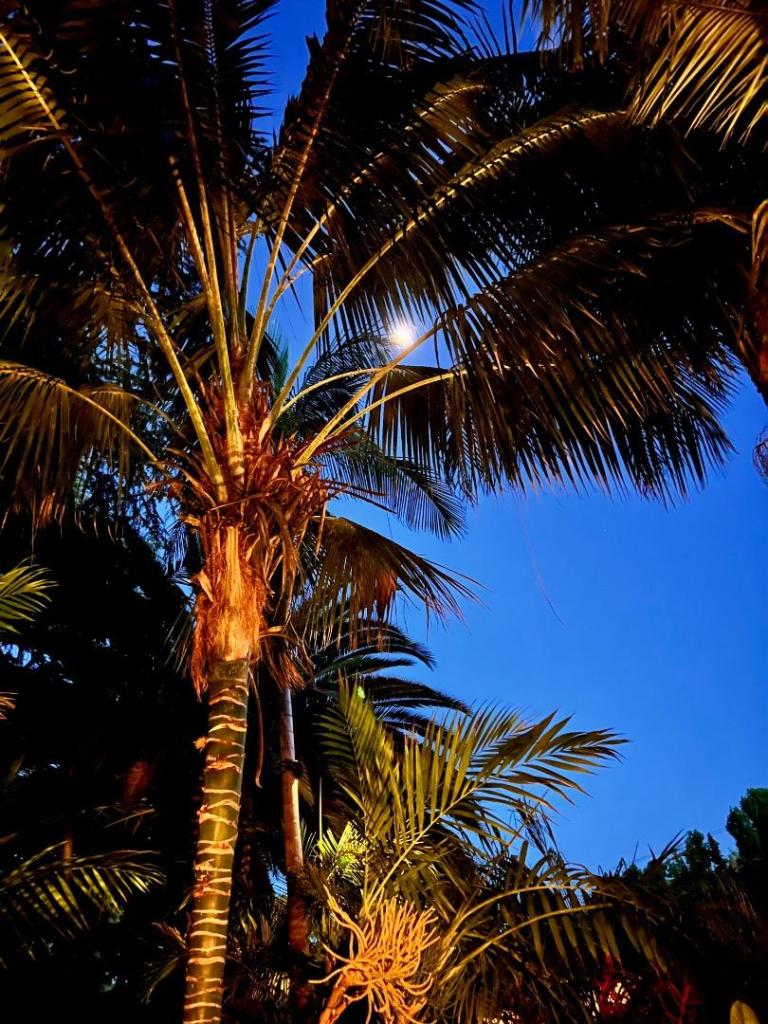
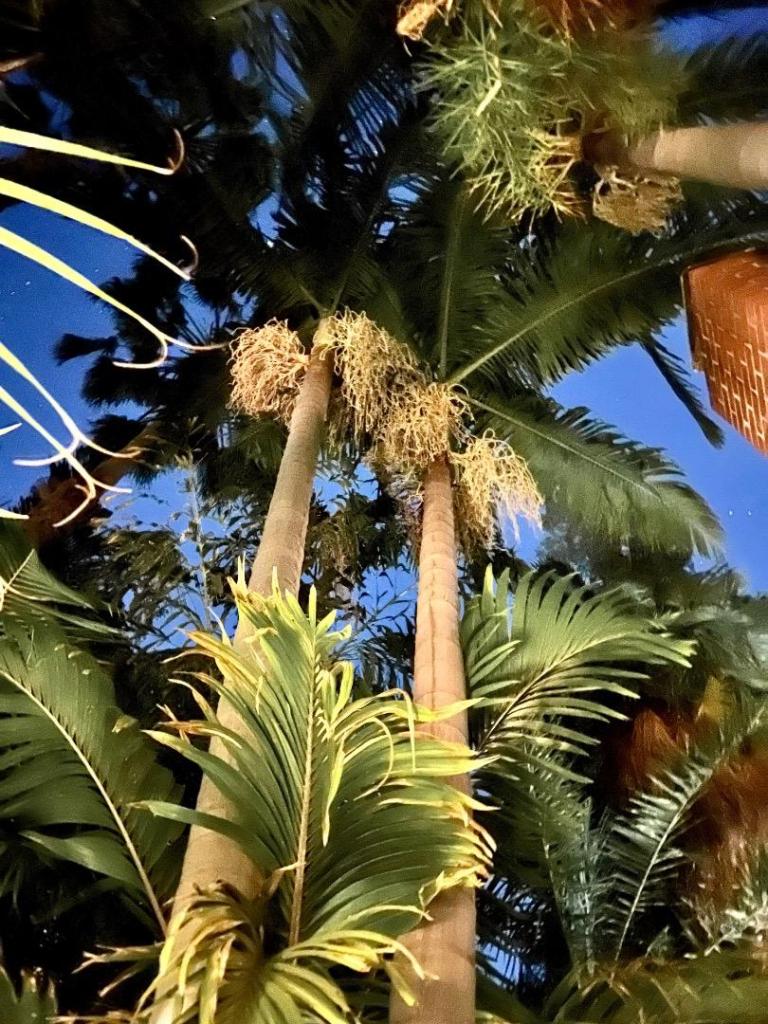

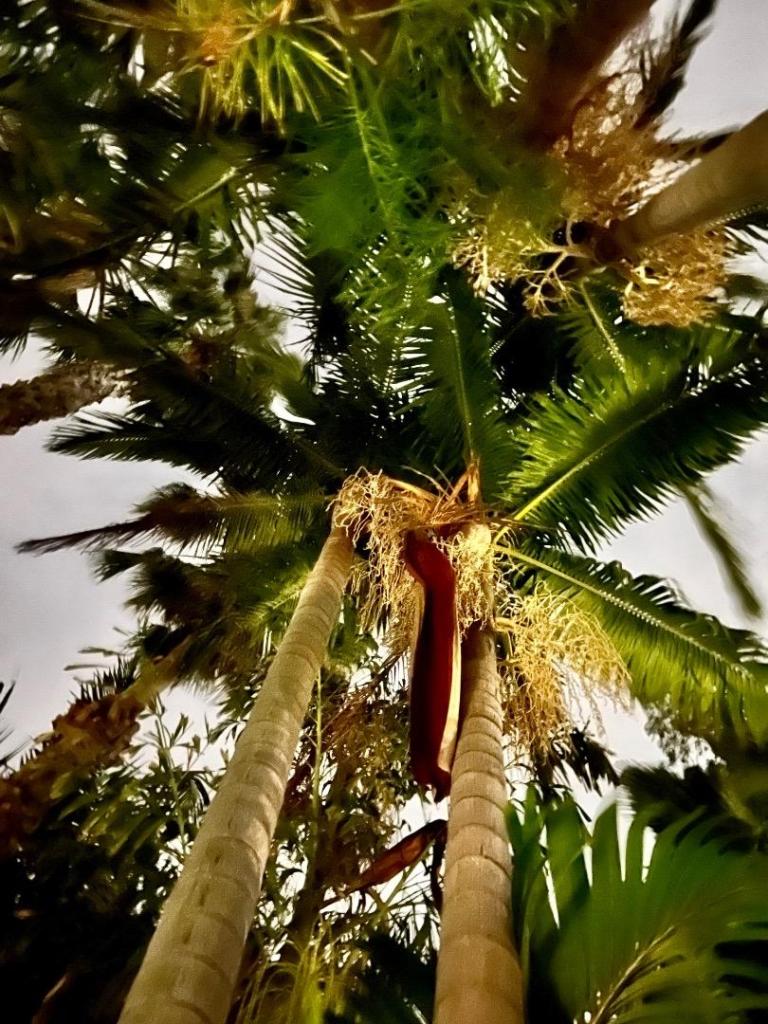
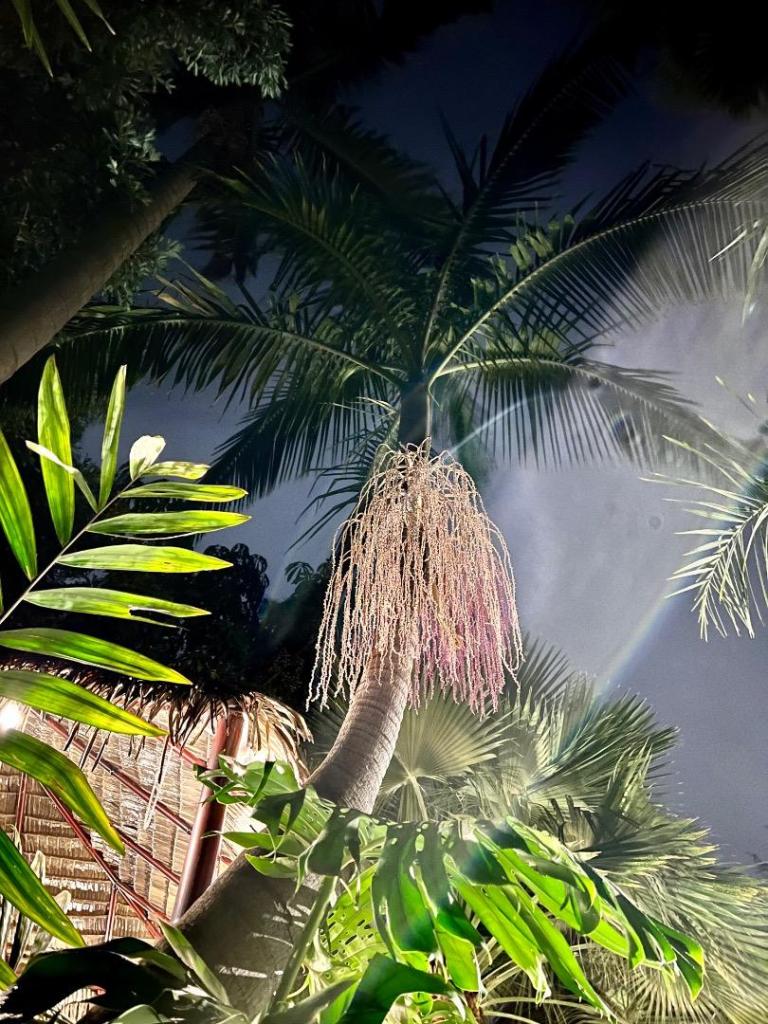
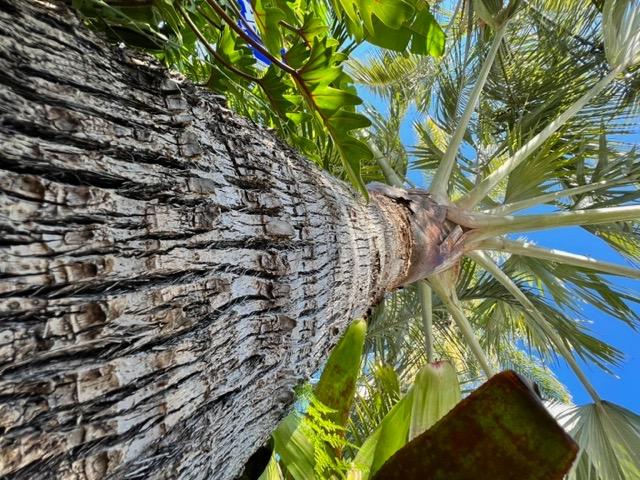
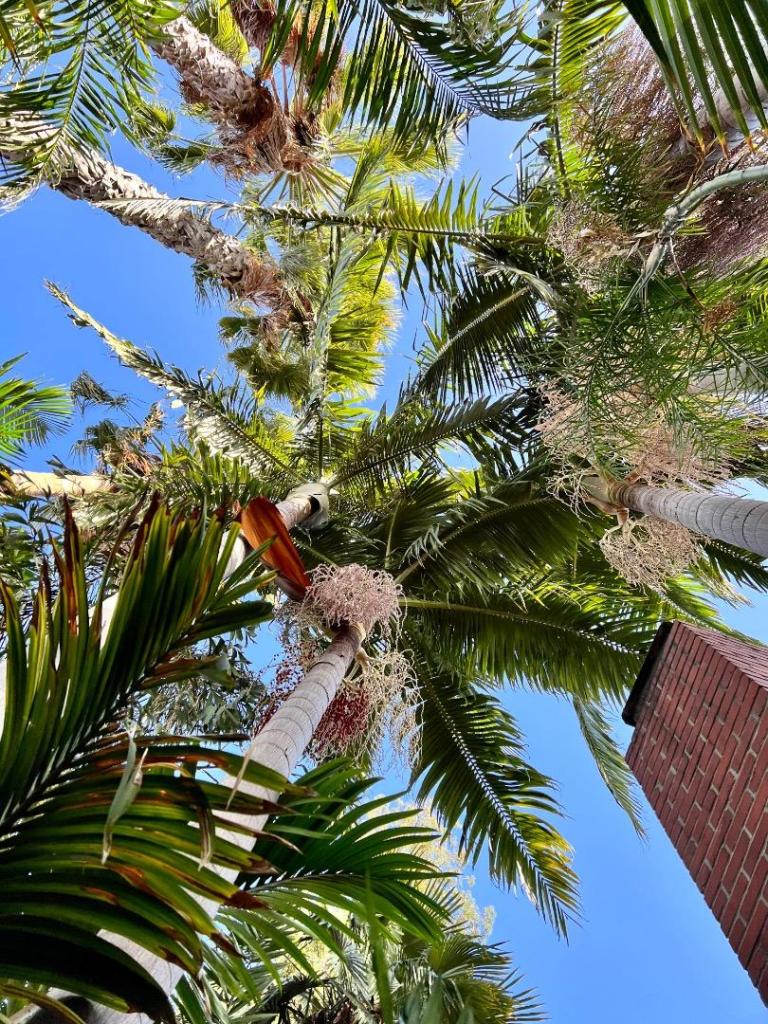
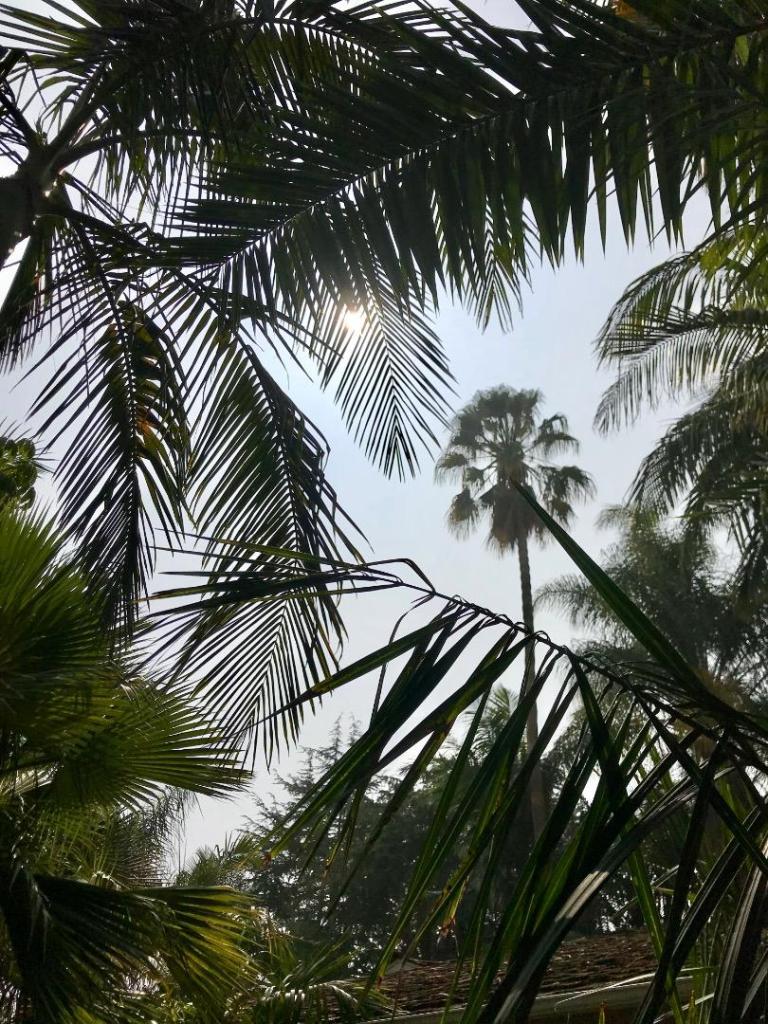





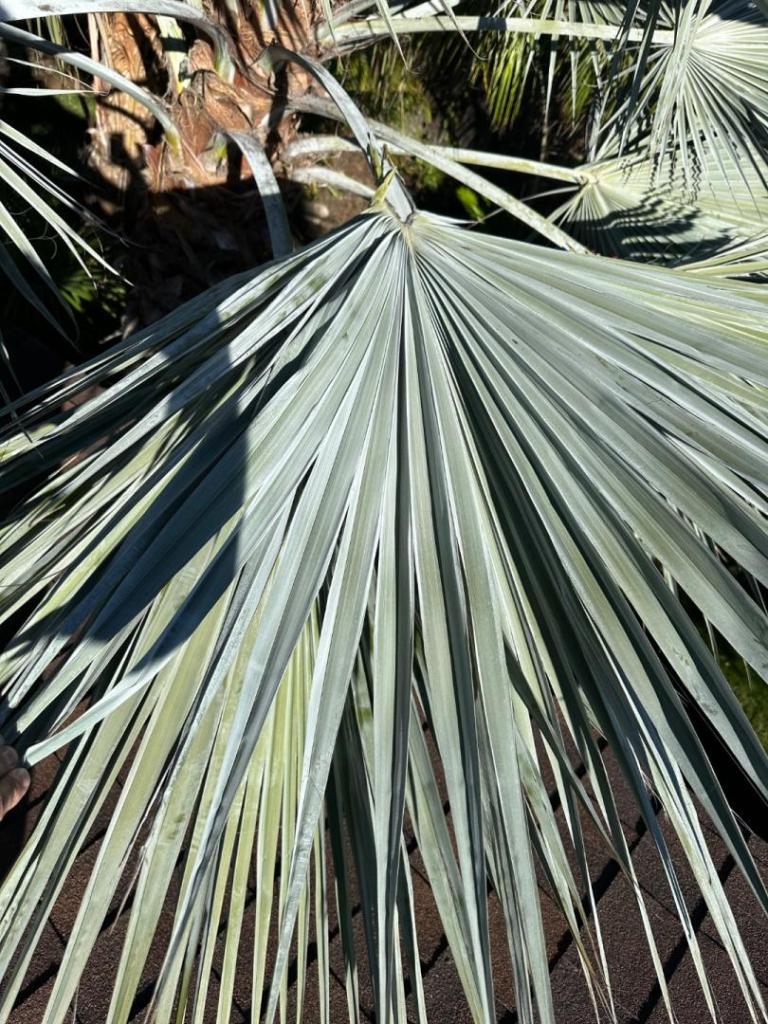


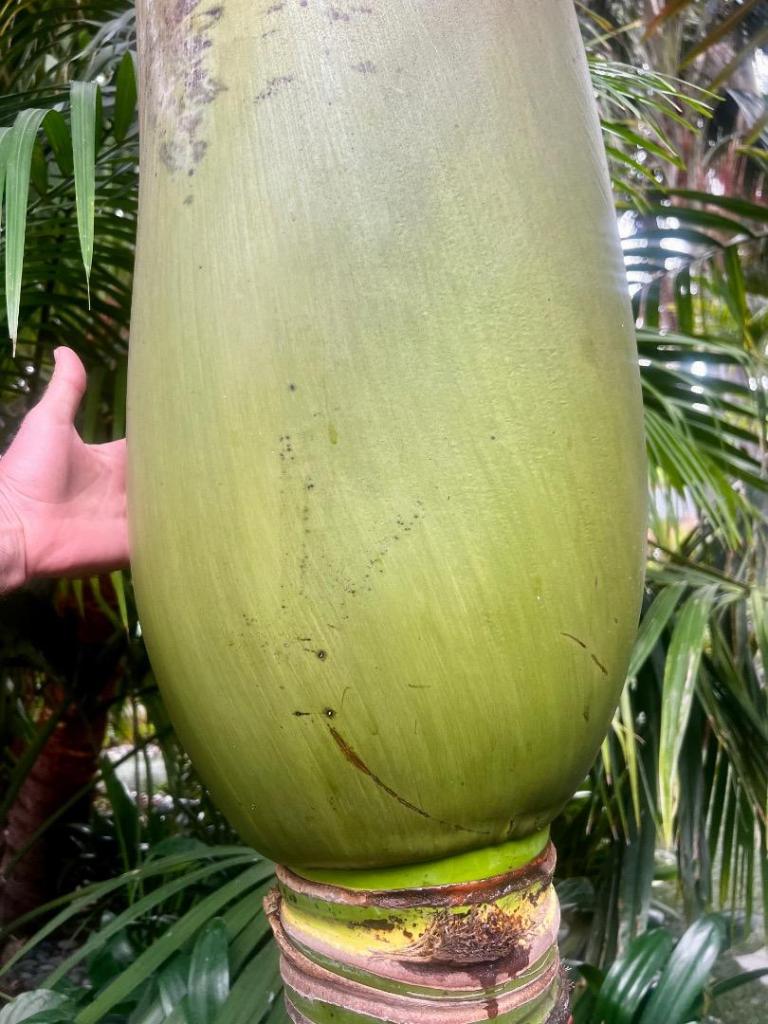





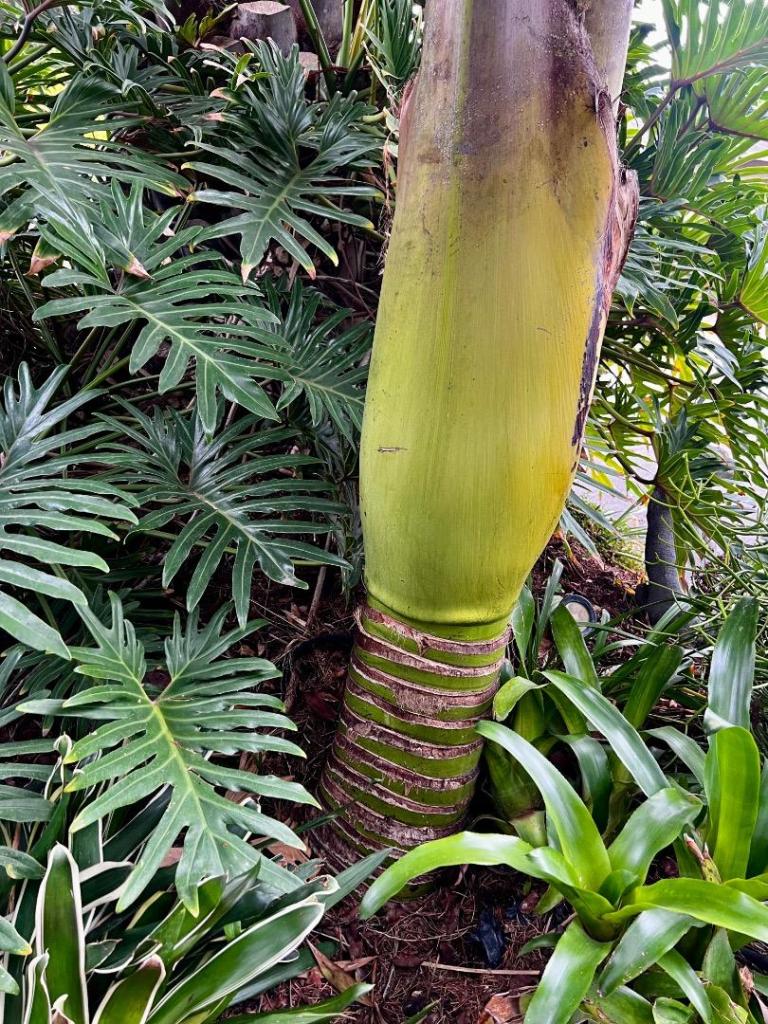











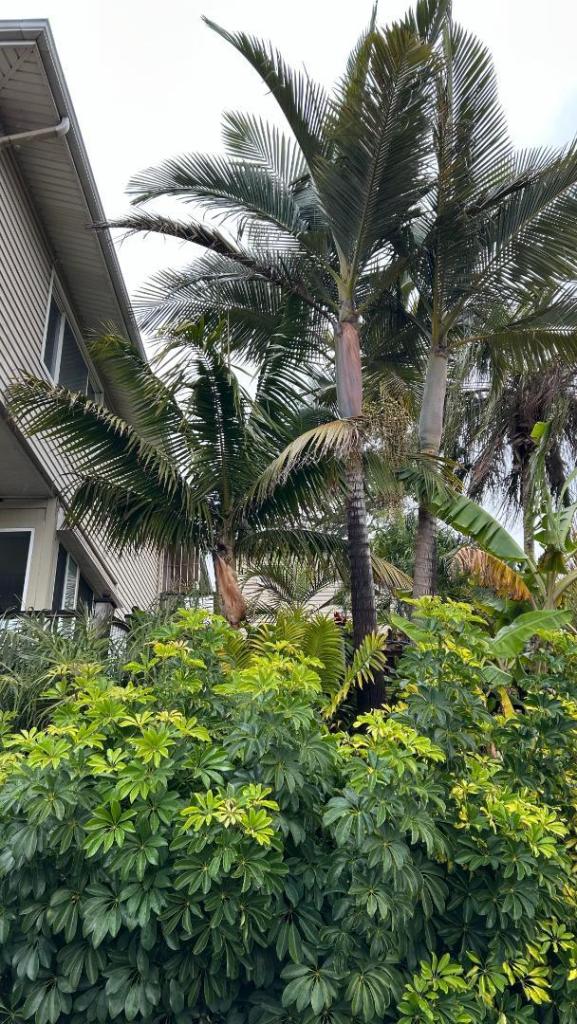

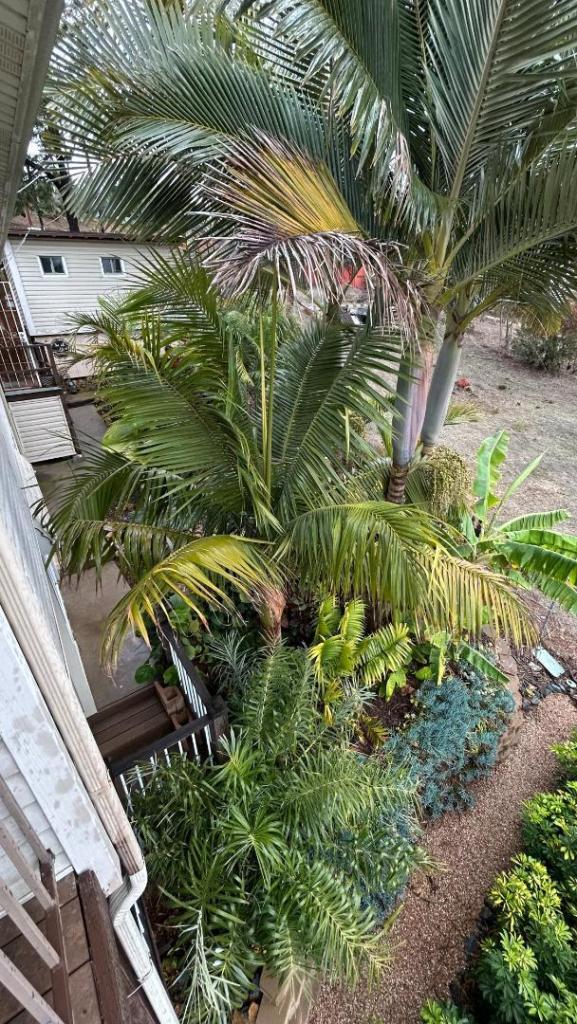


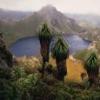
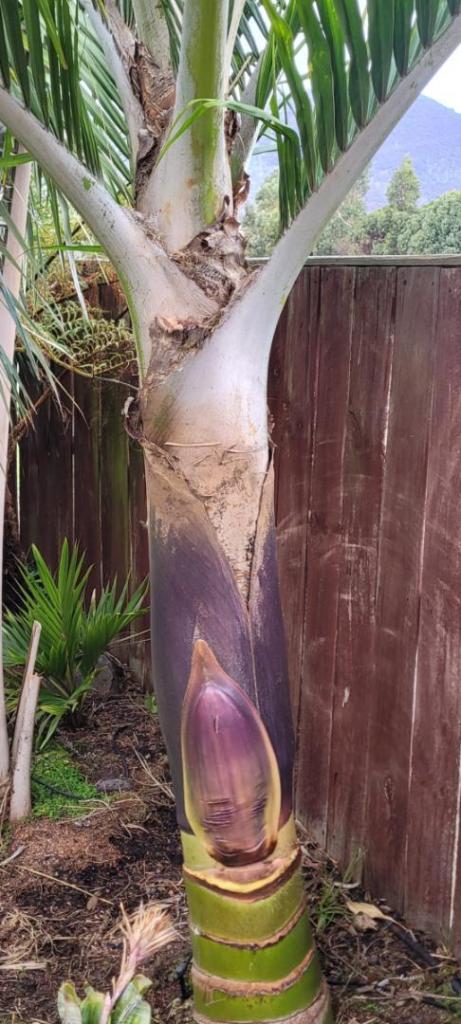

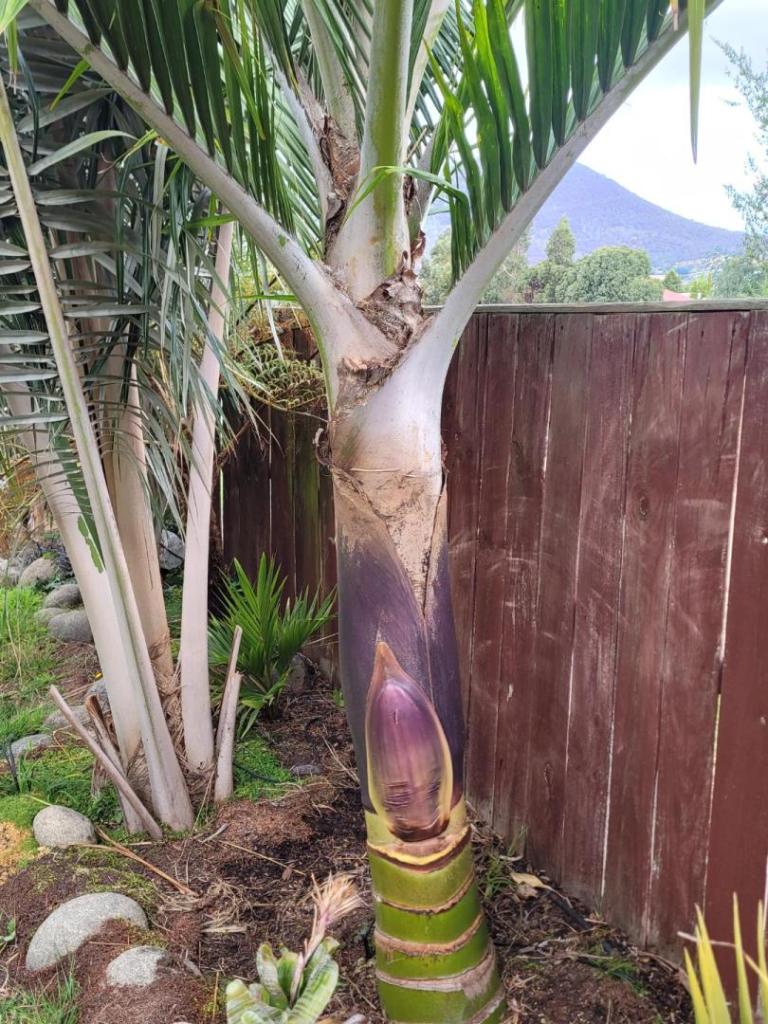



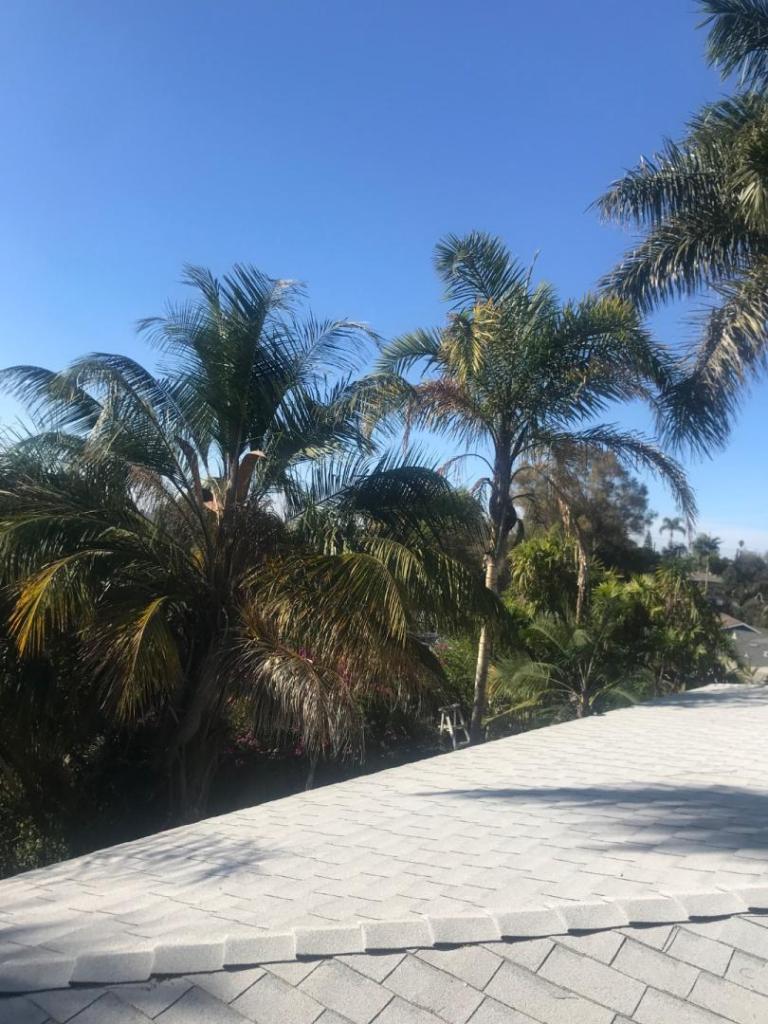

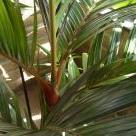



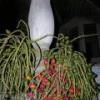
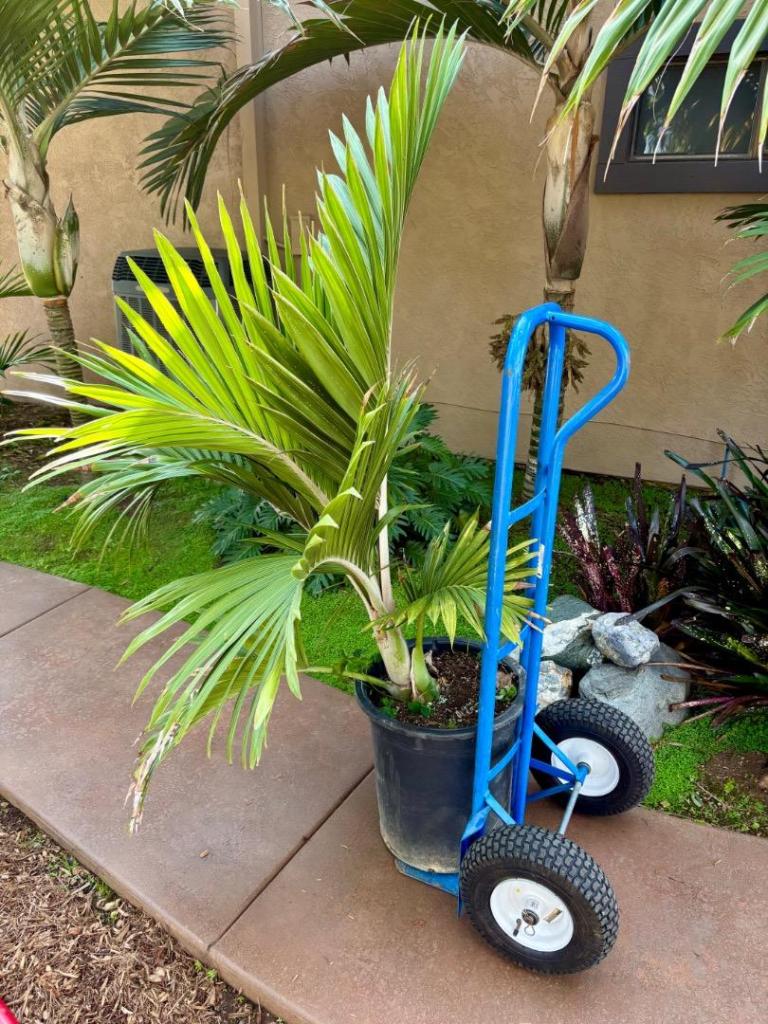
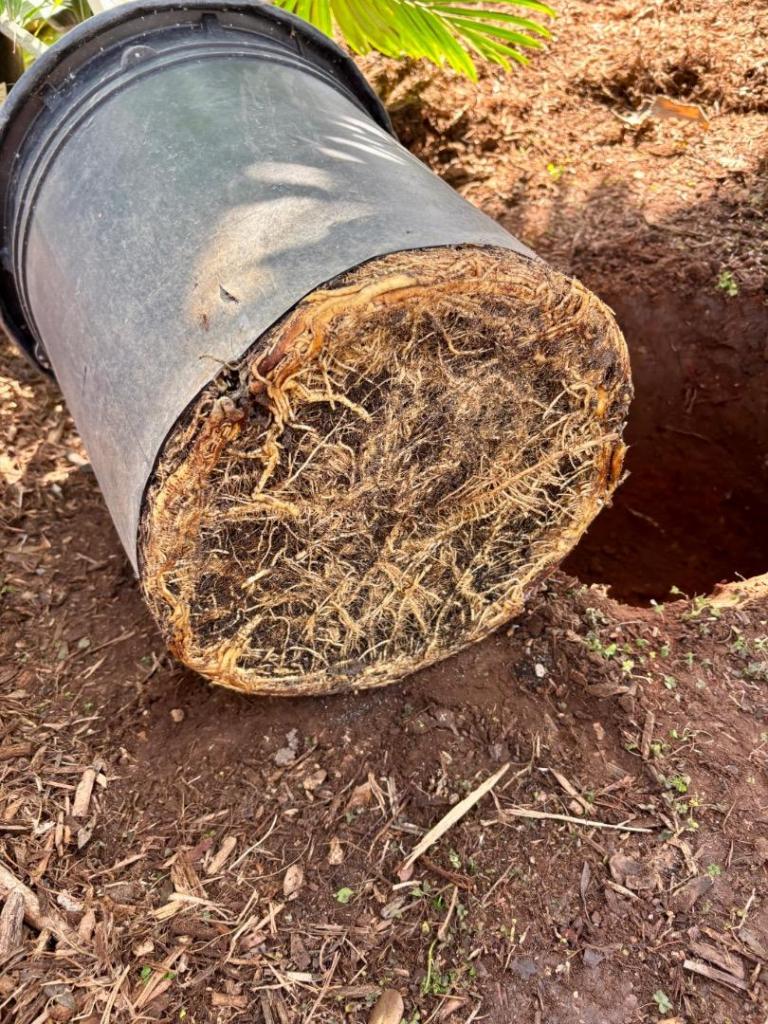
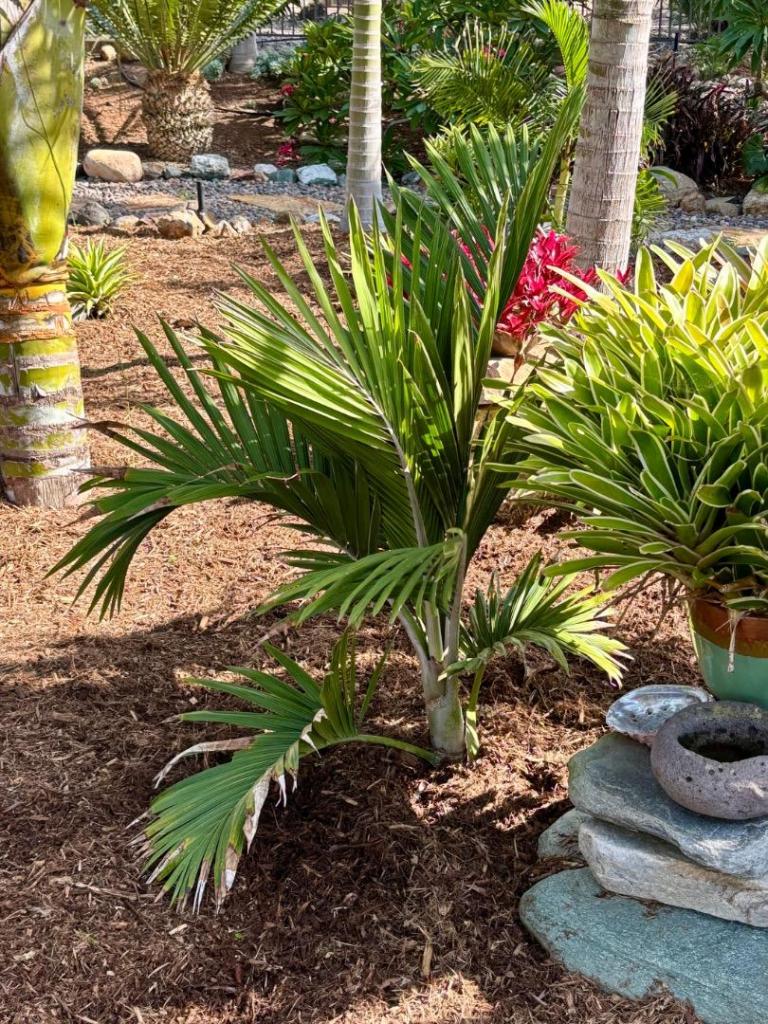
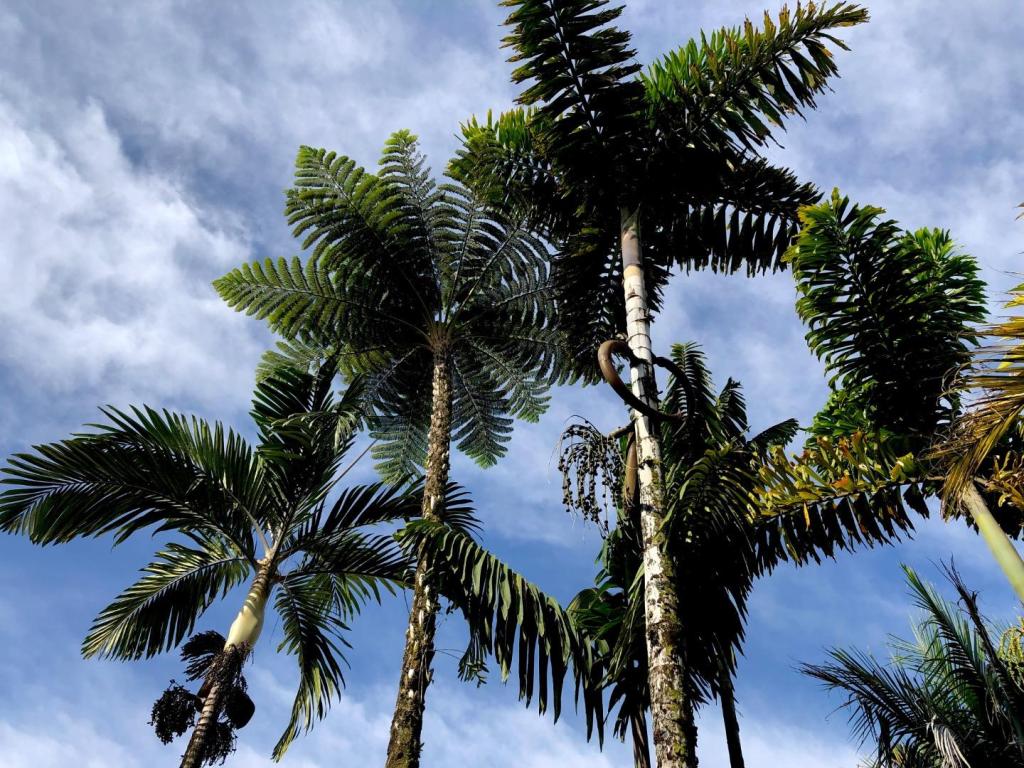
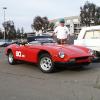

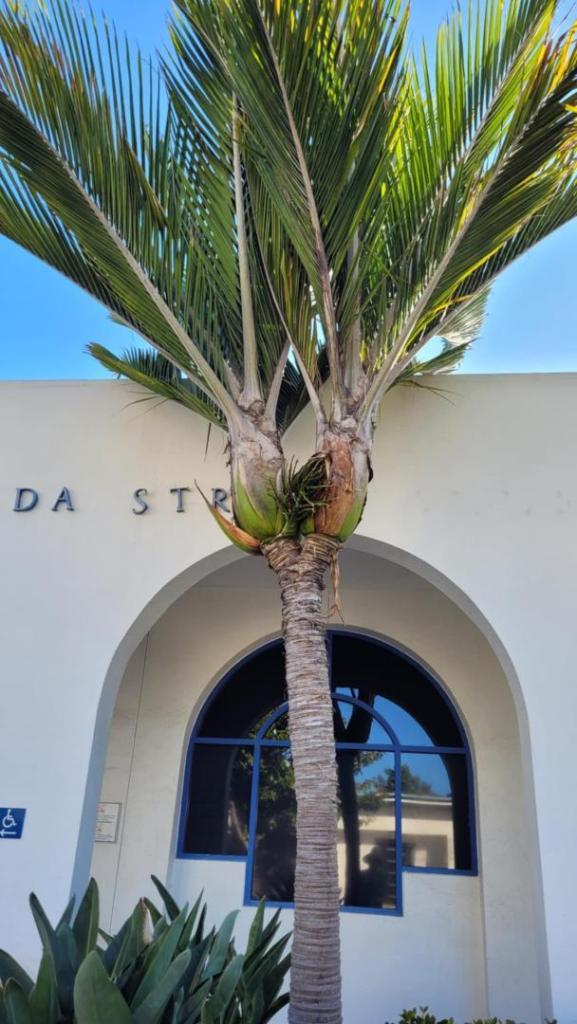
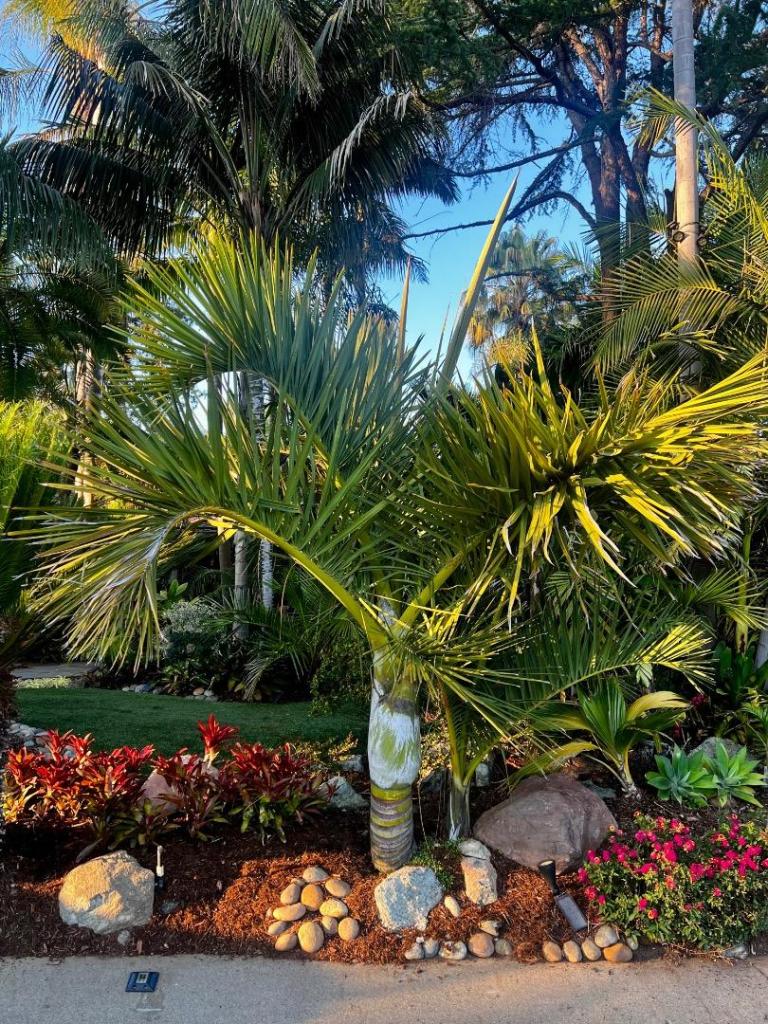

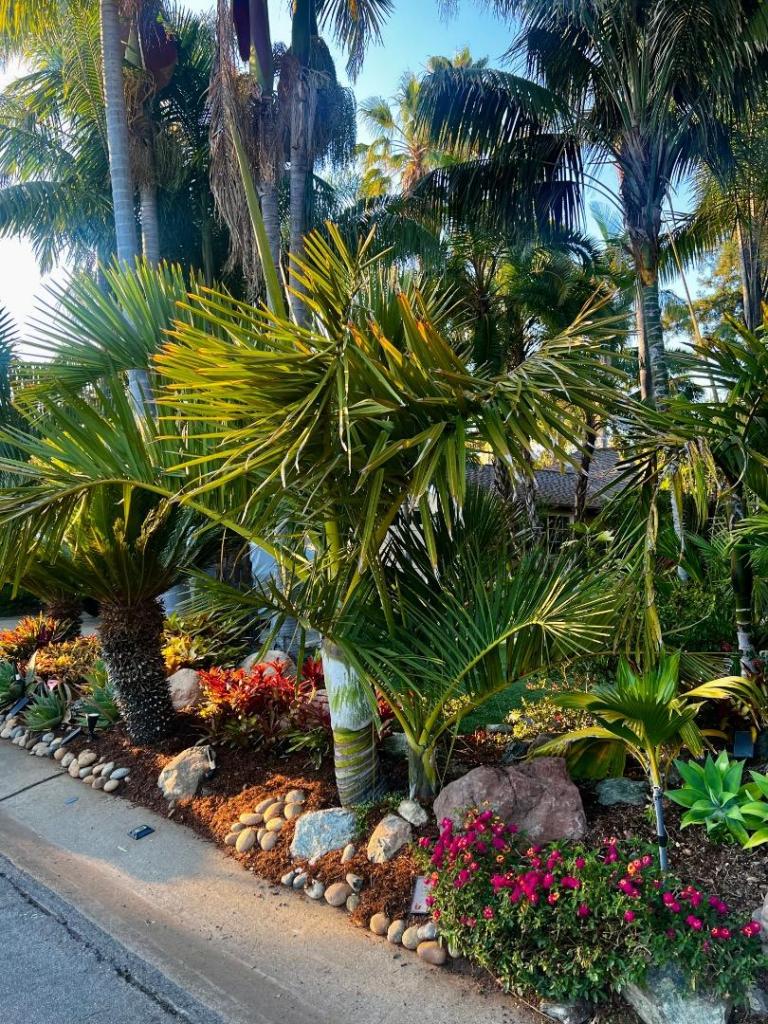
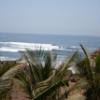
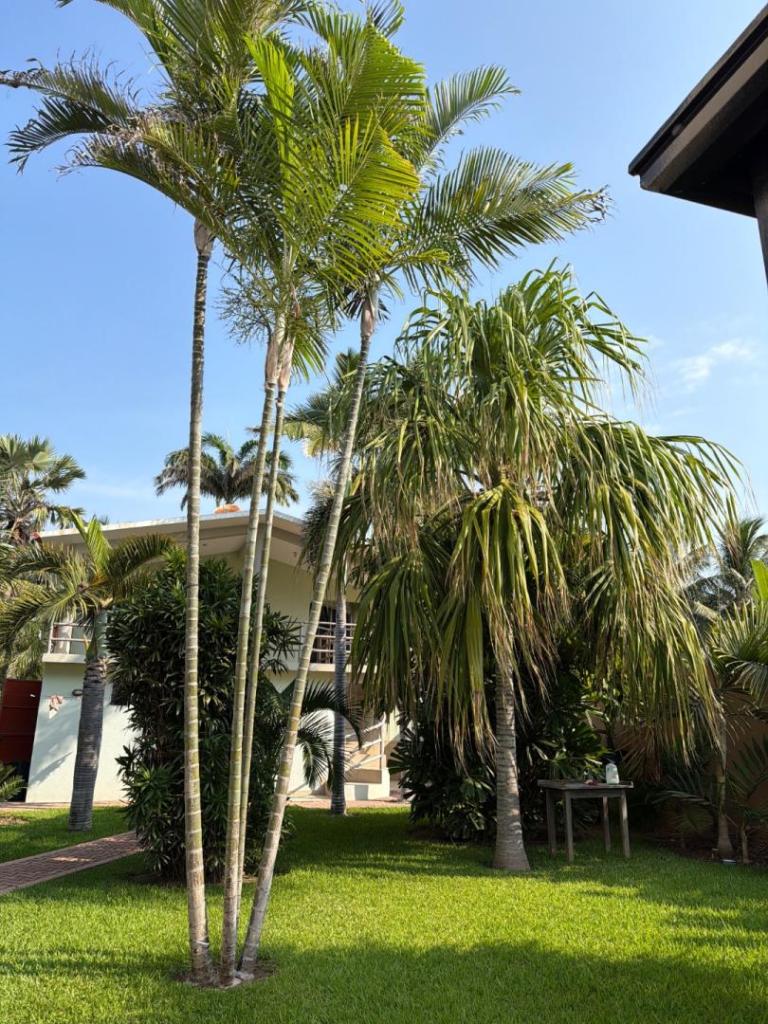






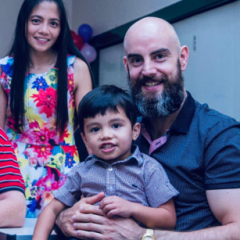



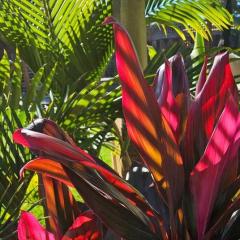


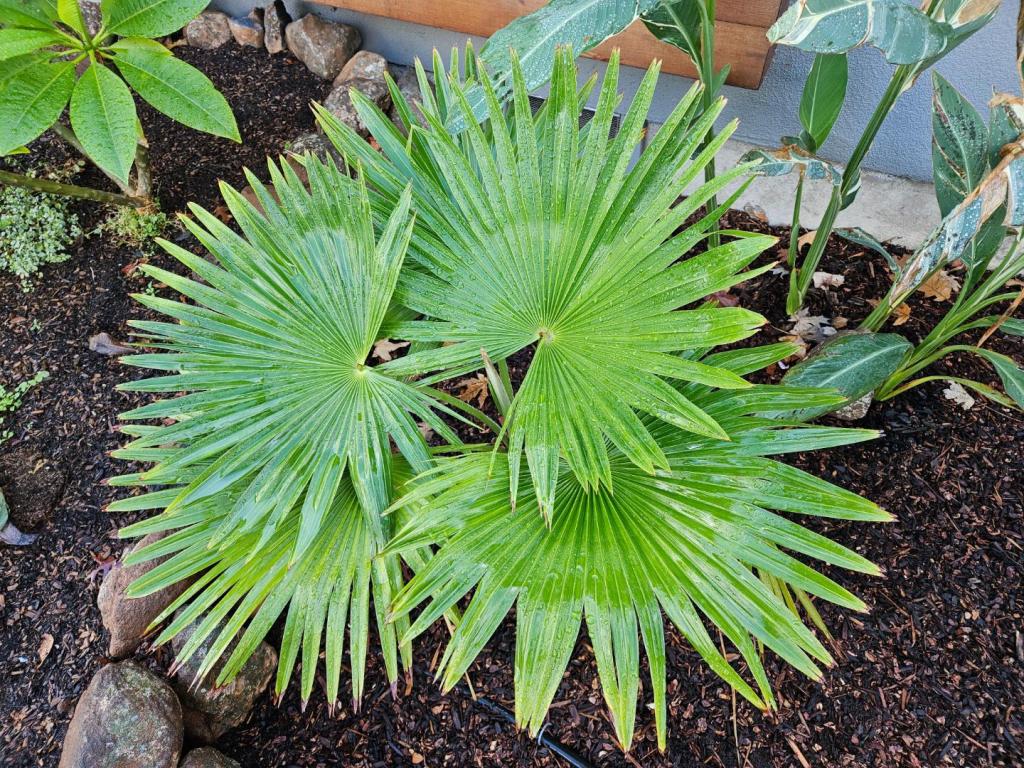








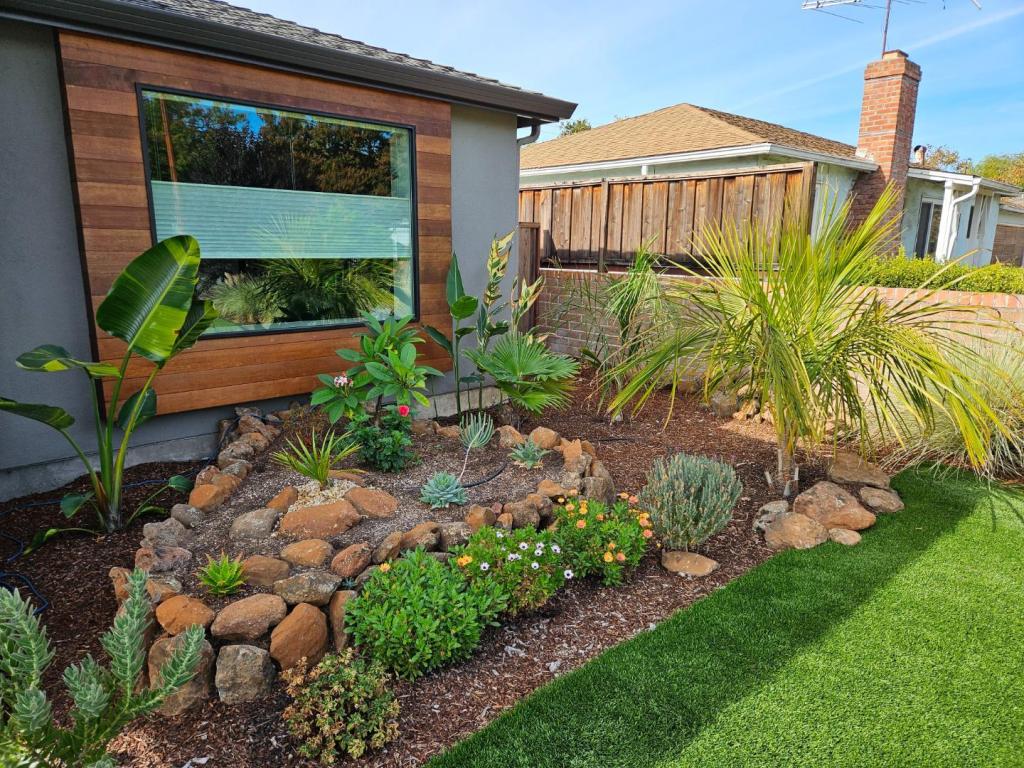





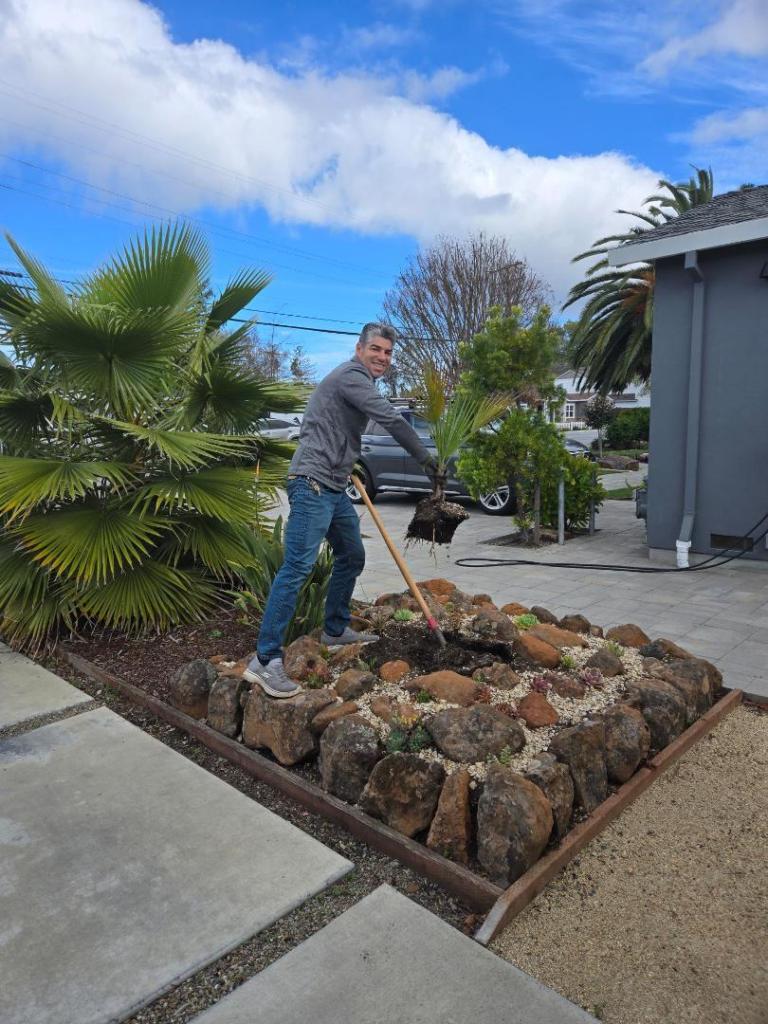

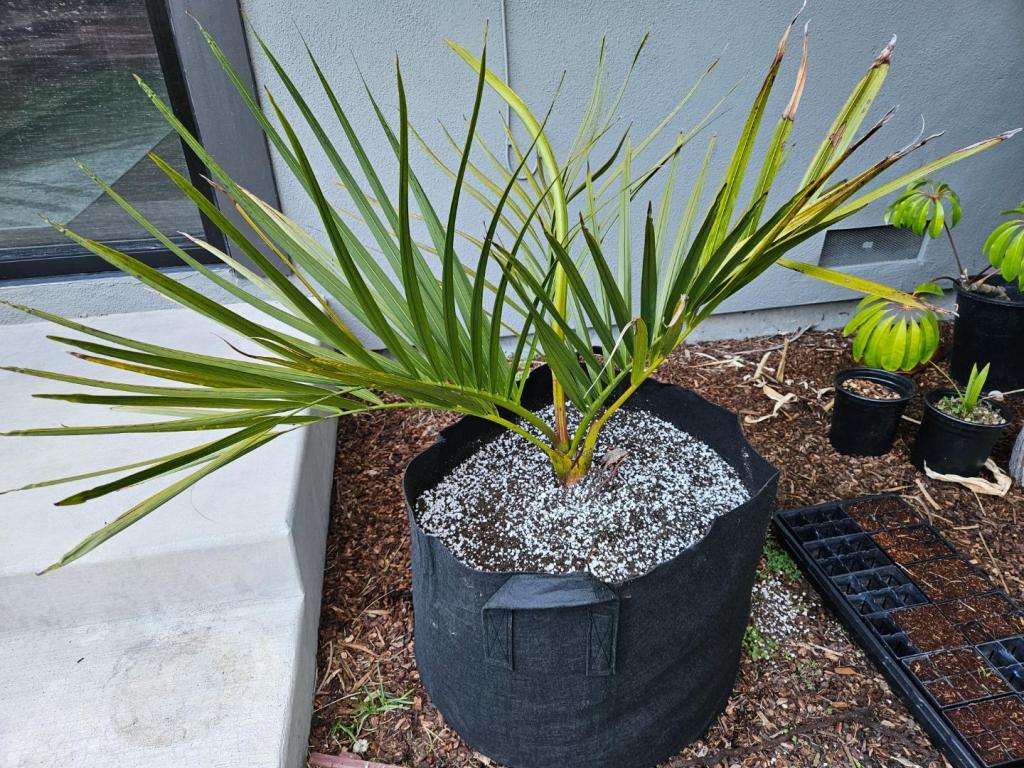
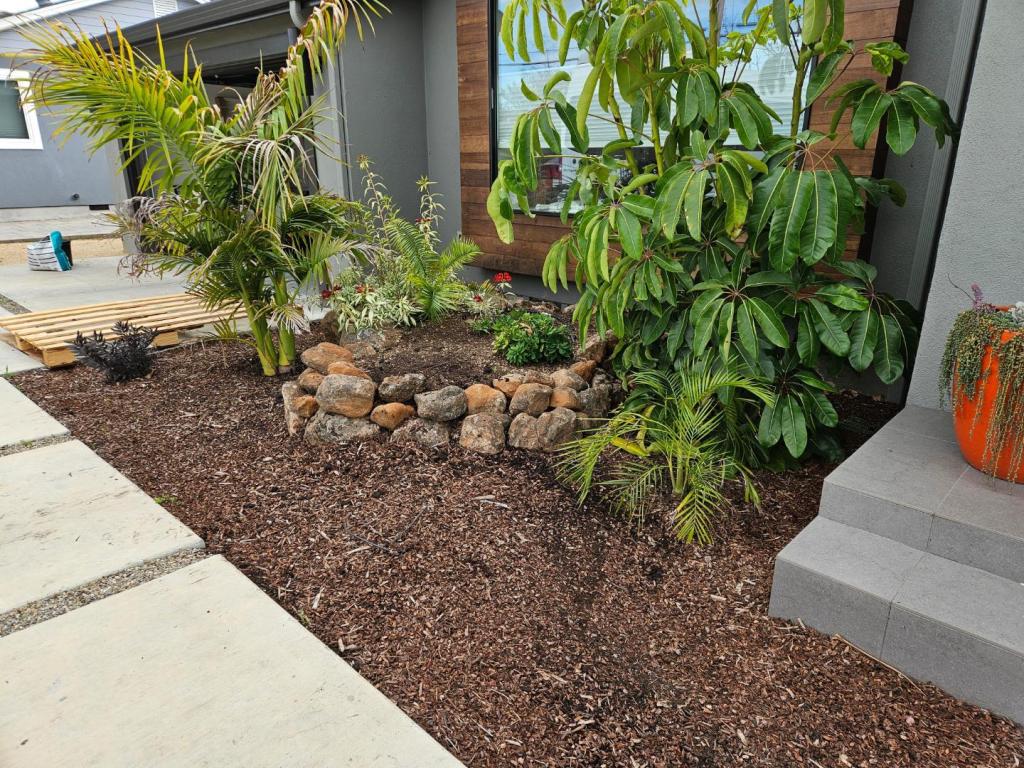

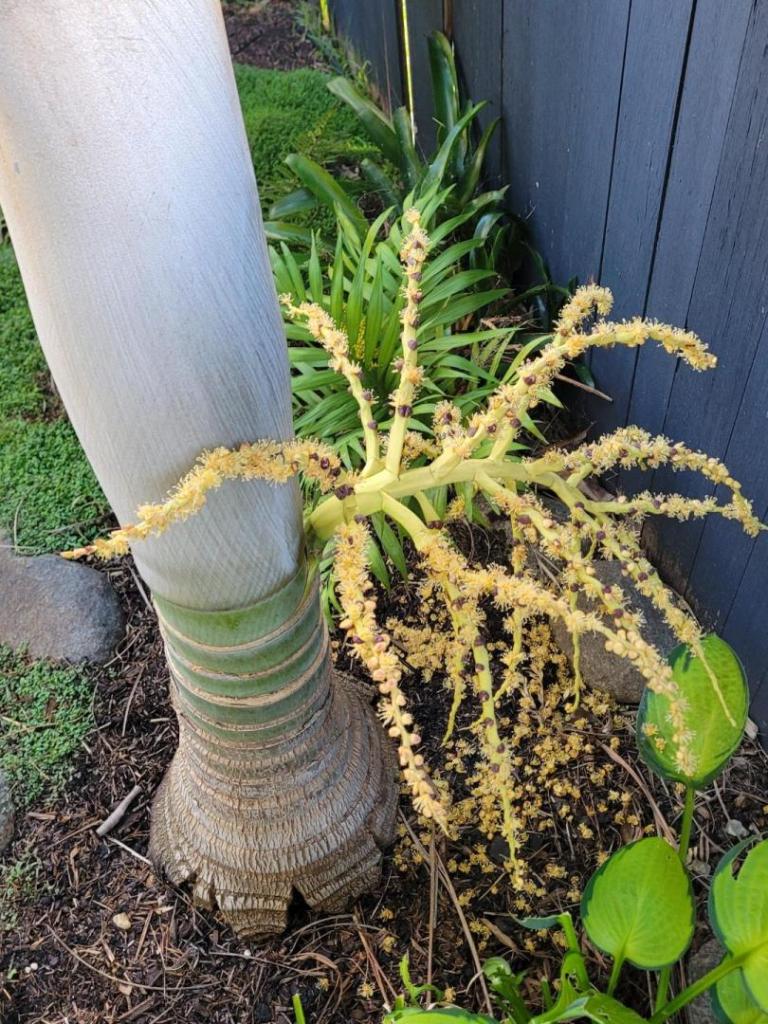


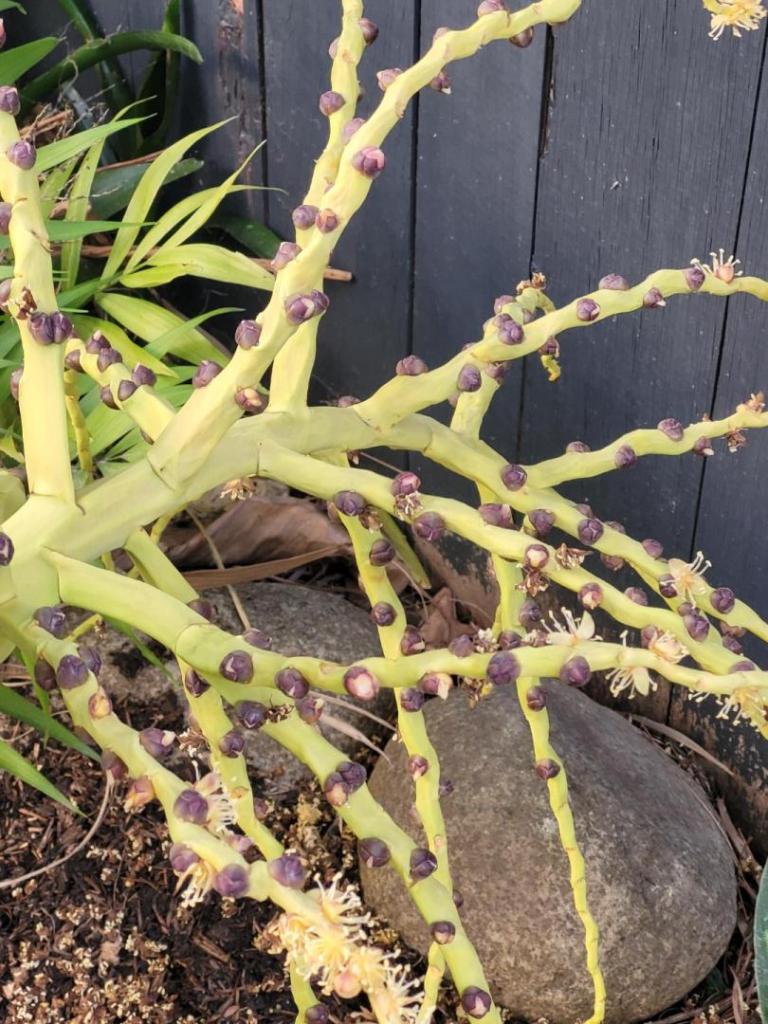



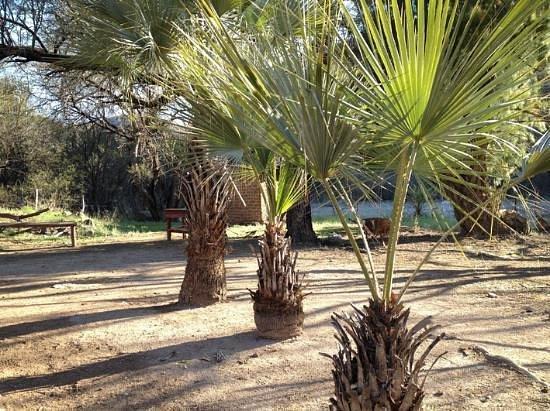
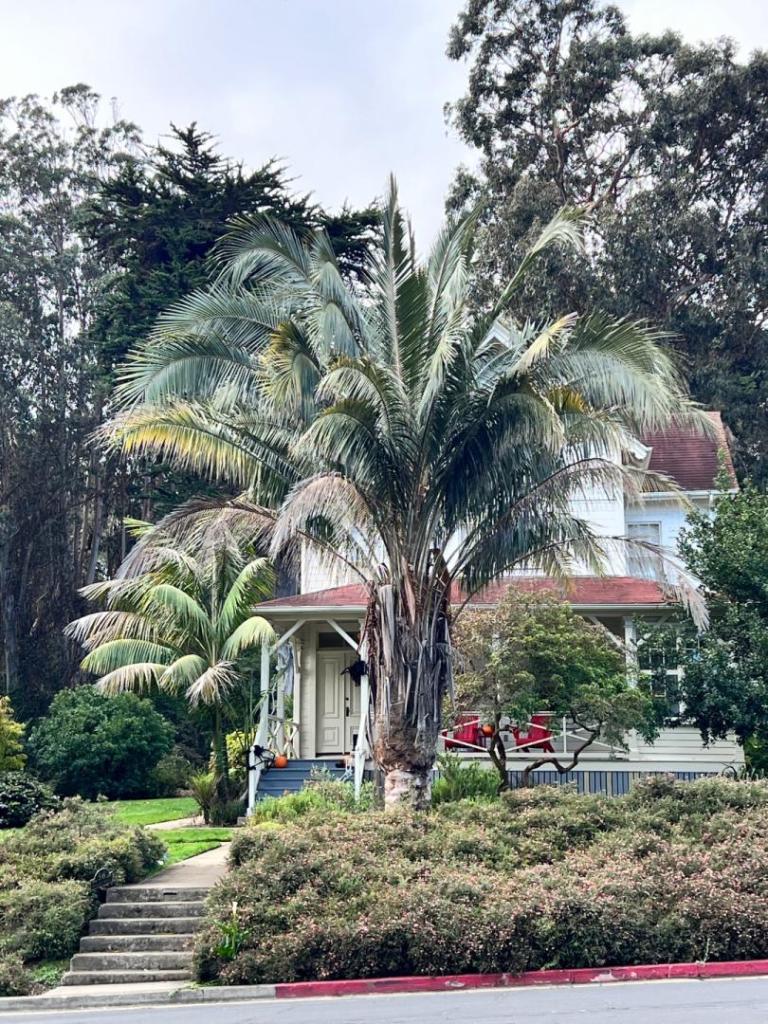

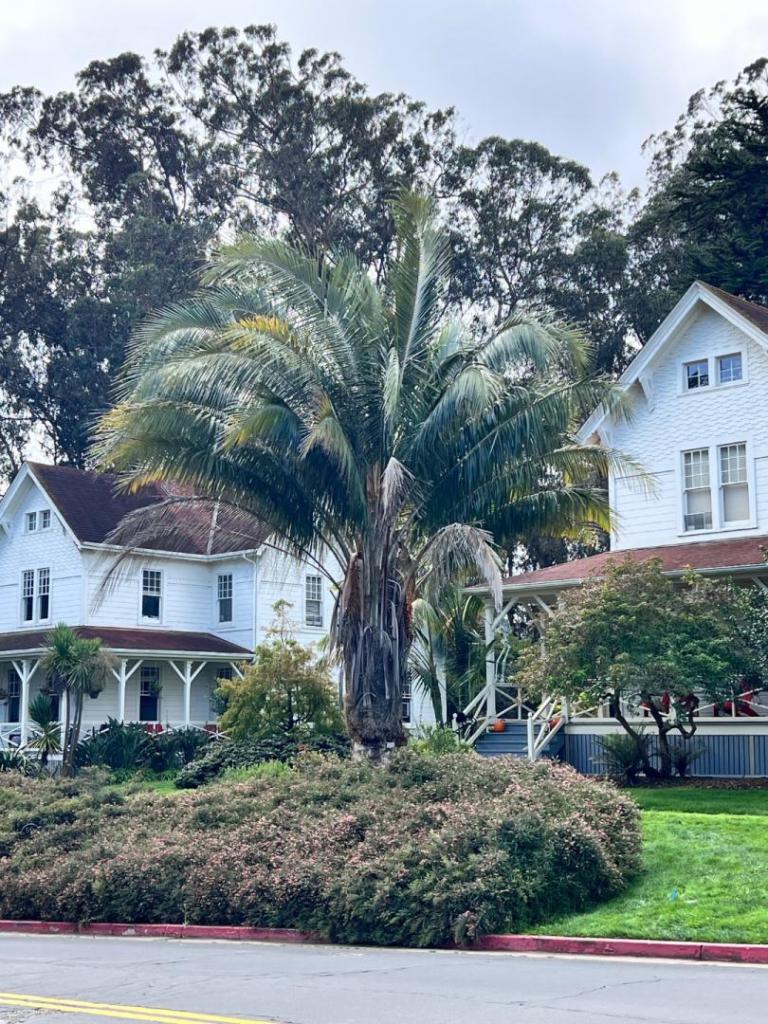








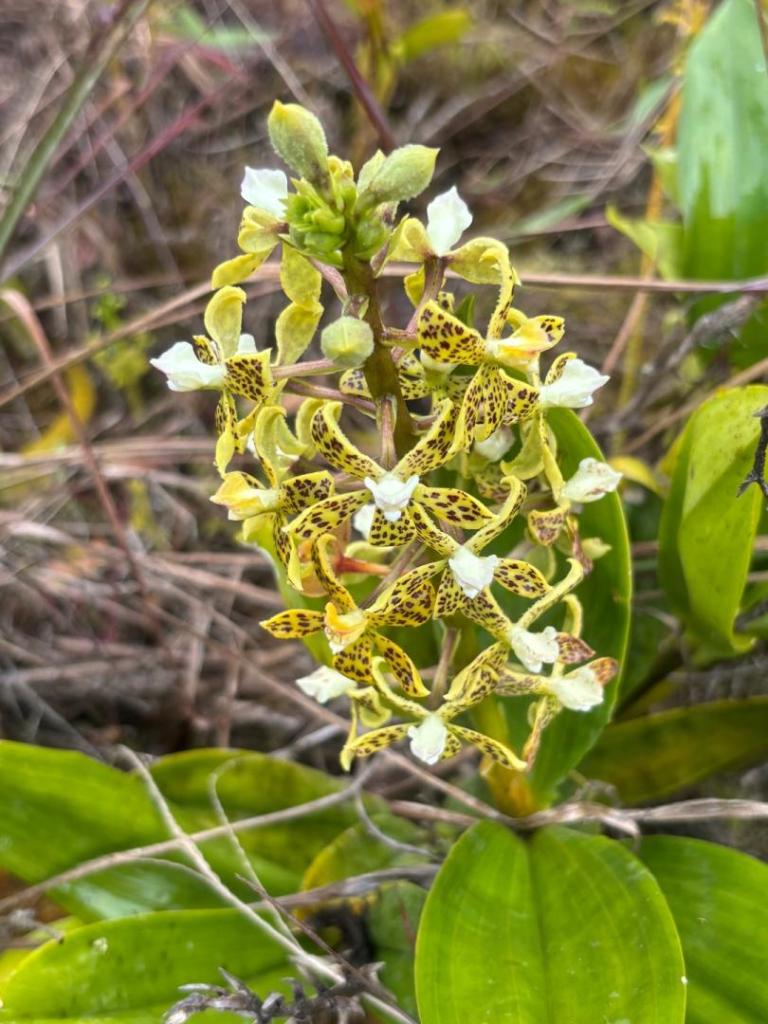
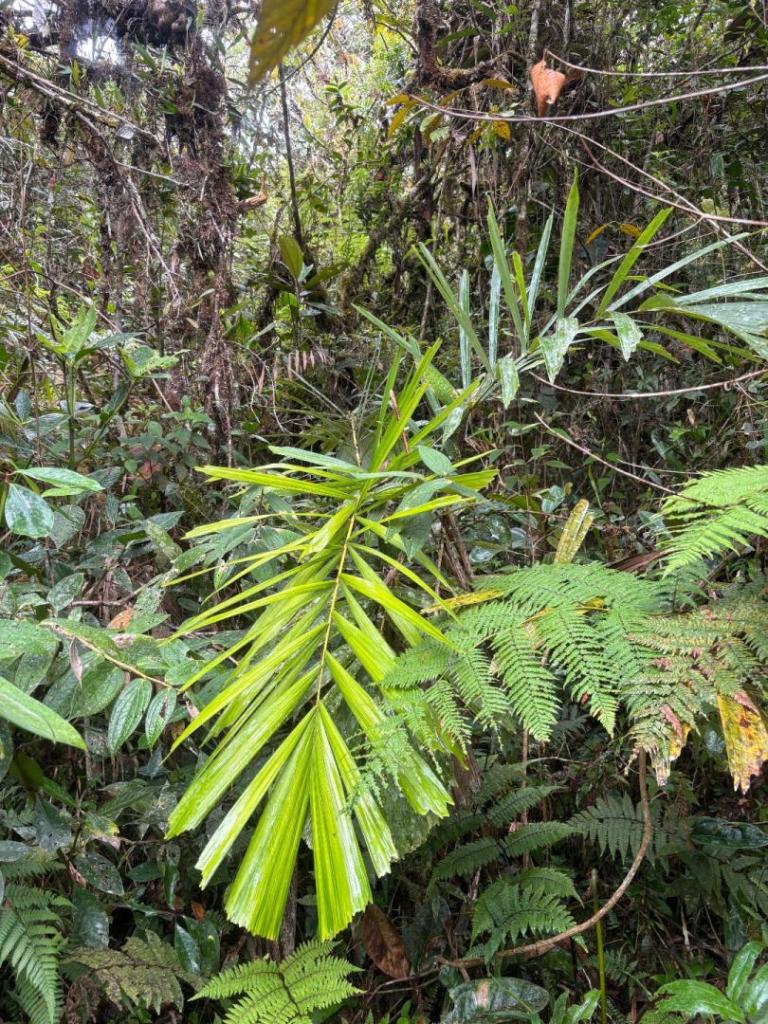
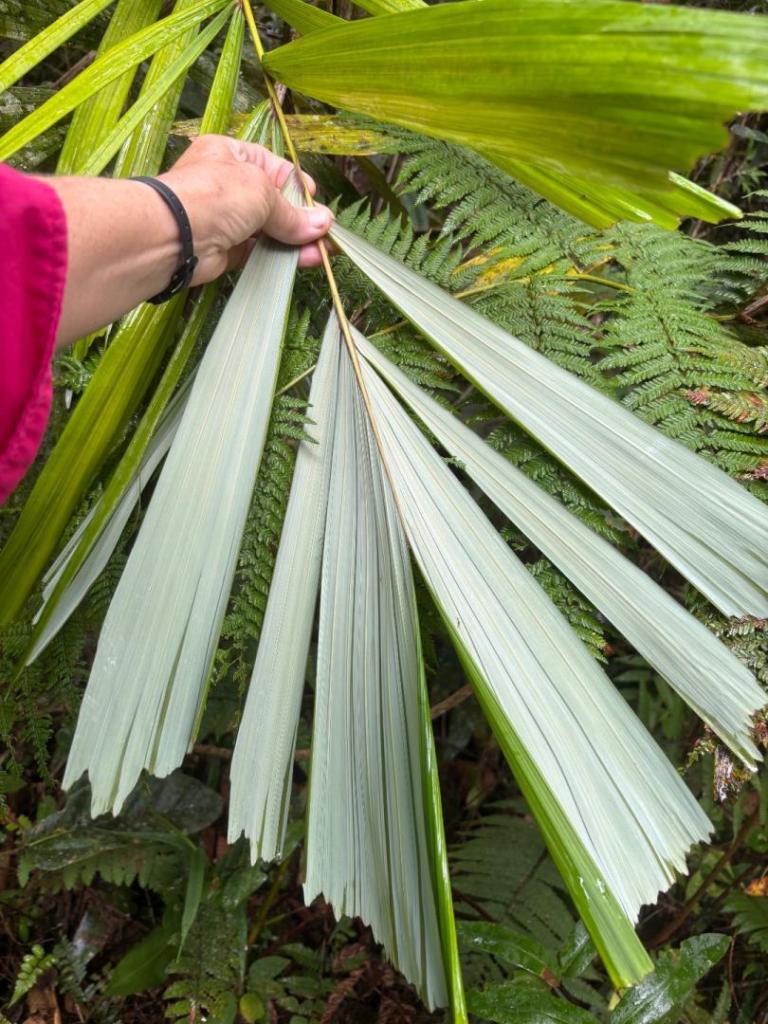
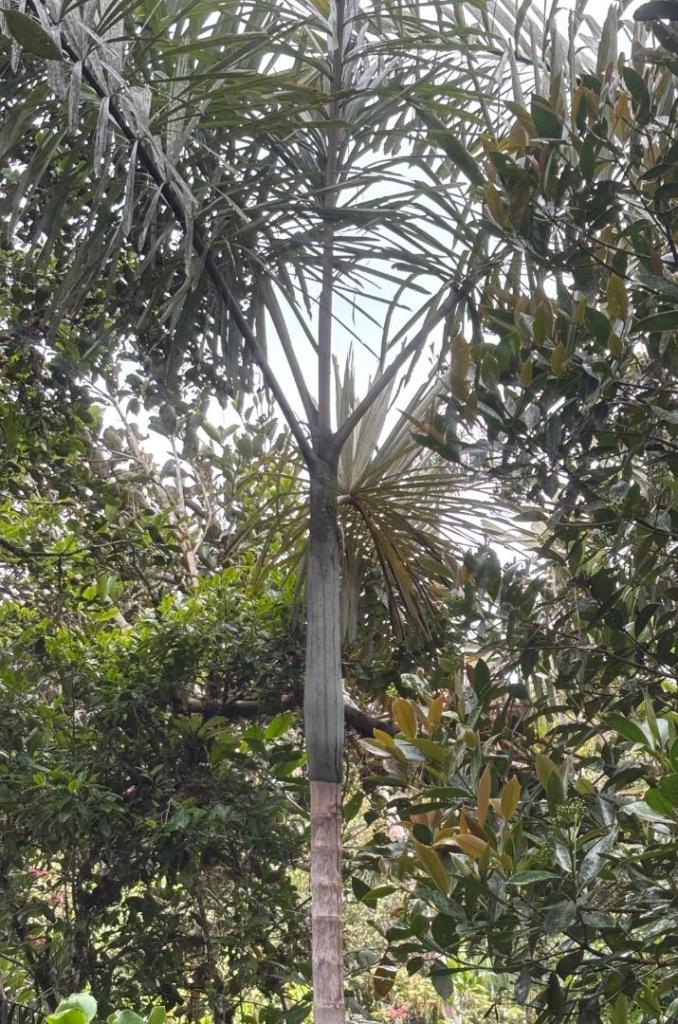
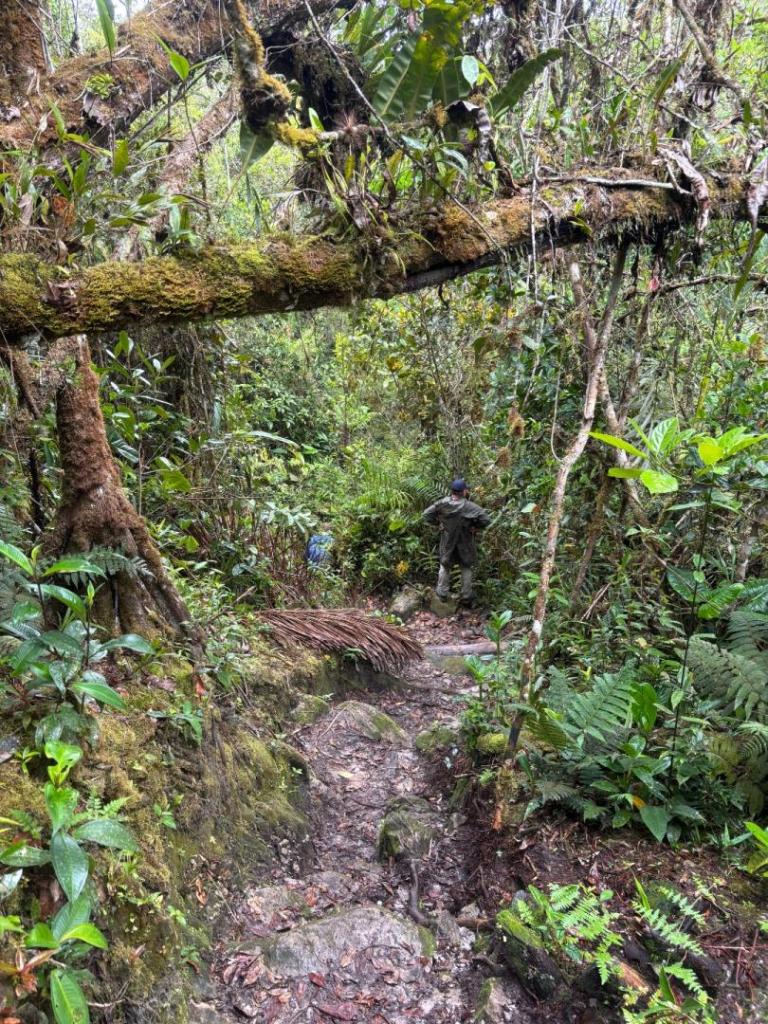
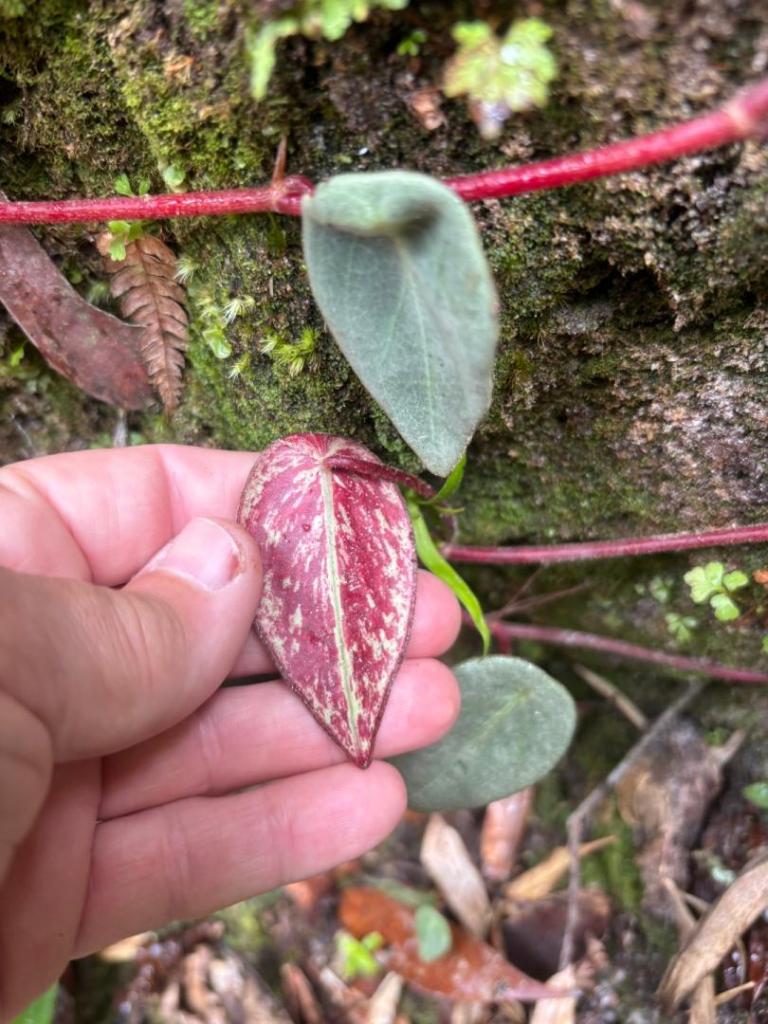
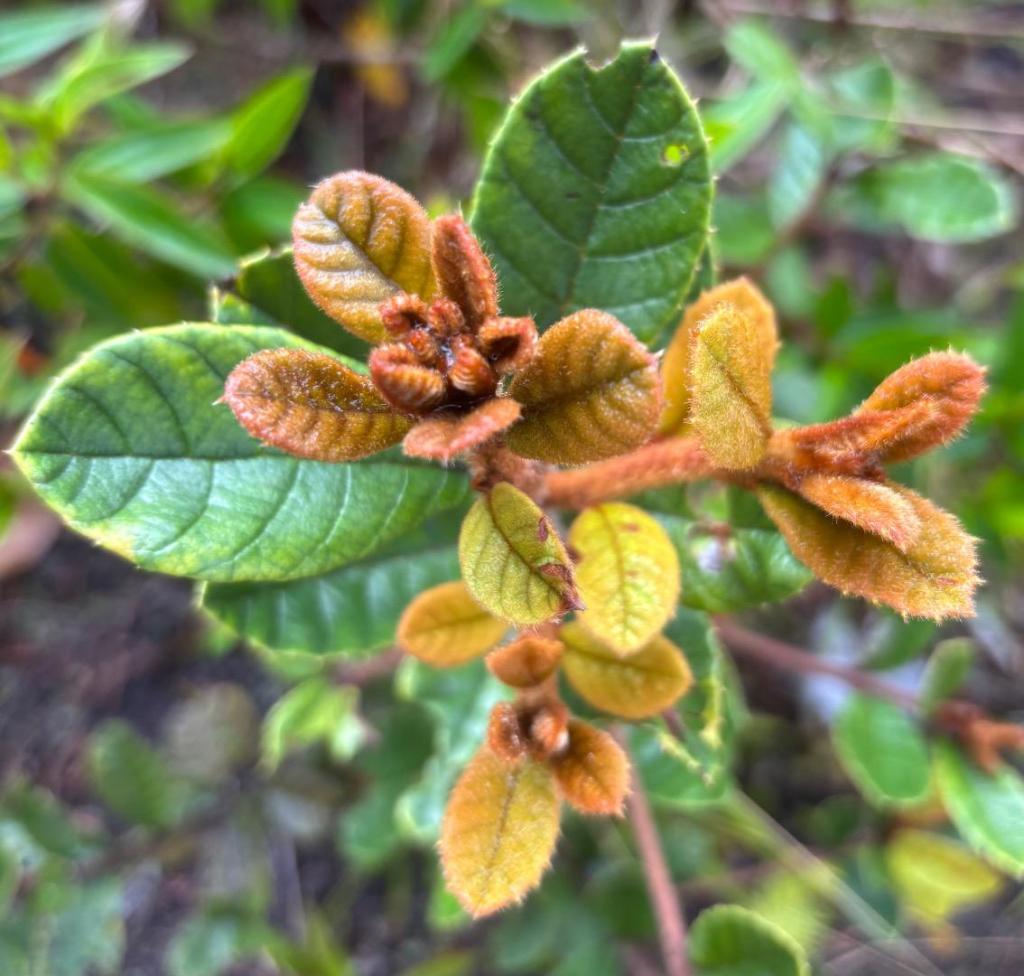
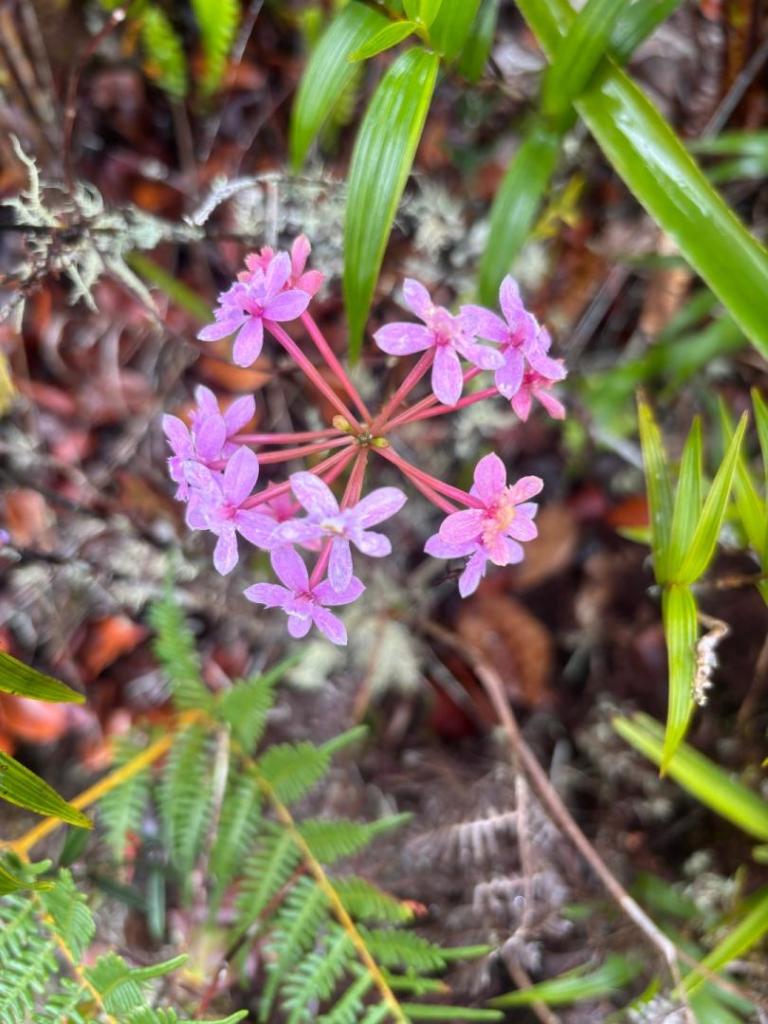
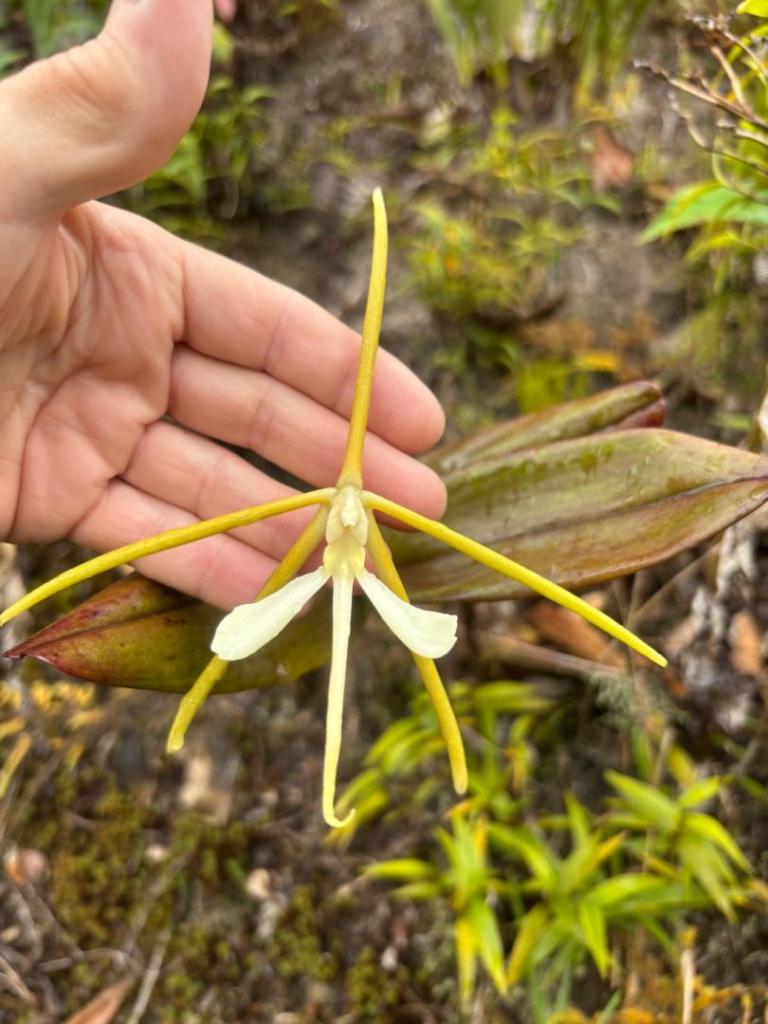
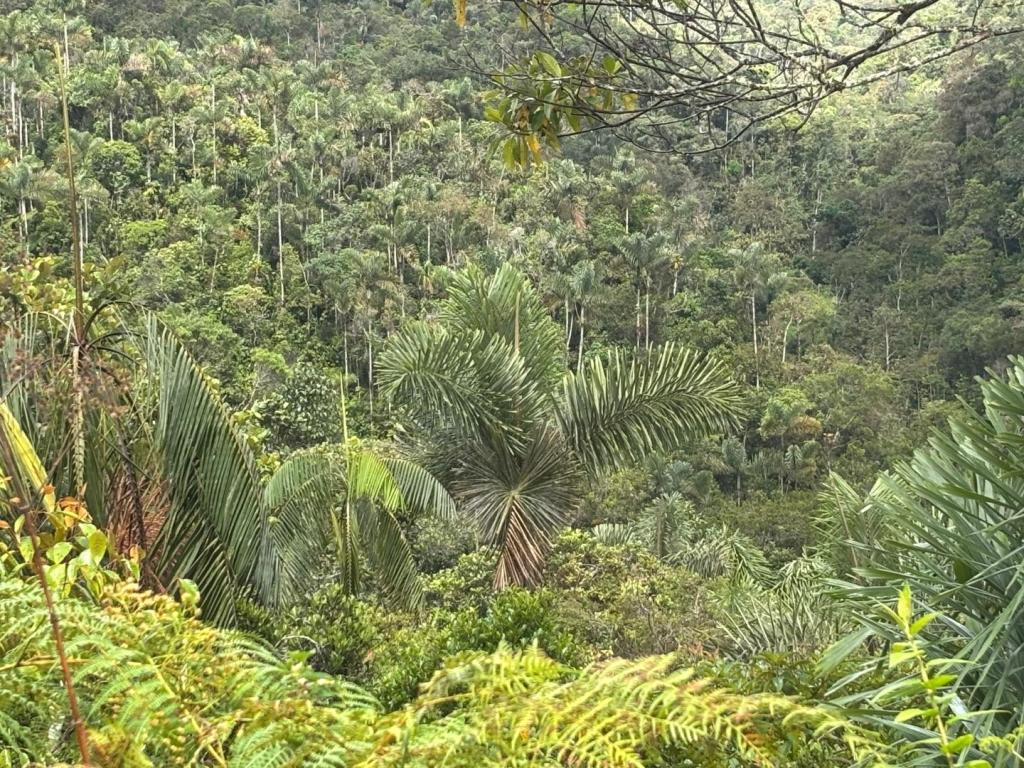

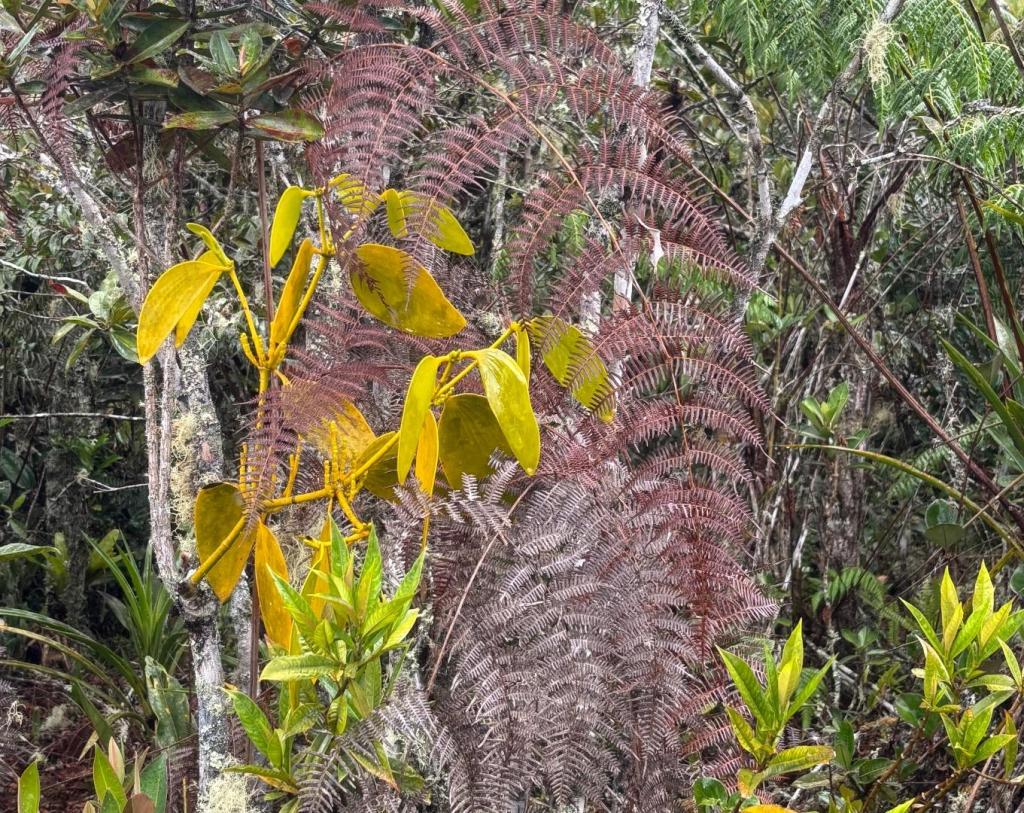


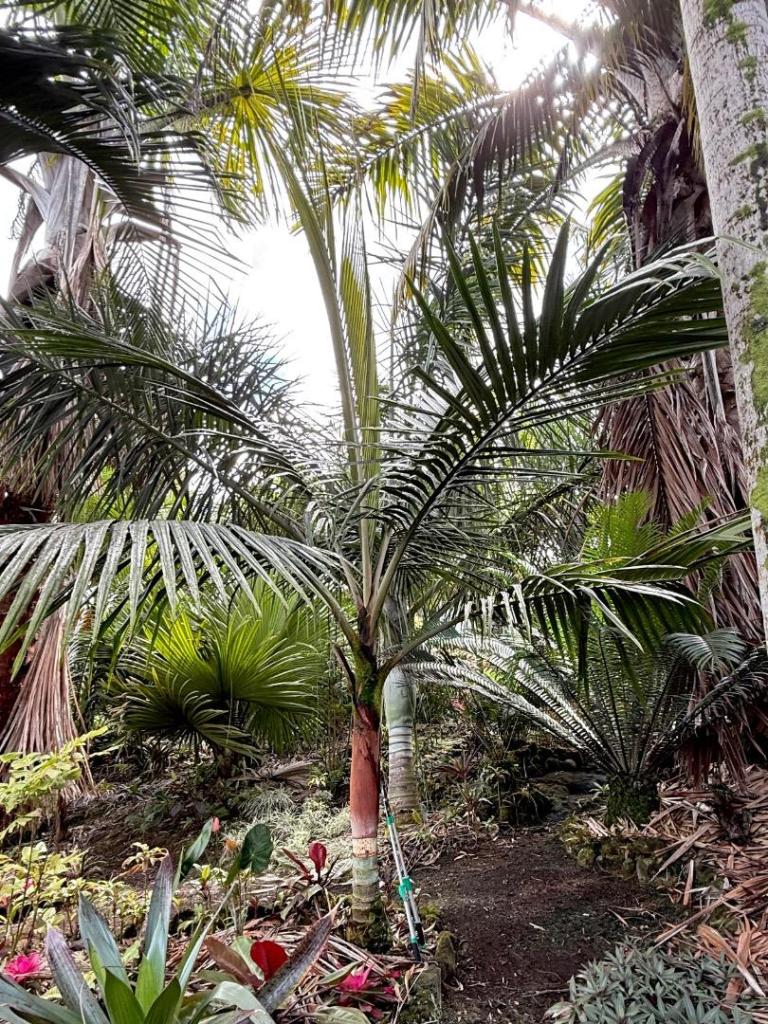
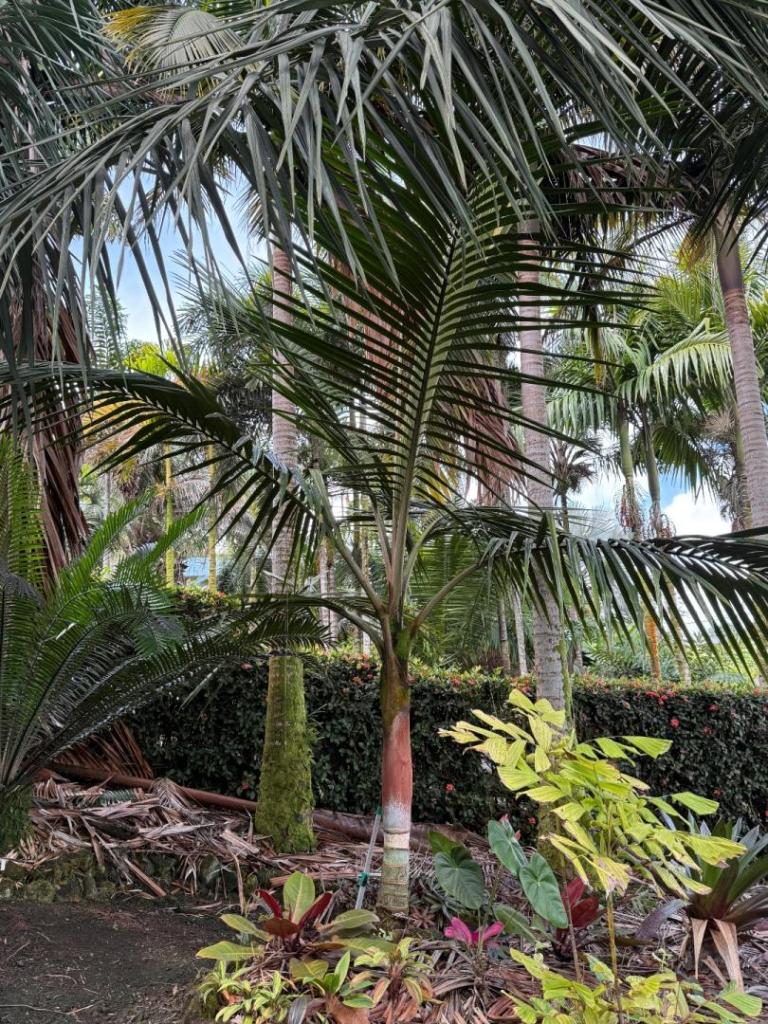



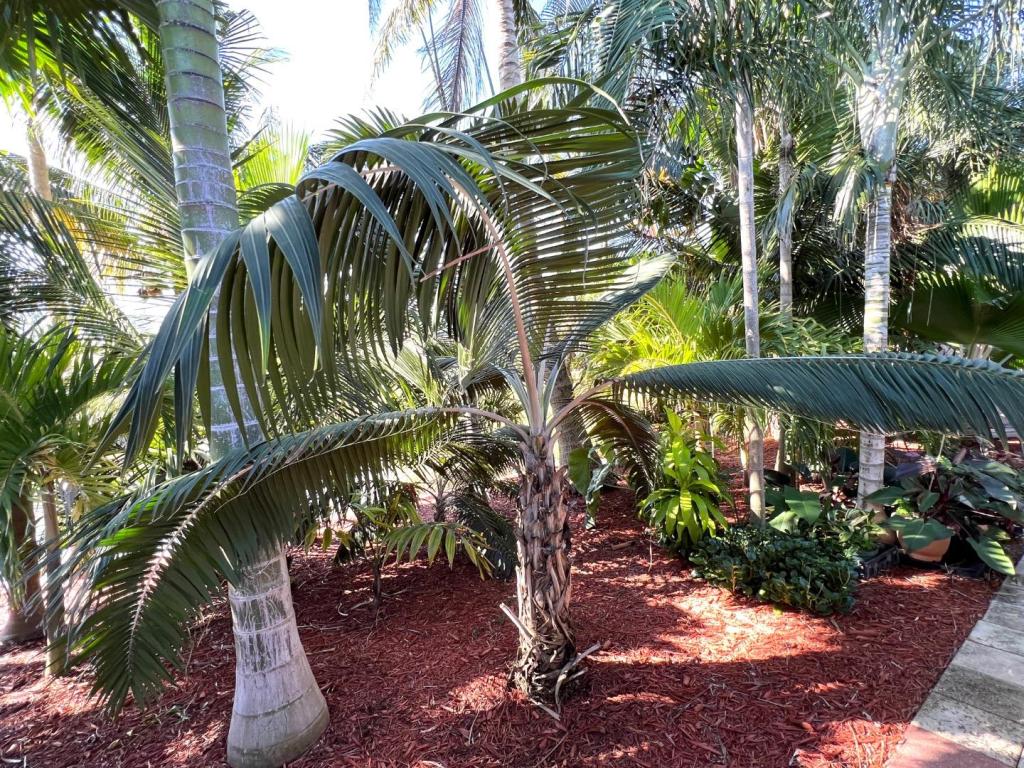



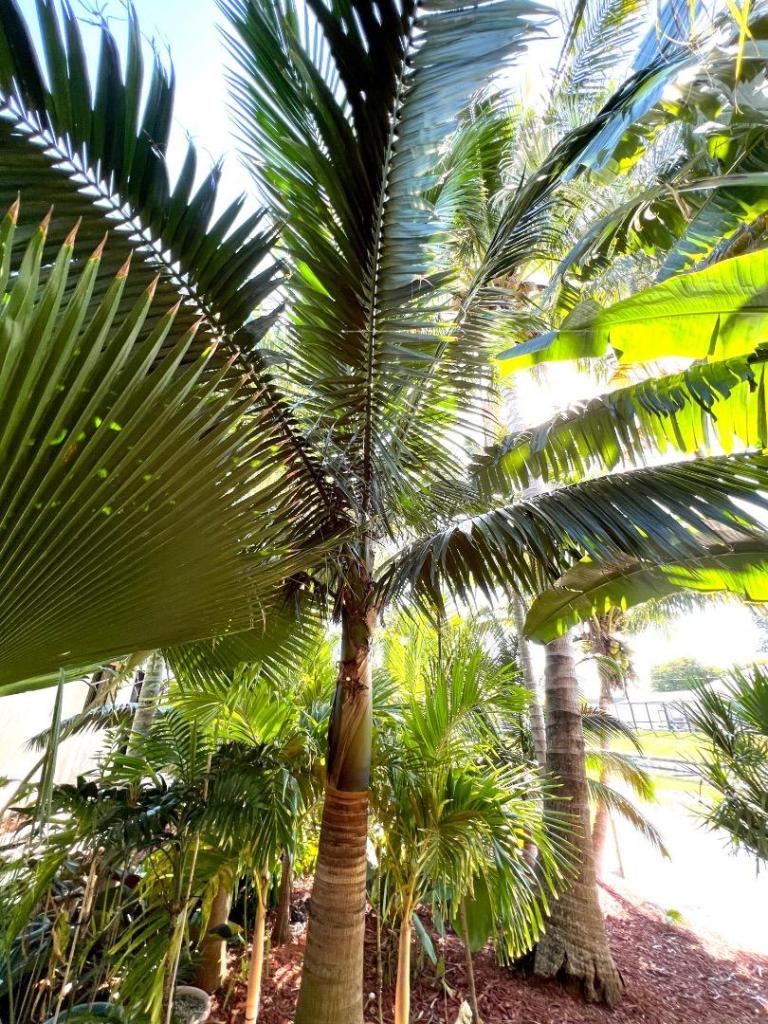
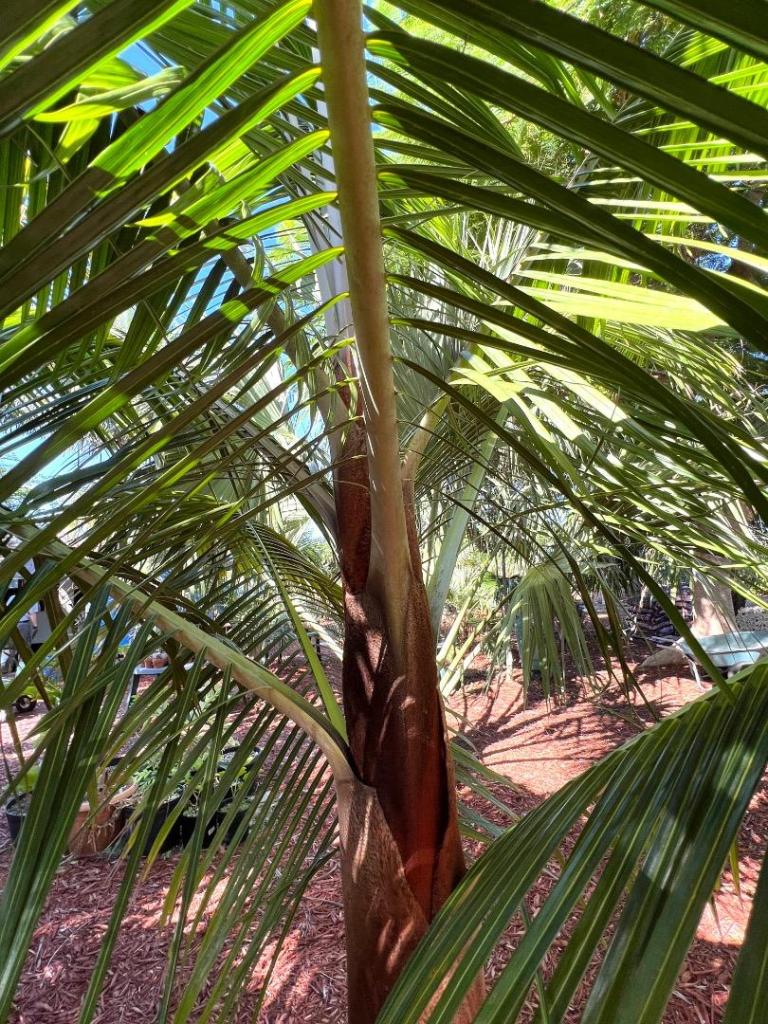








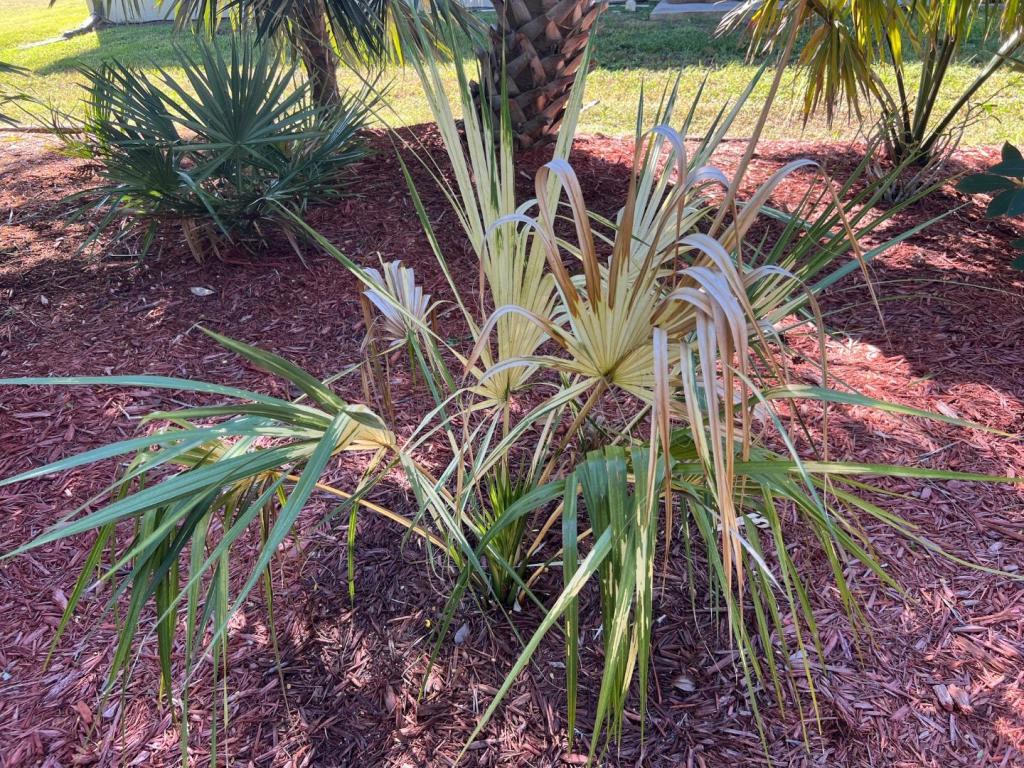
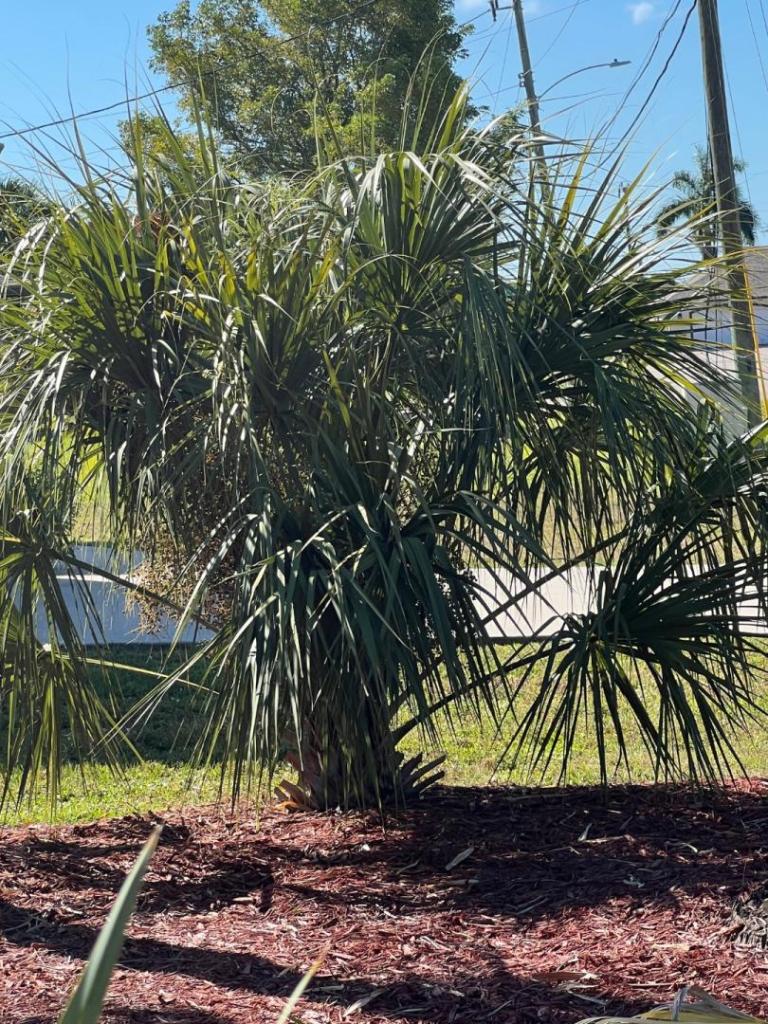





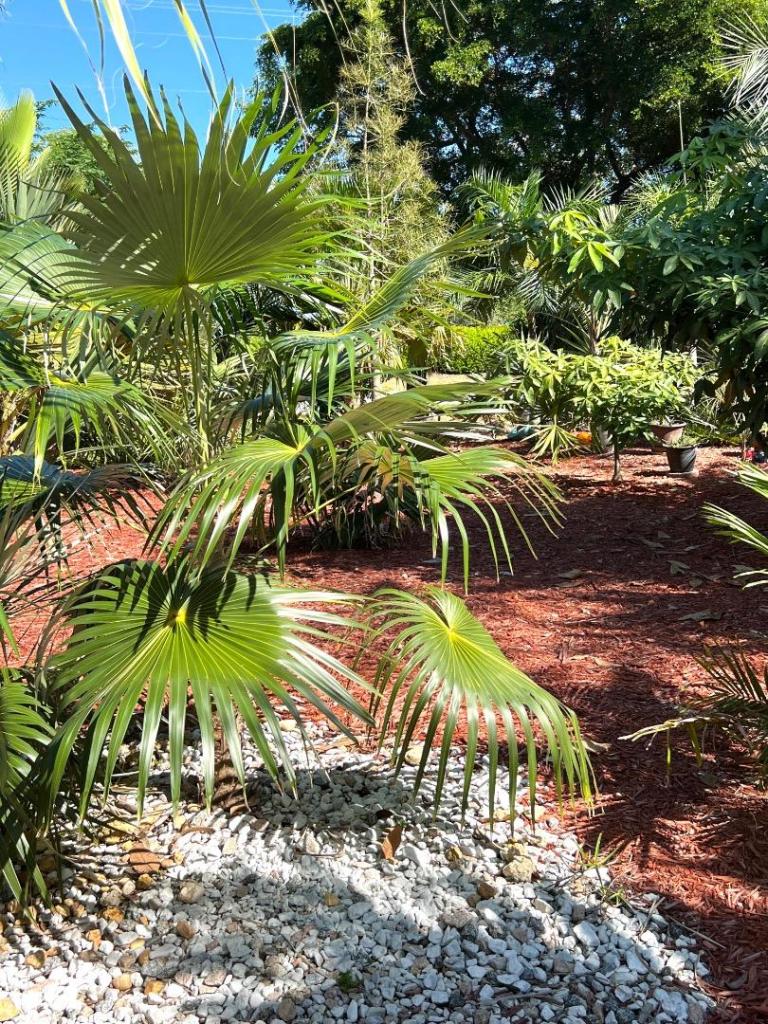


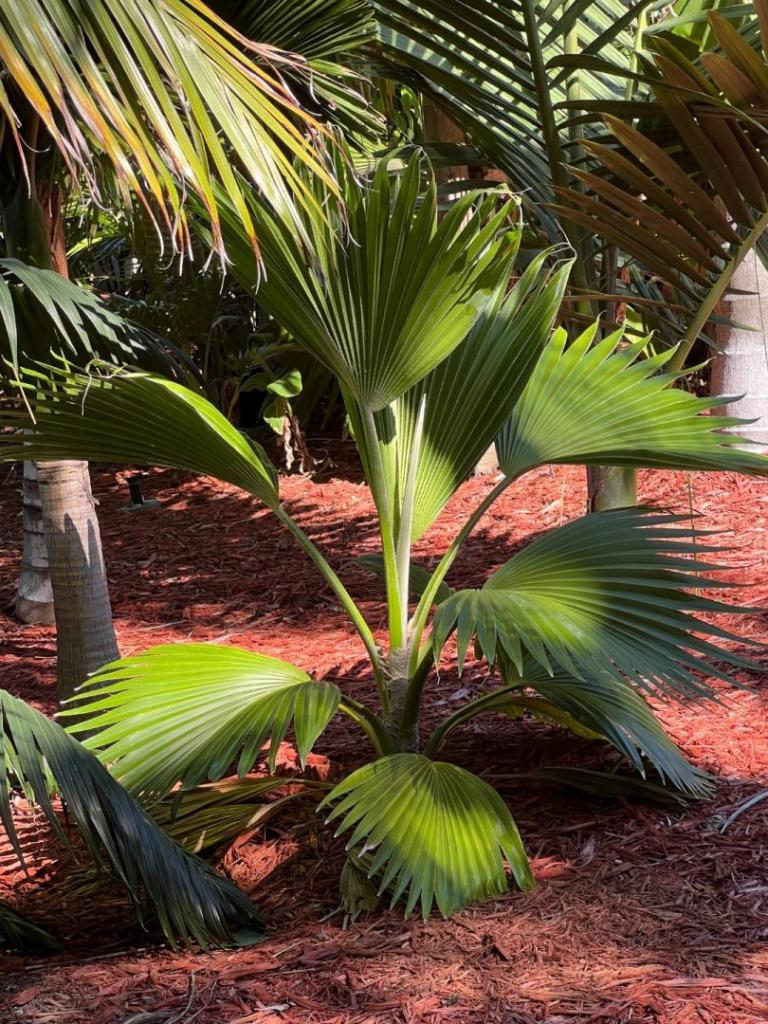



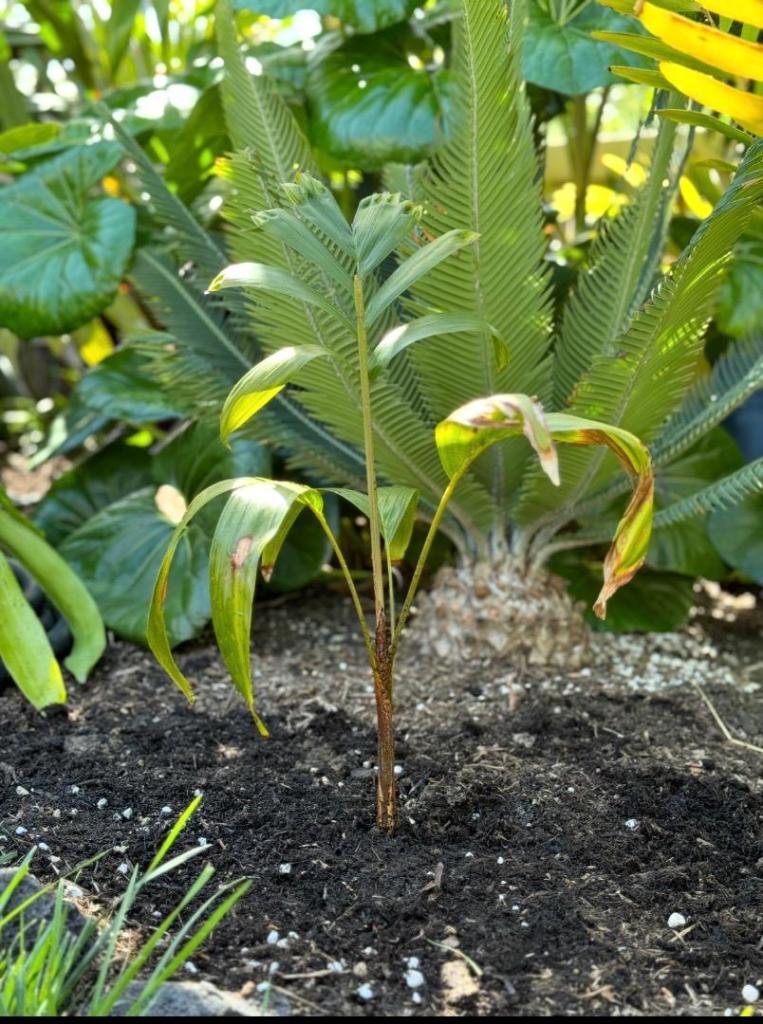
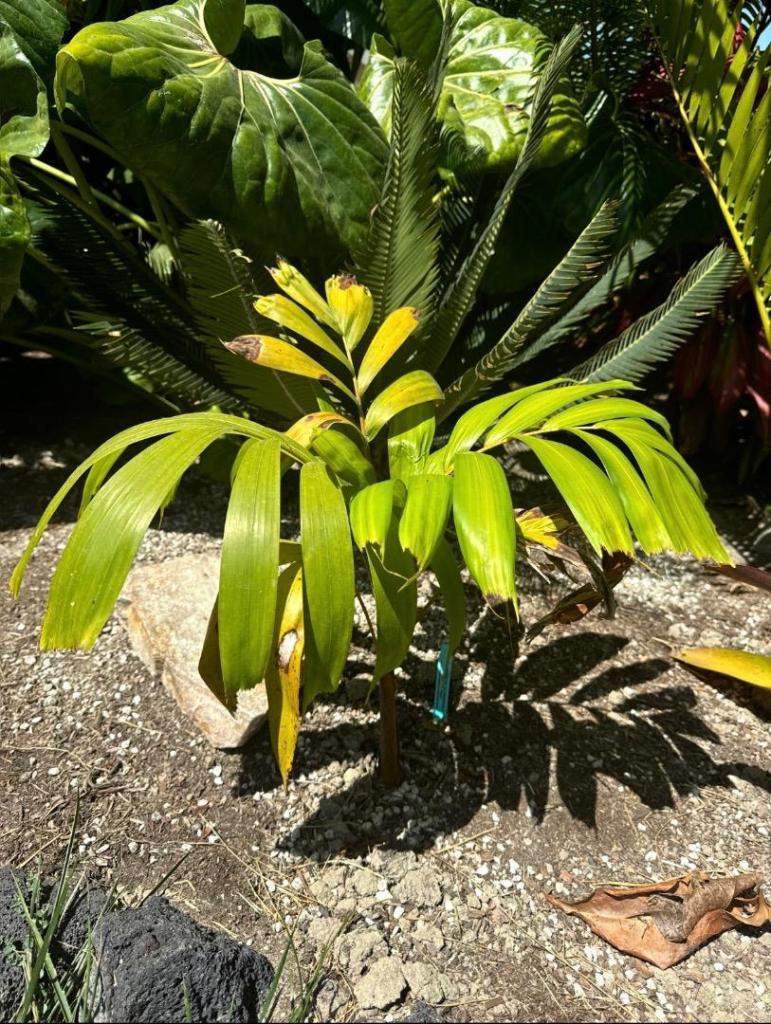

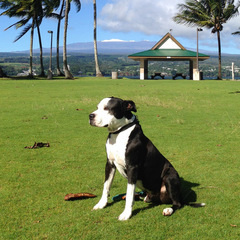
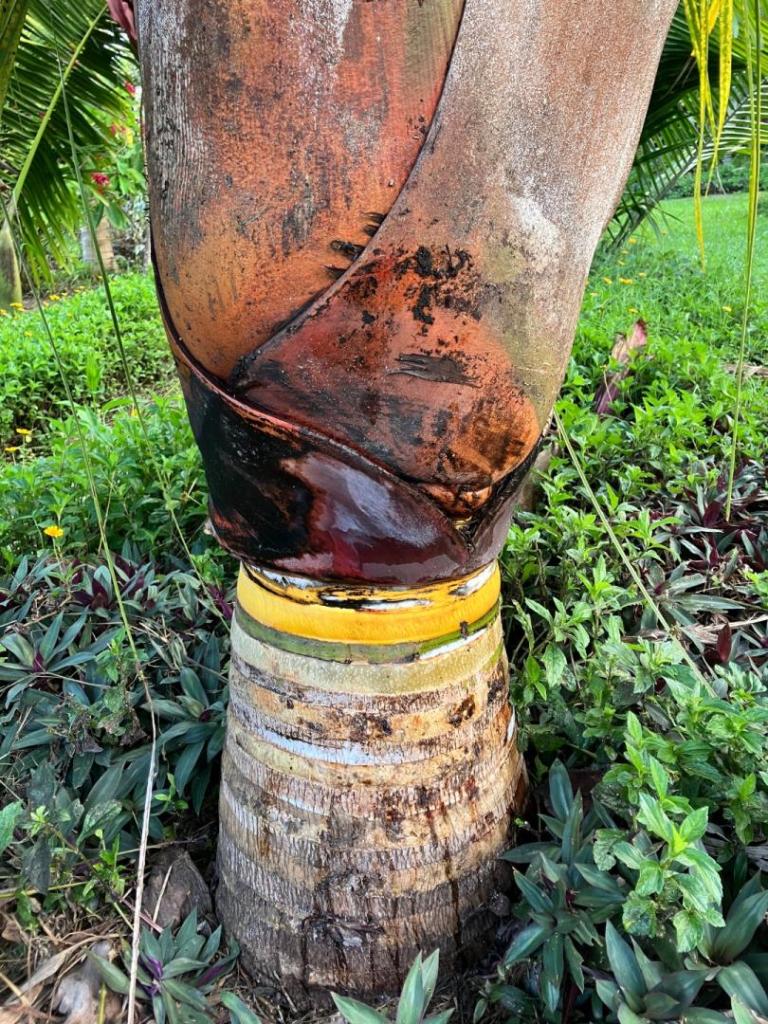

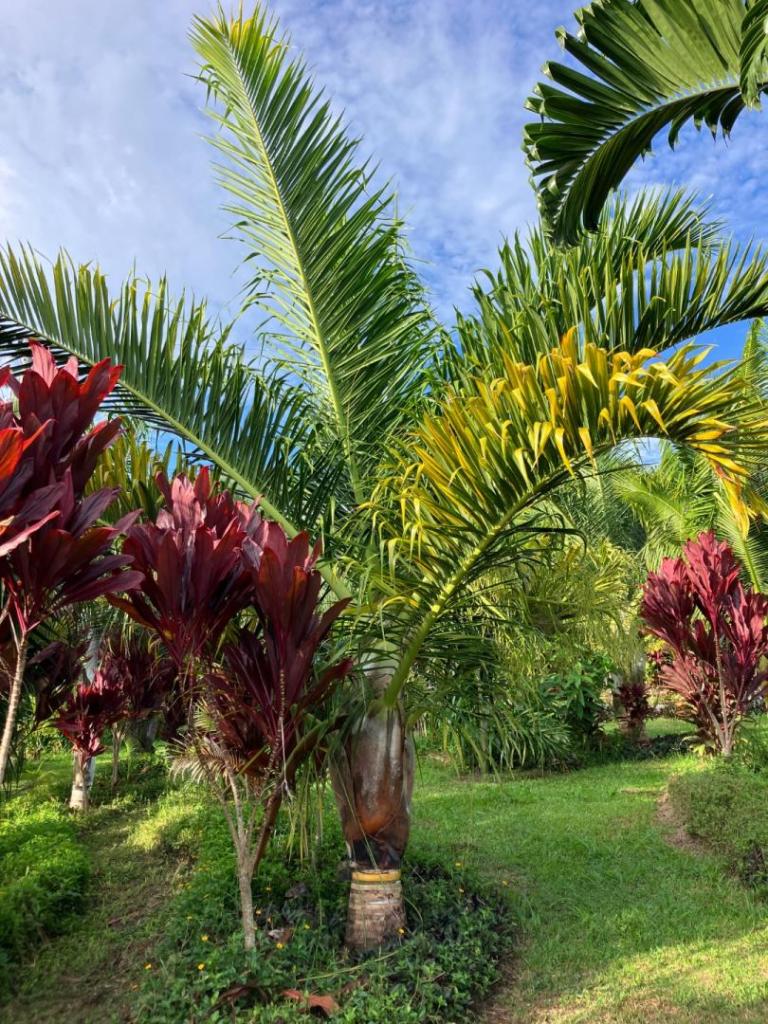















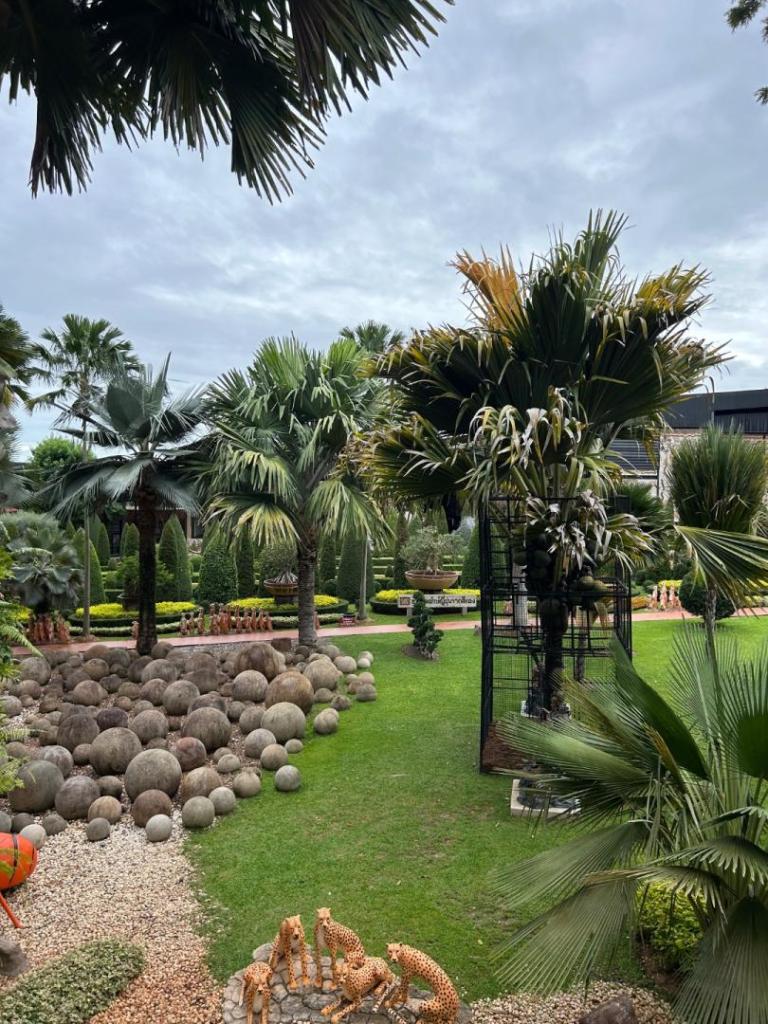



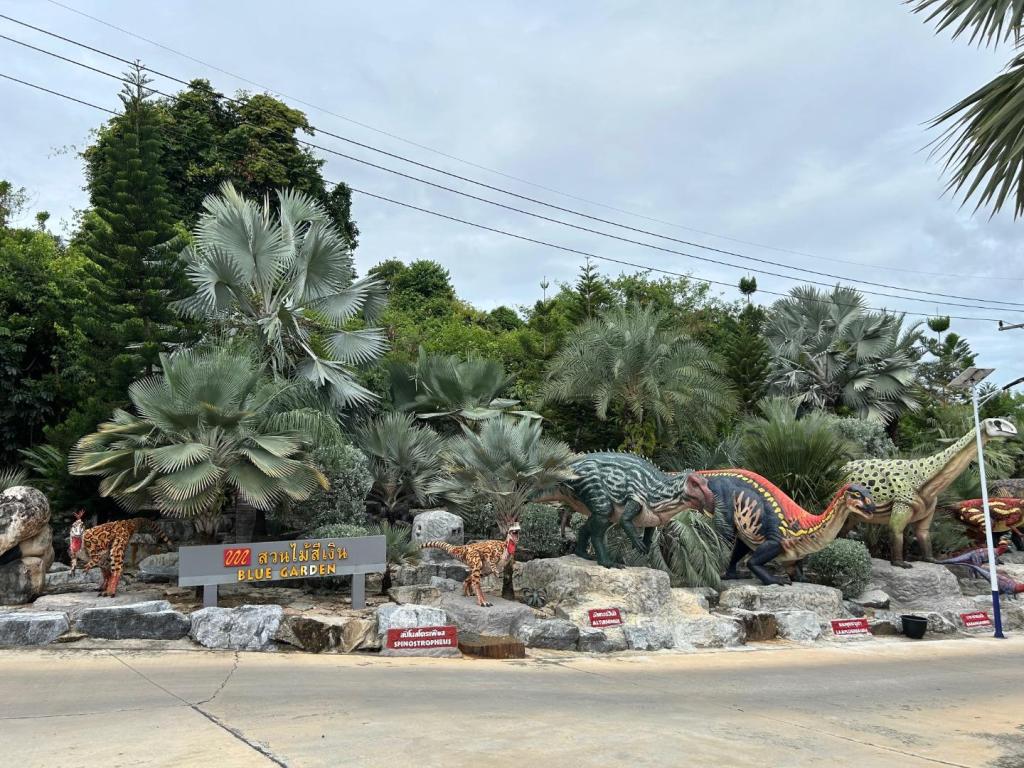









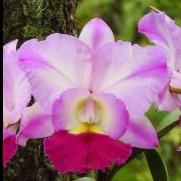
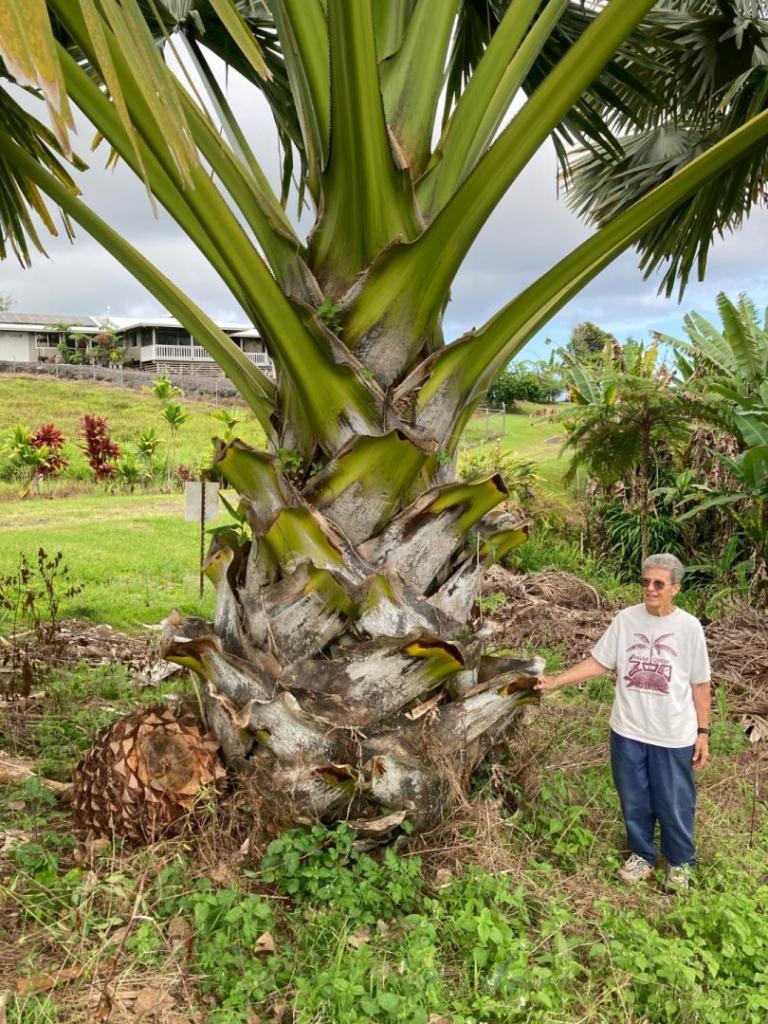

.jpg.0cf735c7525858af1582442942bc68e8.thumb.jpg.894f59a749fff01eb286c1fe4a50ab62.jpg)
